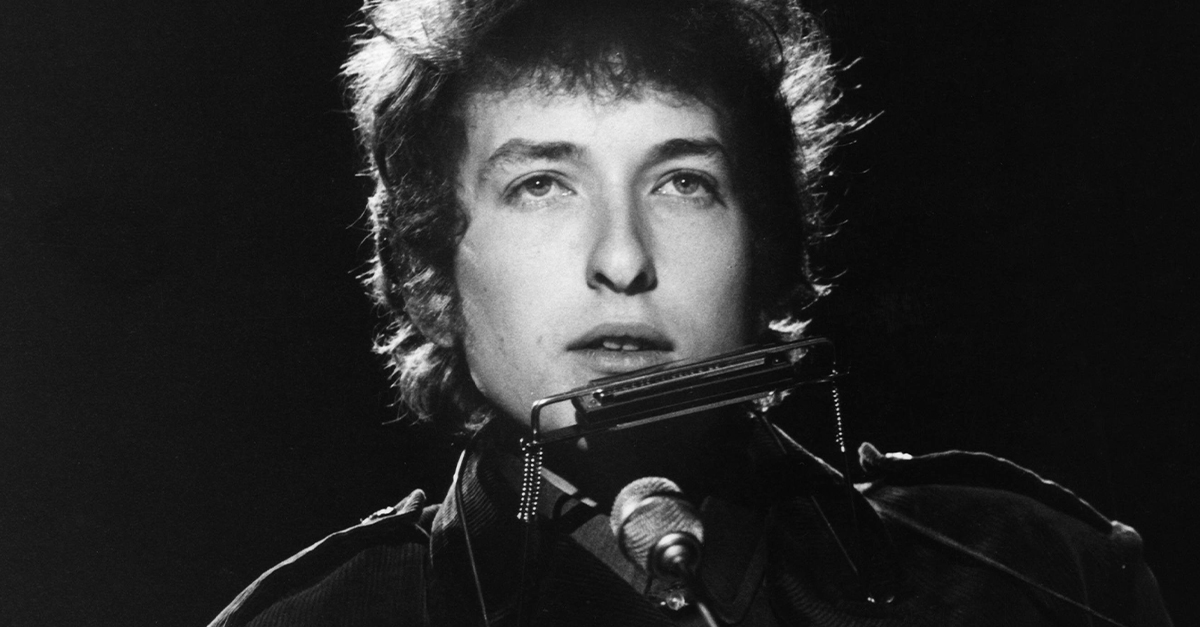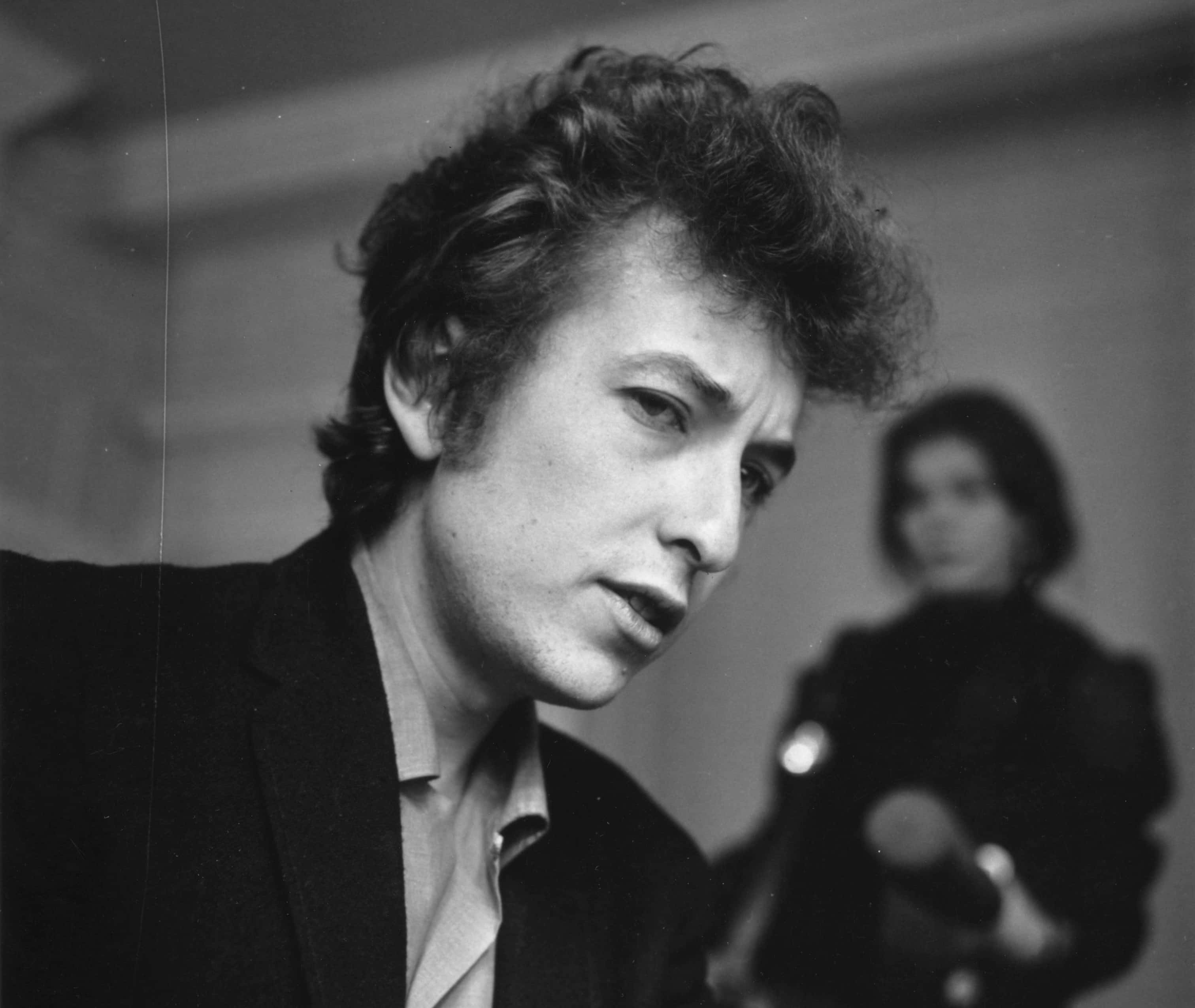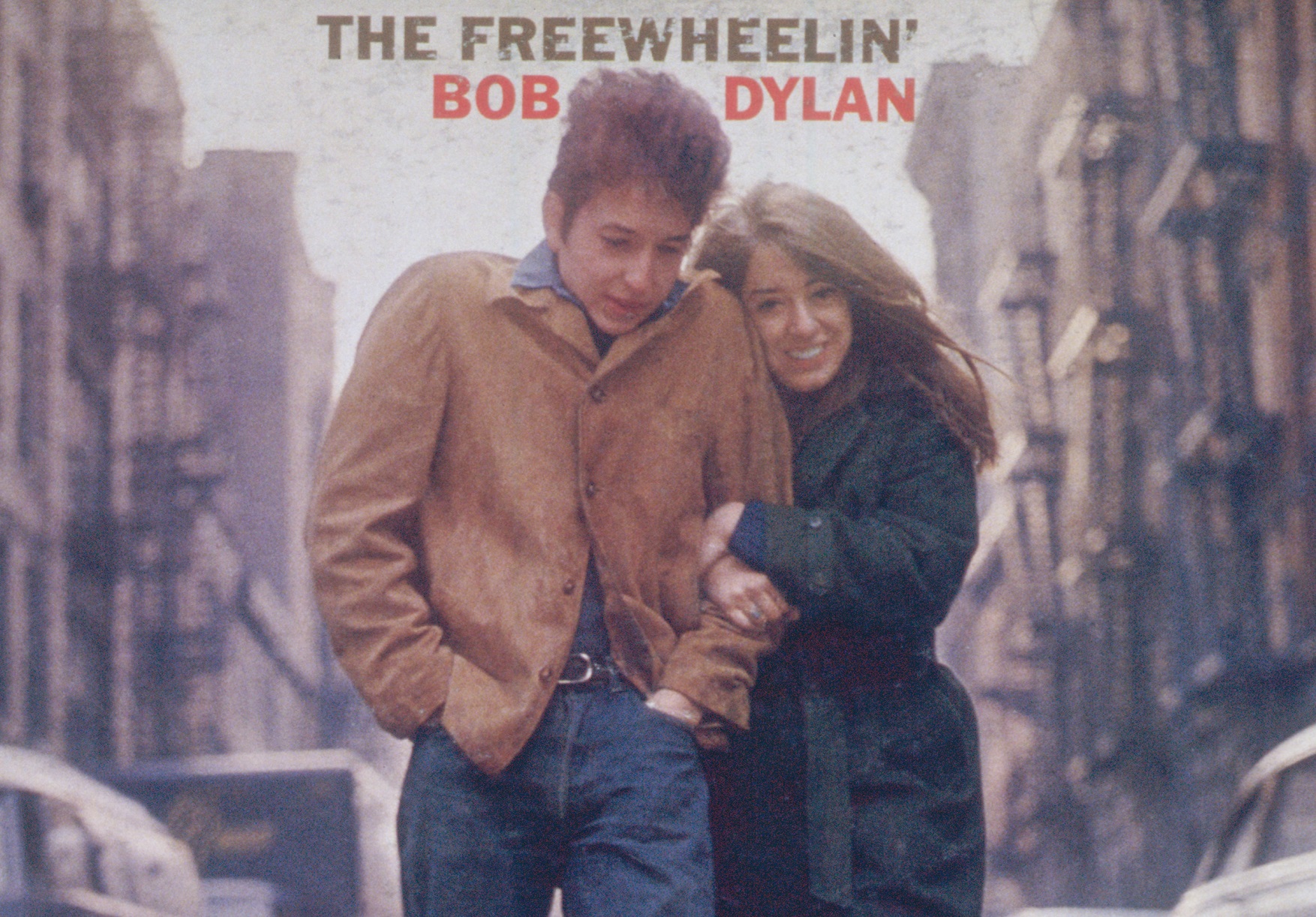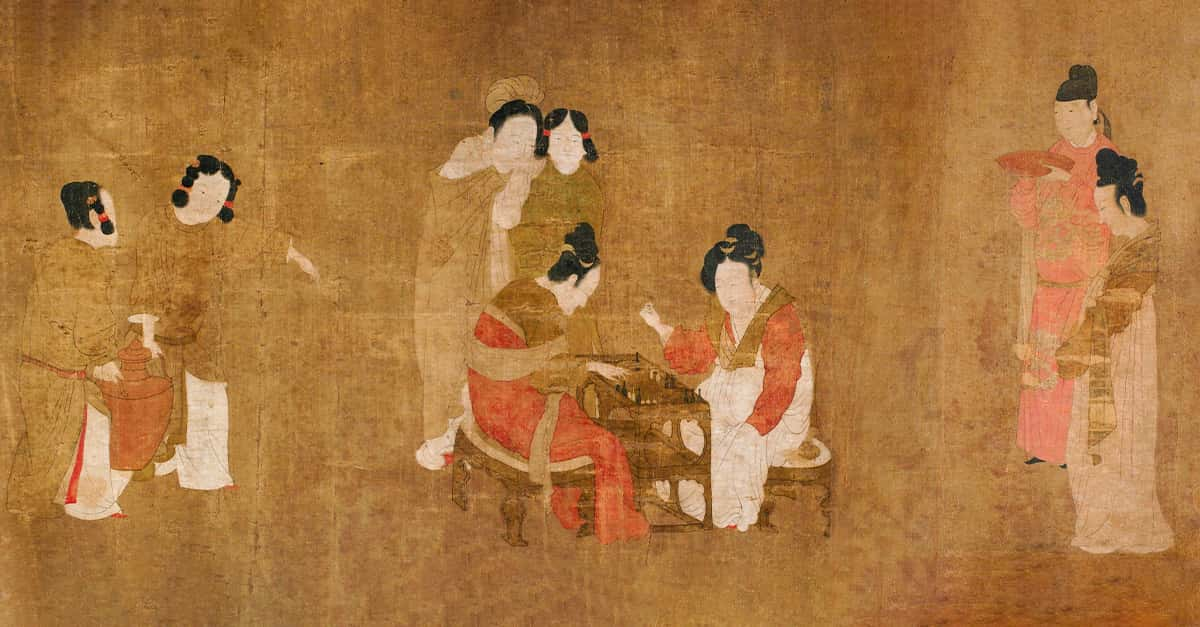The Myth And Legend Of Bob Dylan
Who is the real Bob Dylan? Well, there's a good chance we'll never know the whole truth. Since his first appearance on the music scene, Dylan has been notoriously private, and many chapters of his life remain hazy. But despite his enigmatic reputation, the road to where he is today has been fraught with many ups and downs—and more than one shocking controversy.
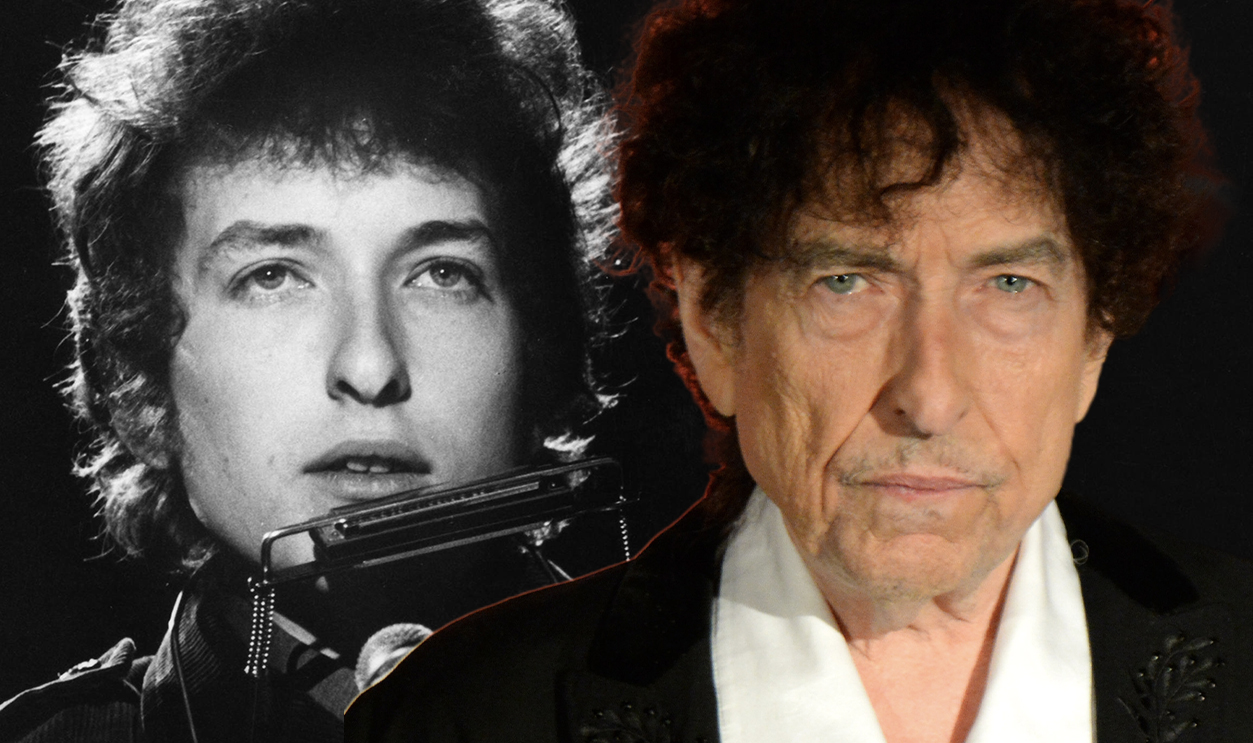
1. He Came From Humble Beginnings
Bob Dylan came from a middle-class Jewish family. Born as Robert Allen Zimmerman, he made his grand appearance on May 24, 1941, in Duluth, Minnesota. He spent his earliest years here—living with his parents and brother David. But even at a young age, Dylan knew he wanted more.
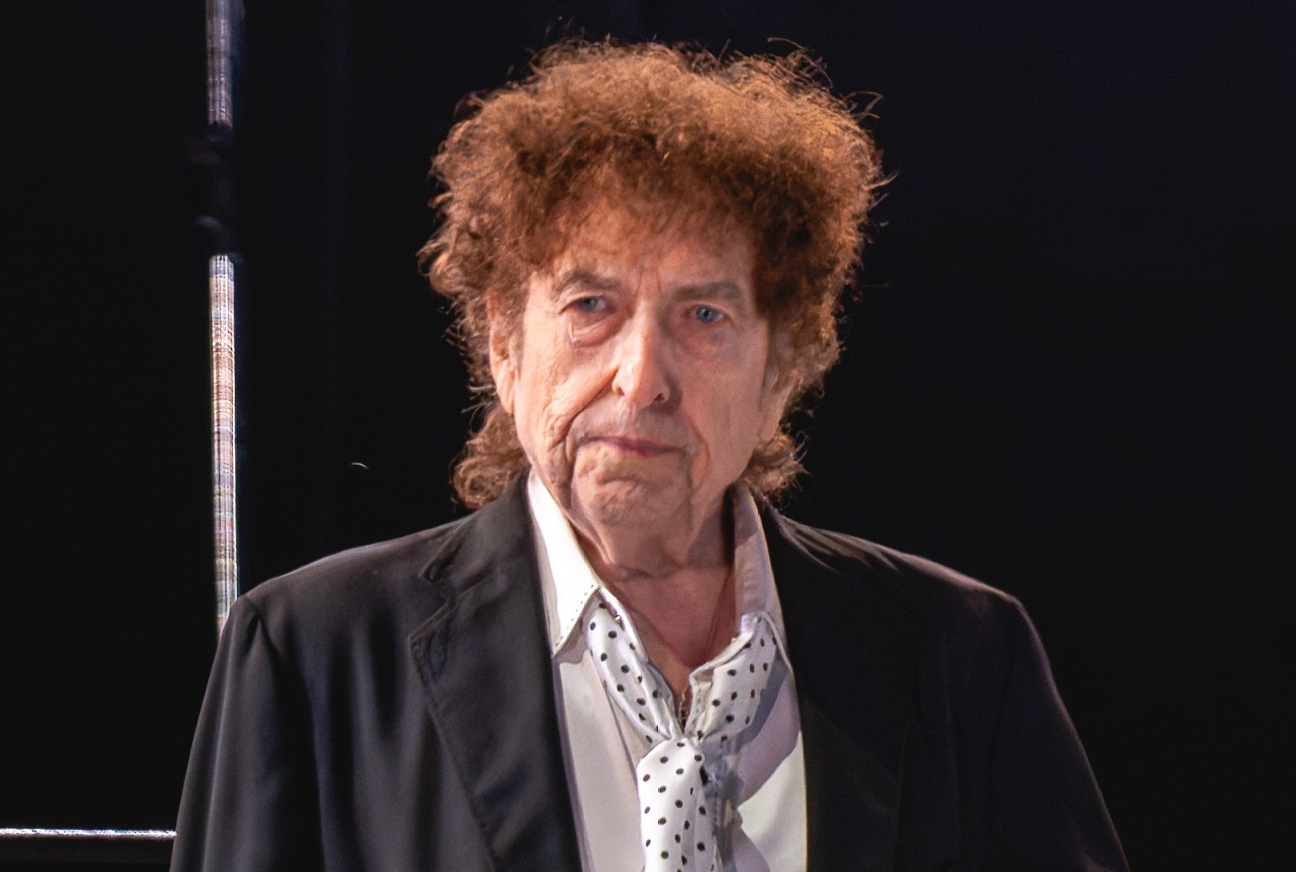 Raph_PH, CC BY 2.0, Wikimedia Commons
Raph_PH, CC BY 2.0, Wikimedia Commons
2. He Faced Upheaval
Fate uprooted everything Dylan knew when he was only six years old. Quite tragically, his father developed polio. Following this diagnosis, his family moved to Hibbing, where his mother’s family lived. Little did he know, this new life would lay the foundations for his musical destiny.
3. He Always Sought Opportunity
During his years spent at Hibbing High School, Dylan pursued his blossoming interest in music. He started many bands—most notably, a group called the Golden Chords. Perhaps unsurprisingly, school authorities detested their performances. This, of course, didn't stop Bob and his bandmates from making a scene.
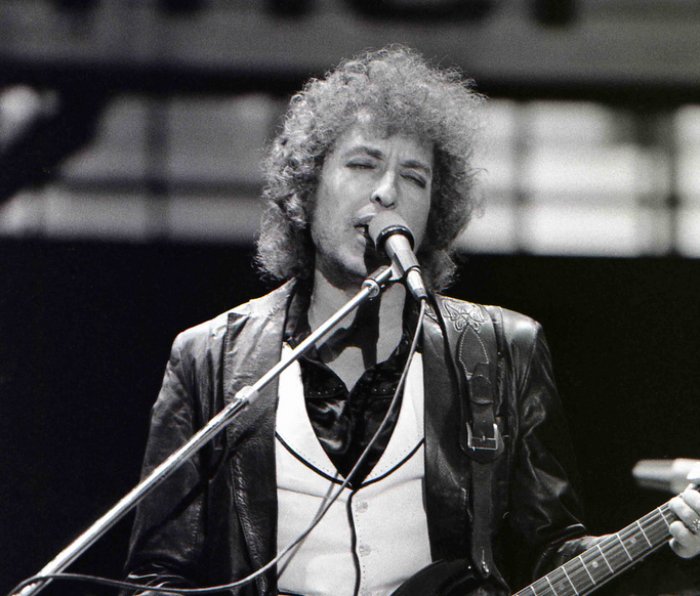 Chris Hakkens, CC BY-SA 2.0, Wikimedia Commons
Chris Hakkens, CC BY-SA 2.0, Wikimedia Commons
4. He Tasted Adversity For The First Time
The Golden Chords seized the opportunity to perform at their school talent show. However, there was just one problem. Their music was so deafening—the principal had to step in and silence their microphone. This was merely an omen for what was to come during Dylan’s career.
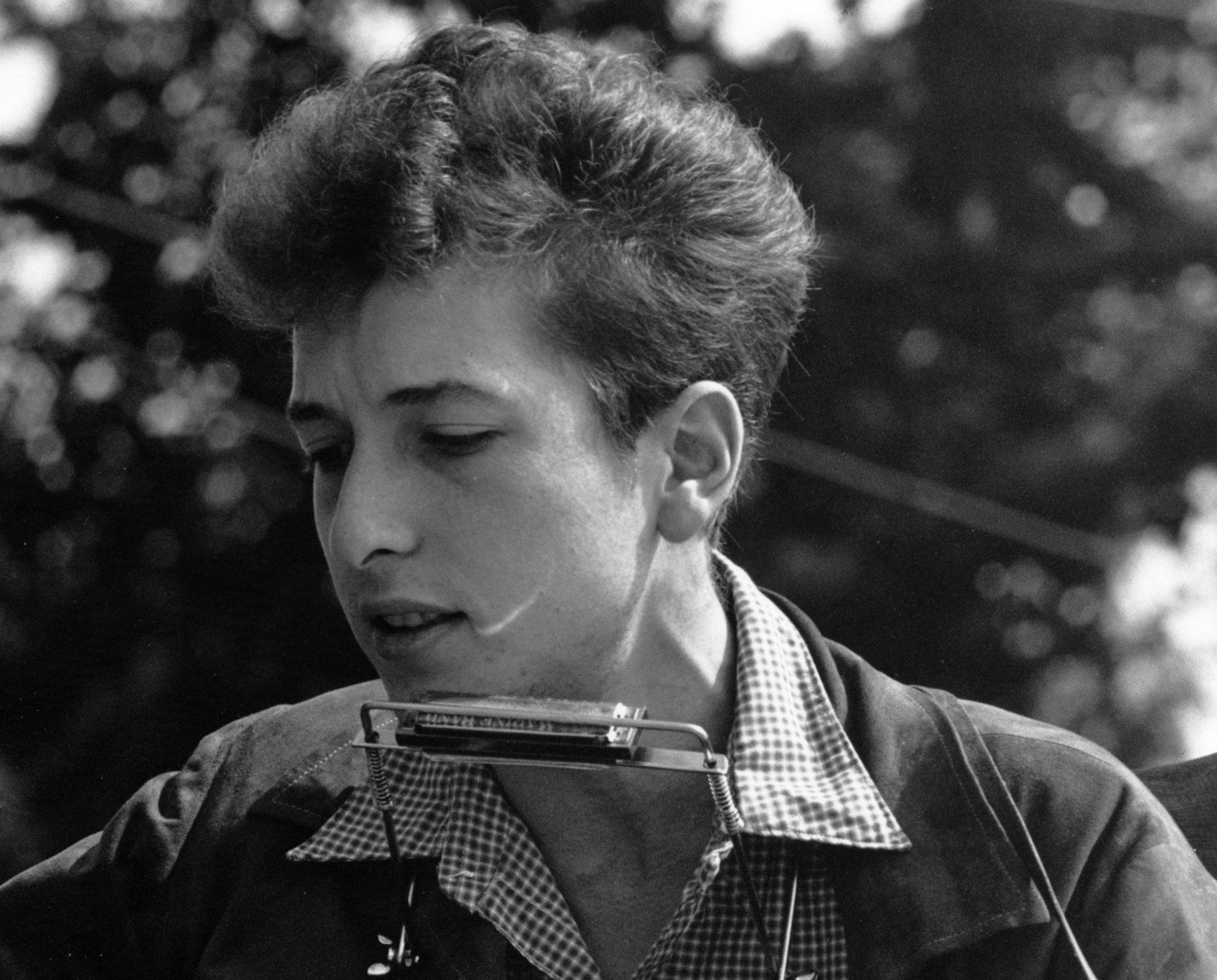 Rowland Scherman, Wikimedia Commons
Rowland Scherman, Wikimedia Commons
5. His Persona Started Taking Shape
Dylan has always steered the ship when it comes to his identity—and it was during his college years at the University of Minnesota that he began toying with a pretty dramatic name change. At first, he considered the name "Bob Dillon"—but that certainly wasn't its final iteration.
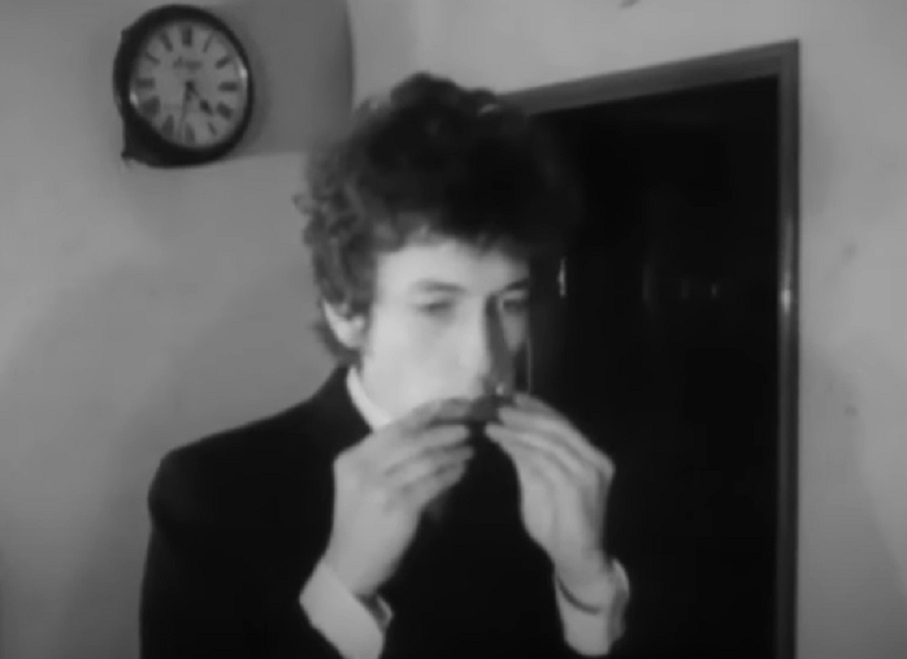 Leacock-Pennebaker, Bob Dylan: Dont Look Back (1967)
Leacock-Pennebaker, Bob Dylan: Dont Look Back (1967)
6. He Was A Man Of Many Inspirations
The choice of “Bob Dillon” was intentional, even though the reasons might have only been apparent to him. It was likely inspired by the protagonist from the television show Gunsmoke—Marshall Matt Dillon. Another possible inspiration was one of the more prominent families from his hometown—the Dillon family.
However, he eventually pivoted once more after becoming acquainted with the work of one prolific writer.
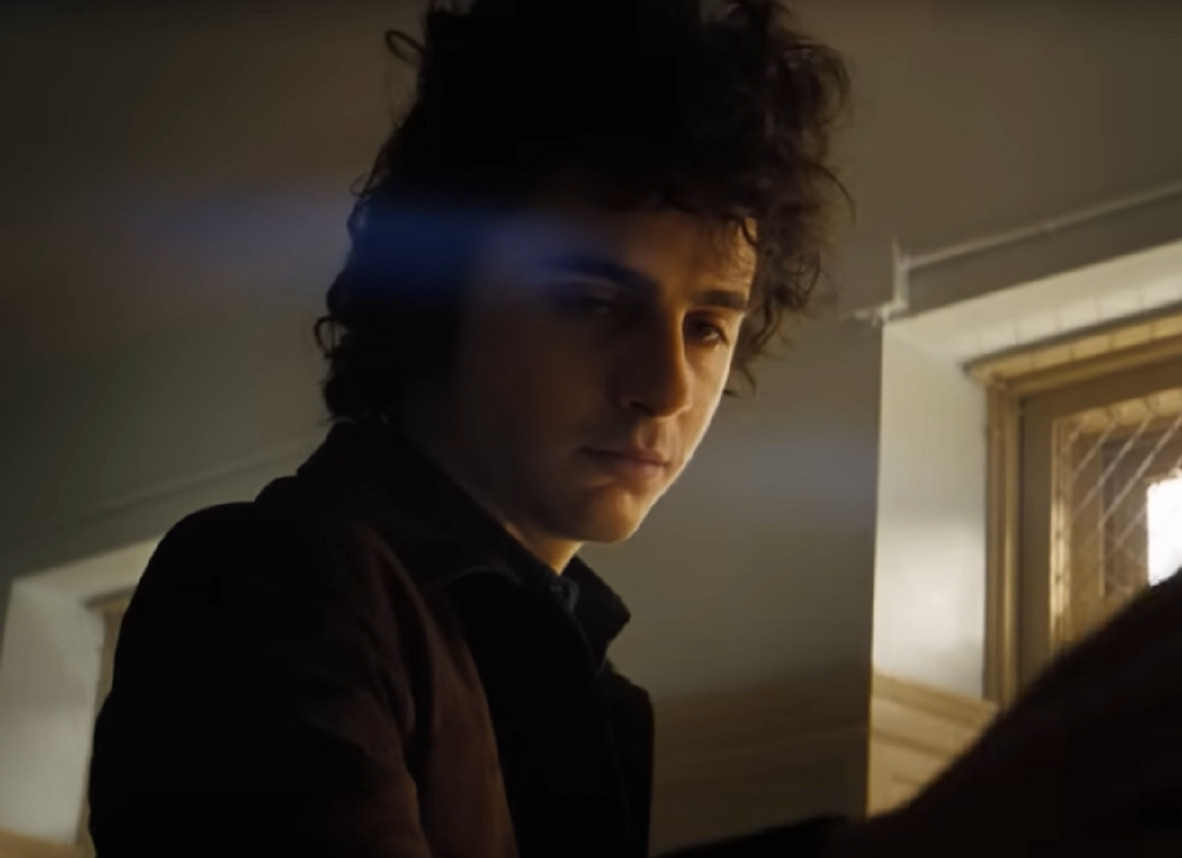 Searchlight Pictures, A Complete Unknown (2024)
Searchlight Pictures, A Complete Unknown (2024)
7. He Changed His Name
The poet Dylan Thomas certainly made an impression on young Dylan. Therefore, he began using the name "Bob Dylan" in earnest after he dropped out of school and moved to New York.
About the name change, he once said, “You’re born, you know the wrong names, wrong parents. I mean, that happens. You call yourself what you want to call yourself”. If only he knew what sort of controversy concealing his past would bring.
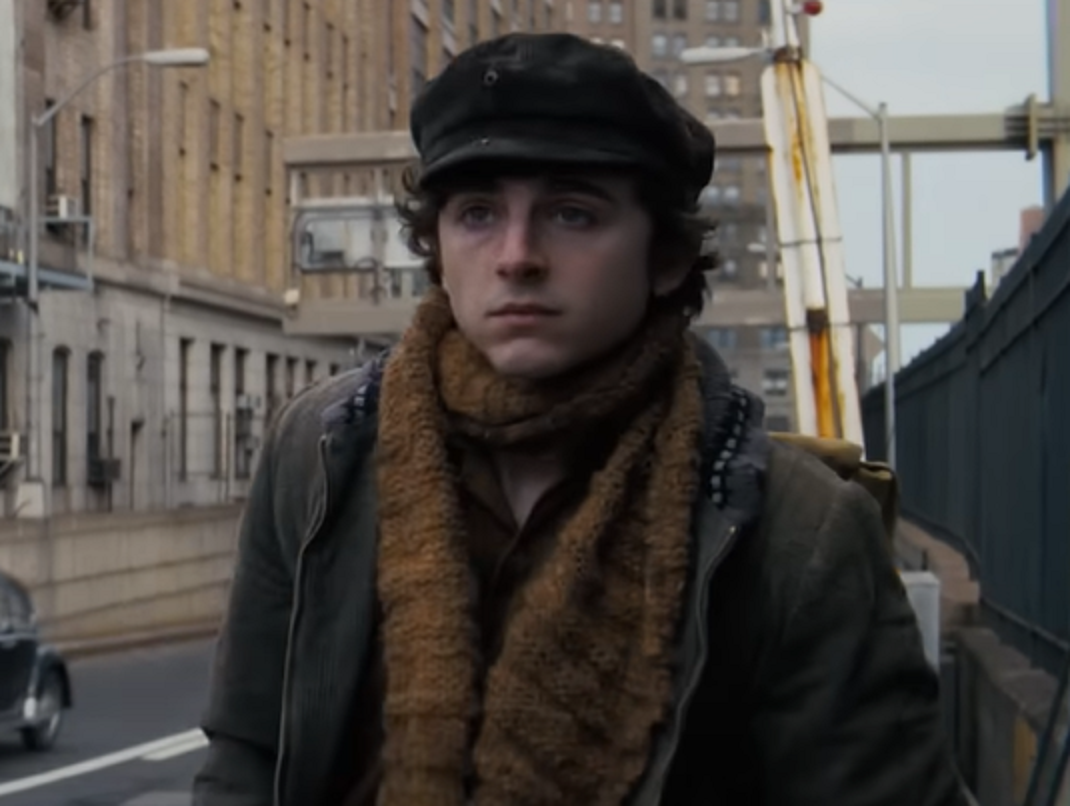 Searchlight Pictures, A Complete Unknown (2024)
Searchlight Pictures, A Complete Unknown (2024)
8. He Met His Hero
Arriving in New York in 1961, Dylan's life took an extraordinary turn. To kick off this exciting new chapter, he paid an important visit to his idol, Woody Guthrie, who was sadly hospitalized at Greystone Park Psychiatric Hospital for Huntington's disease.
This would be an important moment for Dylan, as it granted him a level of fame by association. But this was only the beginning.
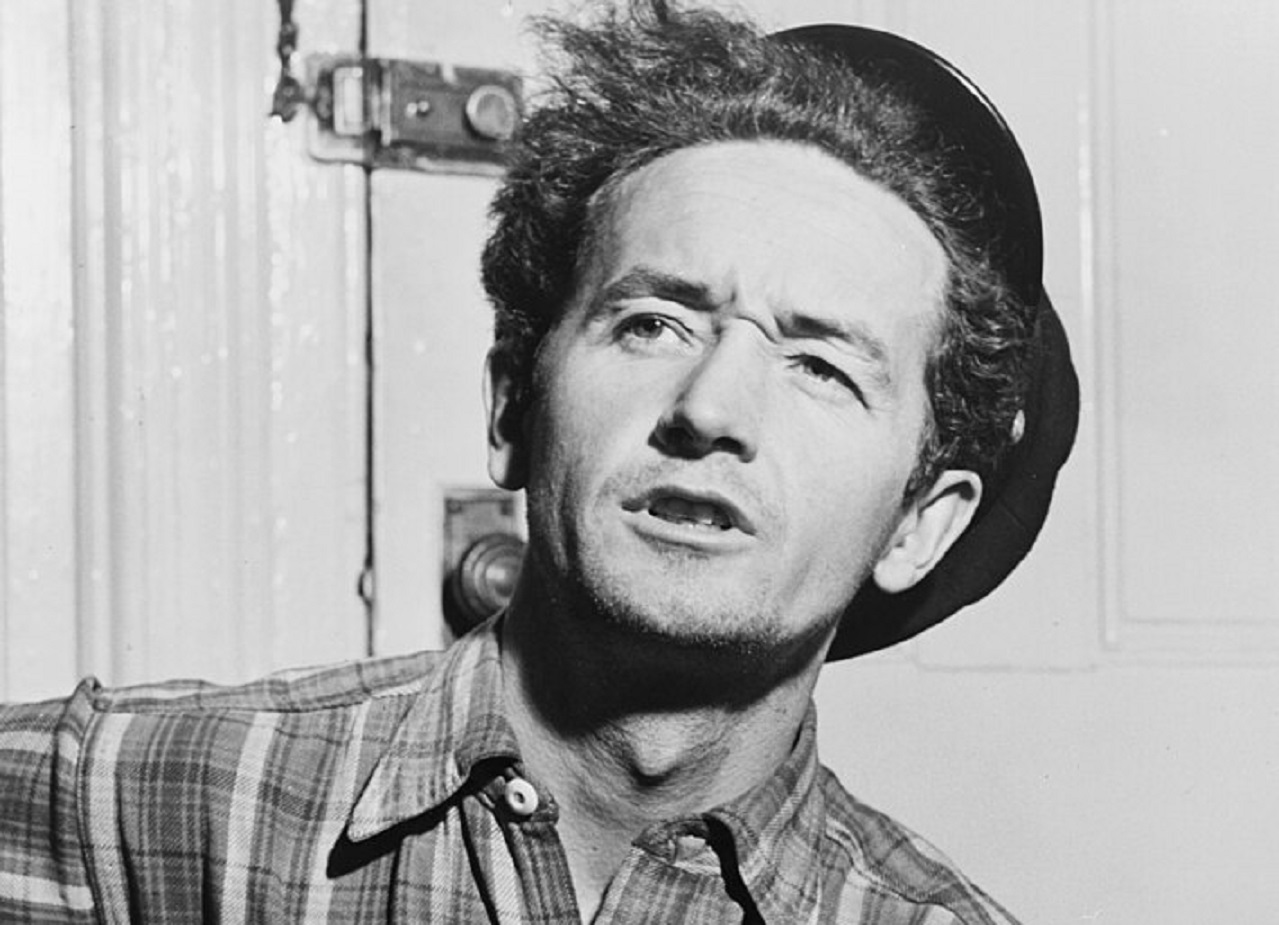 Al Aumuller, Wikimedia Commons
Al Aumuller, Wikimedia Commons

History's most fascinating stories and darkest secrets, delivered to your inbox daily.
9. He Kept The Momentum Going
This touching brush with fame was a taste of the glory to come. Dylan began playing his tunes in clubs around Greenwich Village and networked up a storm—making several friends in the music scene. It was a hotbed for creativity and inspiration, from which Dylan drew material for both his original songs and the covers for his future albums.
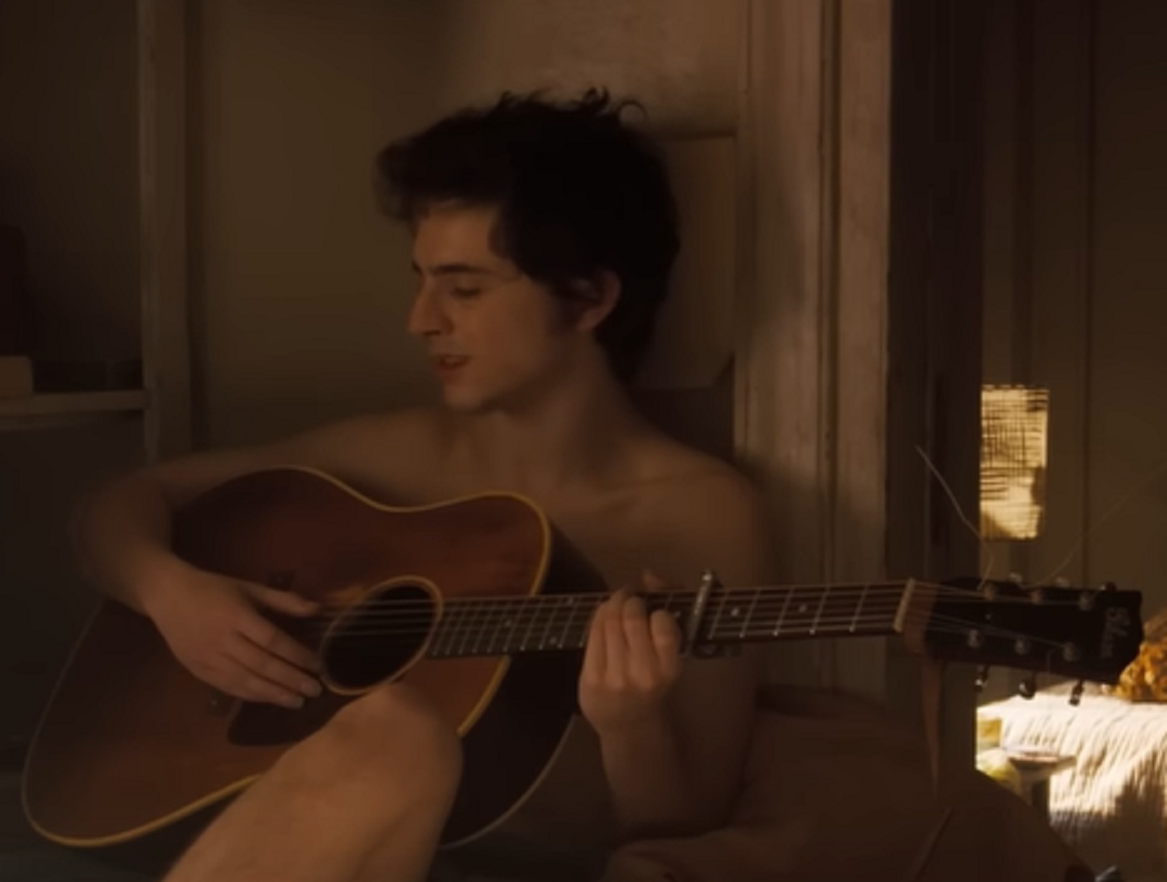 Searchlight Pictures, A Complete Unknown (2024)
Searchlight Pictures, A Complete Unknown (2024)
10. He Drew On Many Different Inspirations
Dylan burst onto the New York scene with a stunning folk style—and there were several artists that informed his work, including Robert Johnson, Hank Williams, and of course, Woody Guthrie. But as we'll eventually learn, his style wouldn’t stay this way for long.
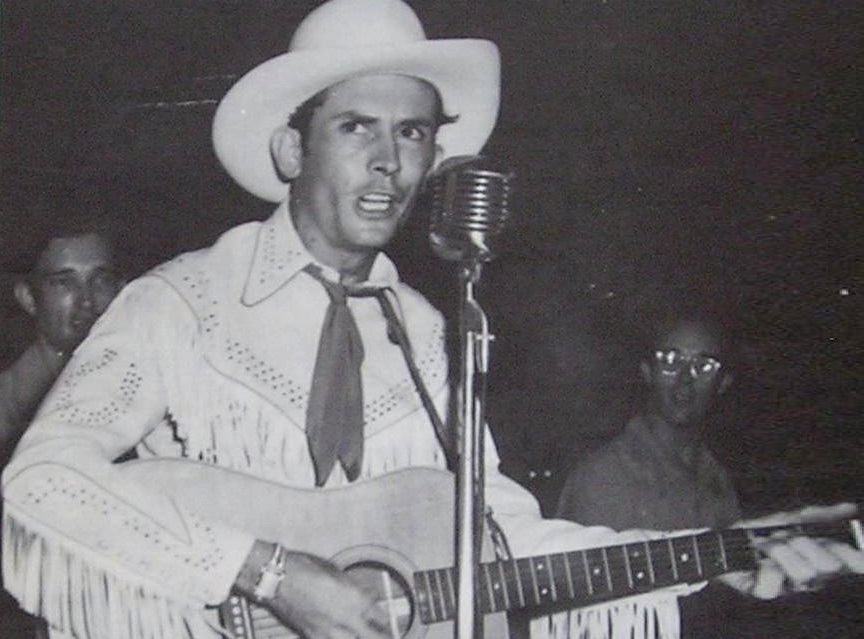 MGM, GDuwenTell me!, Wikimedia Commons
MGM, GDuwenTell me!, Wikimedia Commons
11. He Had A Stroke Of Luck
After one of his performances, Dylan received some important critical acclaim from The New York Times critic, Robert Shelton. In an article called “Bob Dylan: A Distinctive Folk-Song Stylist," Shelton lauded Dylan’s performance and abilities. While helpful at the time, this also placed him in a stylistic box—one that he'd eventually grow to resent.
As Dylan's star slowly began to rise, his personal life also took a turn for the romantic.
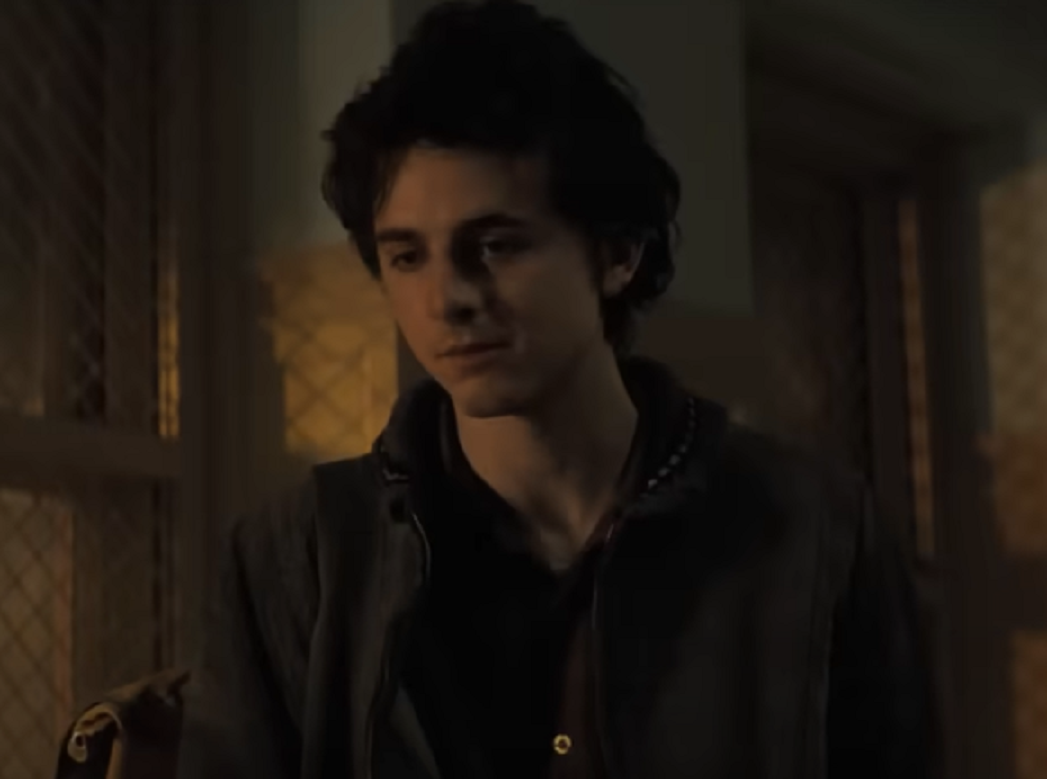 Searchlight Pictures, A Complete Unknown (2024)
Searchlight Pictures, A Complete Unknown (2024)
12. He Couldn't Keep His Eyes Off Of Her
In July 1961, Dylan met someone who changed his life forever. At a Riverside Church folk concert, he came face to face with a woman whom he couldn't look away from—the political activist, Suze Rotolo.
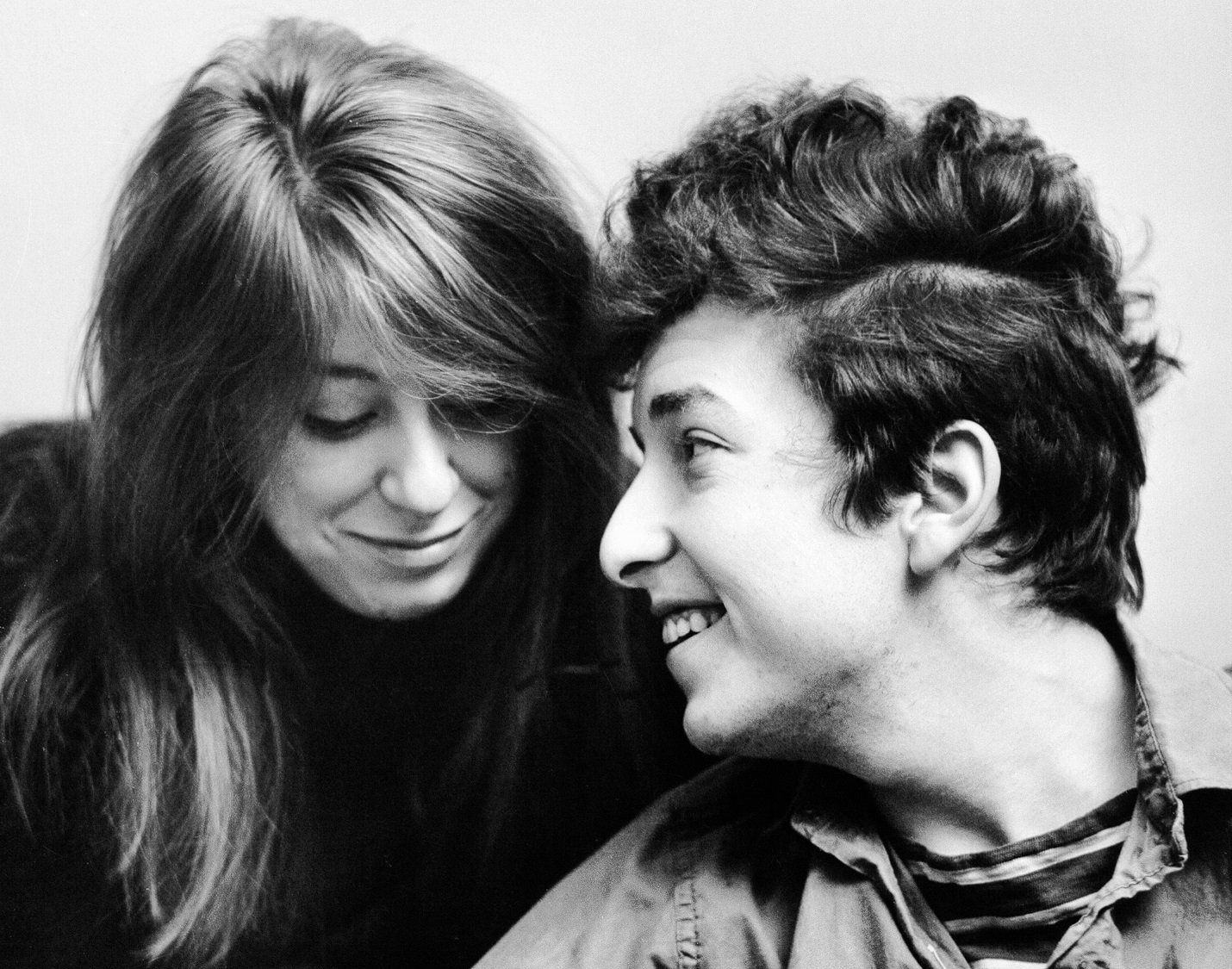 Michael Ochs Archives, Getty Images
Michael Ochs Archives, Getty Images
13. He Got Hit By Cupid's Arrow
In his later memoir, Dylan wrote about his initial meeting with Rotolo in the most touching way: "We started talking and my head started to spin. Cupid’s arrow had whistled past my ears before, but this time it hit me in the heart and the weight of it dragged me overboard..."
But as fated as their romance seemed, it would only end in heartbreak.
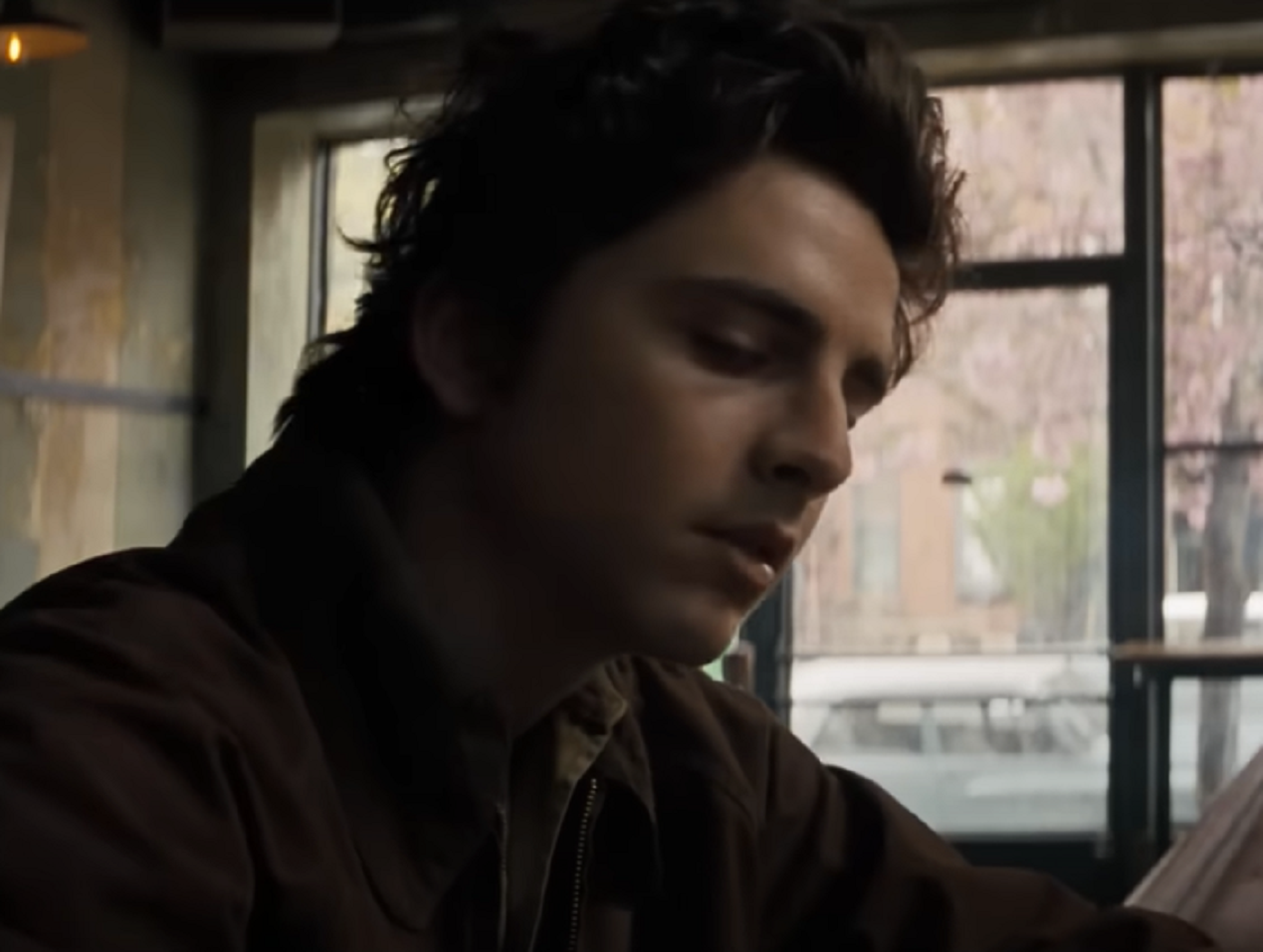 Searchlight Pictures, A Complete Unknown (2024)
Searchlight Pictures, A Complete Unknown (2024)
14. She Inspired His Work
Rotolo moved in similar circles as Dylan, navigating Greenwich Village's bohemian scene. However, as their romance became more serious, her worldview seeped deeply into Dylan's writing. His work began to speak to some of the time's most pressing concerns, such as nuclear war and civil rights.
The next year, the couple took their relationship to the next level.
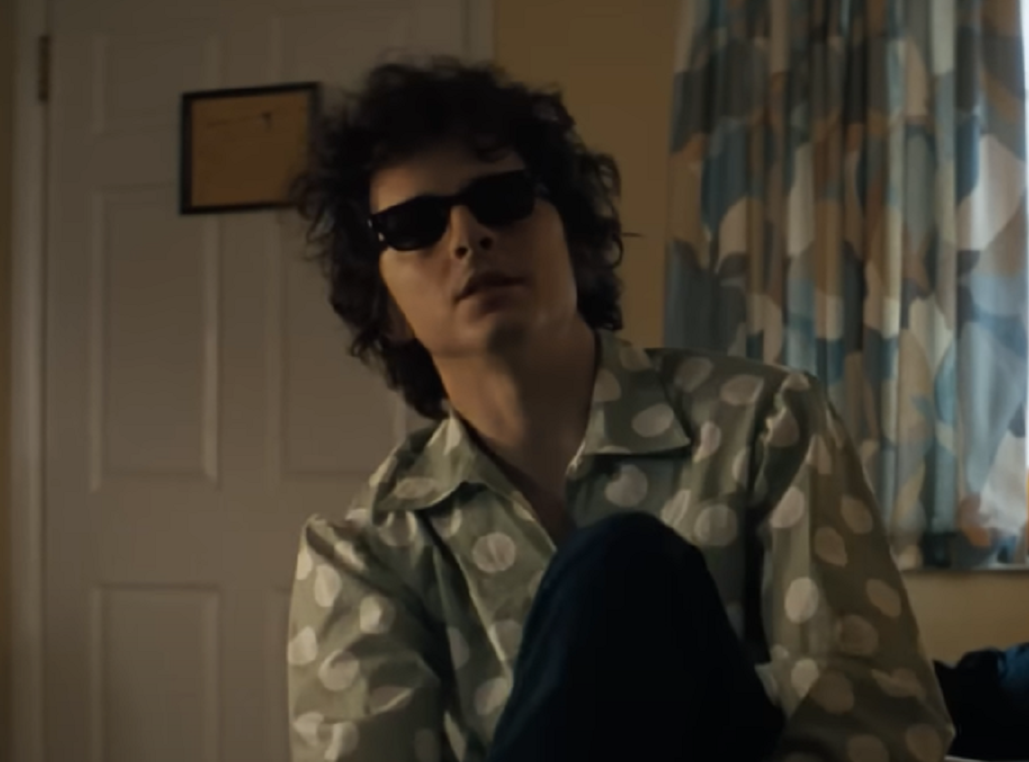 Searchlight Pictures, A Complete Unknown (2024)
Searchlight Pictures, A Complete Unknown (2024)
15. He Moved In With Her
1962 was a significant year for Dylan on multiple fronts. To begin with, he and Rotolo began living together—a major development in his personal life, despite the fact that her family wasn't supportive of their love. Professionally, though, Dylan would have to swallow a clean-cut slice of humble pie.
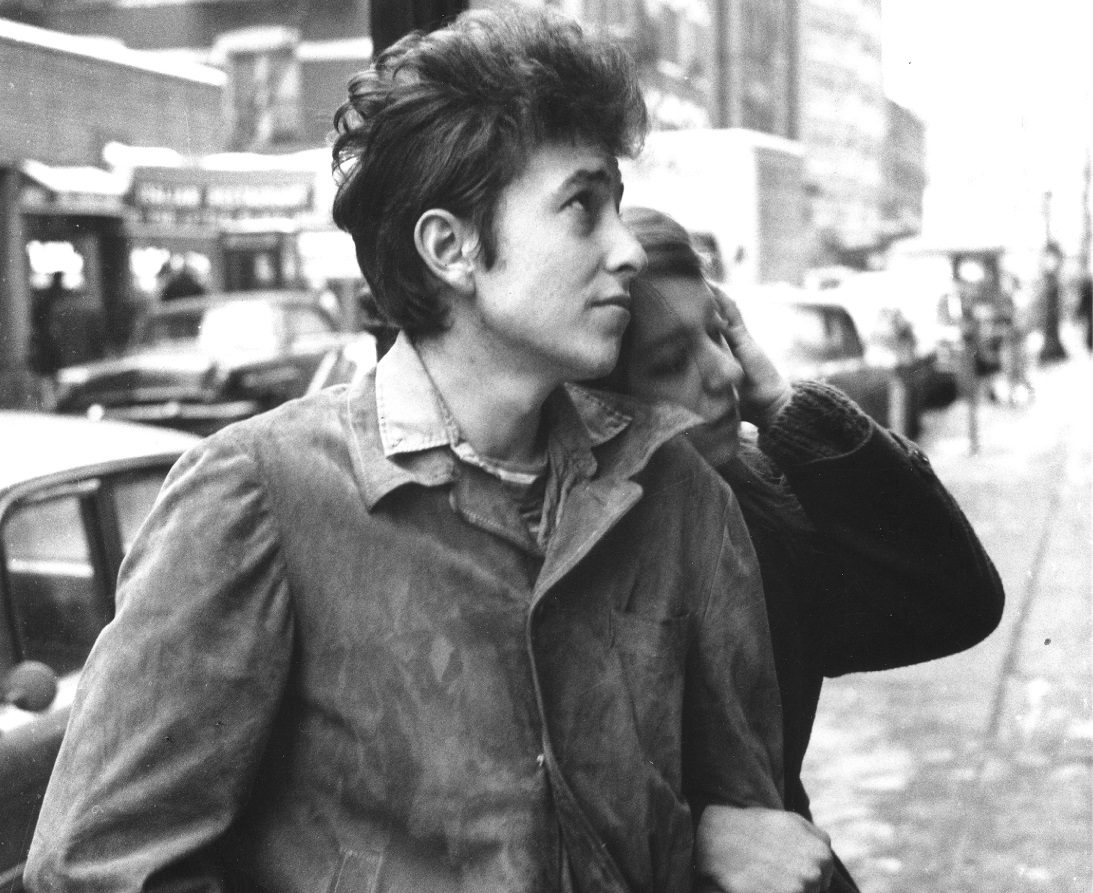 Michael Ochs Archives, Getty Images
Michael Ochs Archives, Getty Images
16. He Had A Surprising First Collection
Bob Dylan is known for his original songs and lyrics, but his first foray into recording might come as a surprise to those unfamiliar with his early work. Released by Columbia Records, Dylan’s debut Bob Dylan came out on March 19, 1962—but featured only two original songs.
Unfortunately, it did not catapult the up-and-coming musician to stardom, and just barely broke even. Thankfully for Dylan, this was only a brief bump in the road.
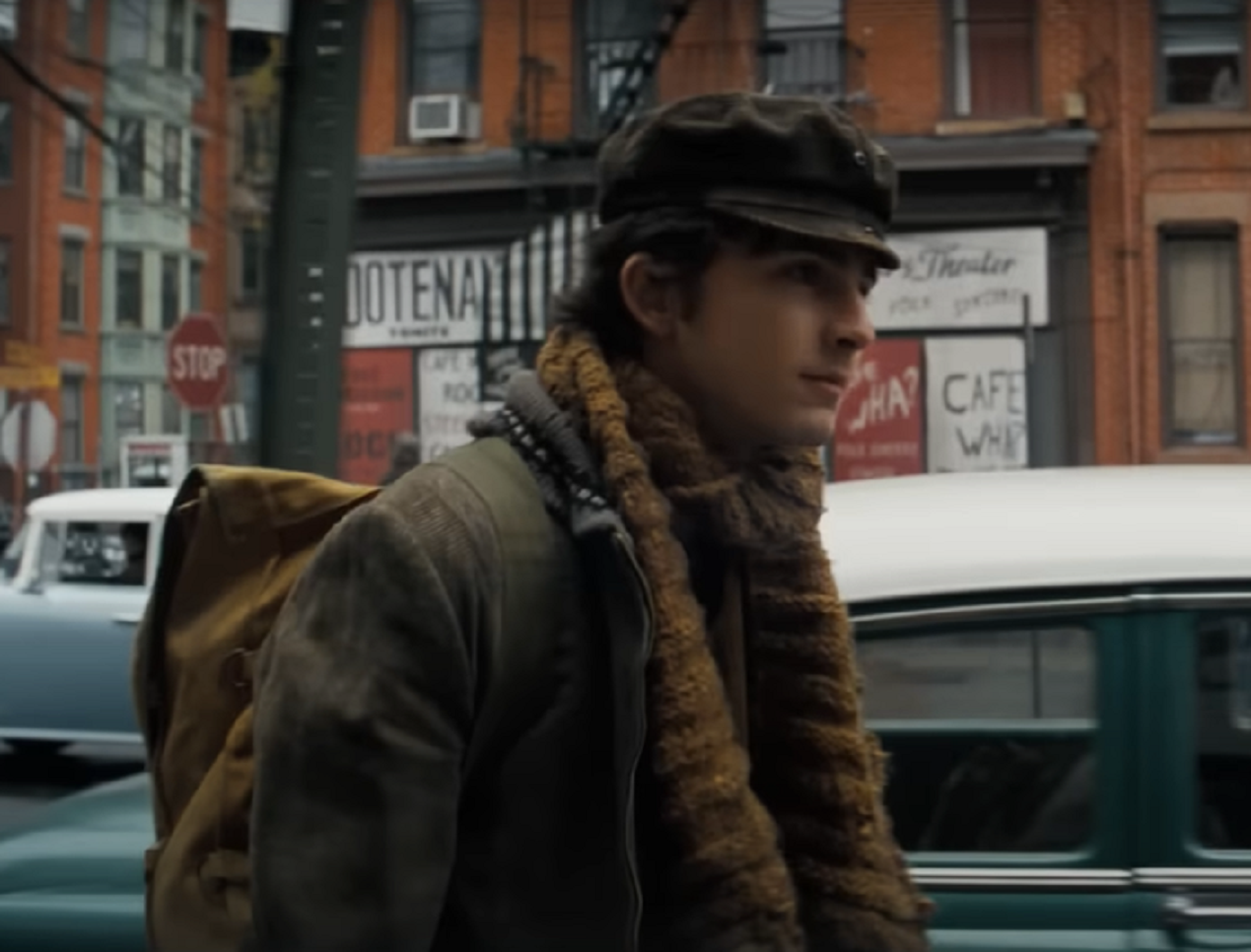 Searchlight Pictures, A Complete Unknown (2024)
Searchlight Pictures, A Complete Unknown (2024)
17. He Wrote Songs For Her
In the summer of that year, Dylan had to live without Rotolo for half a year. She traveled to Italy to study art, but this time apart proved to be incredibly fruitful for Dylan's work. It's been said that some of his greatest love songs can be attributed to this brief chapter of longing—take, for instance, "Don't Think Twice, It's Alright" and "One Too Many Mornings".
Though Dylan evolved significantly in 1962—it was just the calm before the storm.
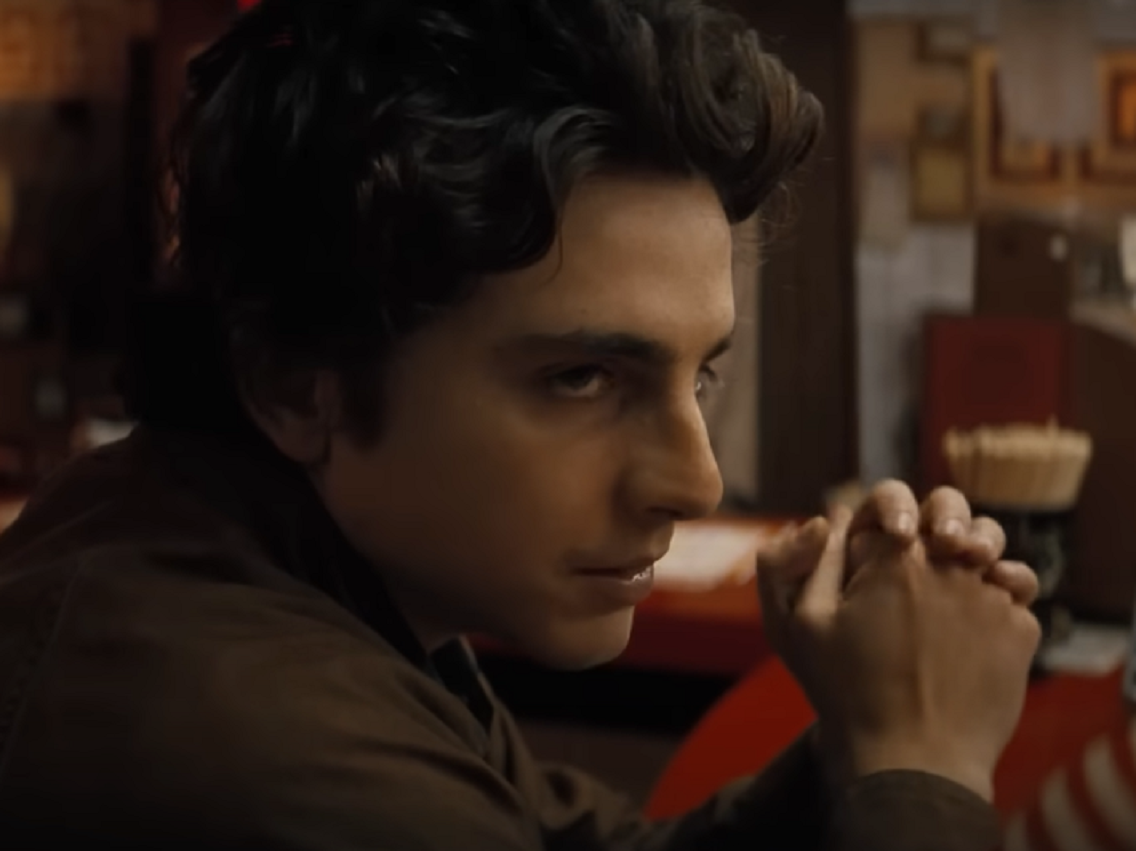 Searchlight Pictures, A Complete Unknown (2024)
Searchlight Pictures, A Complete Unknown (2024)
18. He Showed His True Strength
With his second album, 1963's The Freewheelin’ Bob Dylan, Dylan struck gold. He both adapted older folk songs and featured many more originals. It was this album that set him up as a singer-songwriter, one who could actually write his own material. It garnered him a lot of attention, and continues to stun critics.
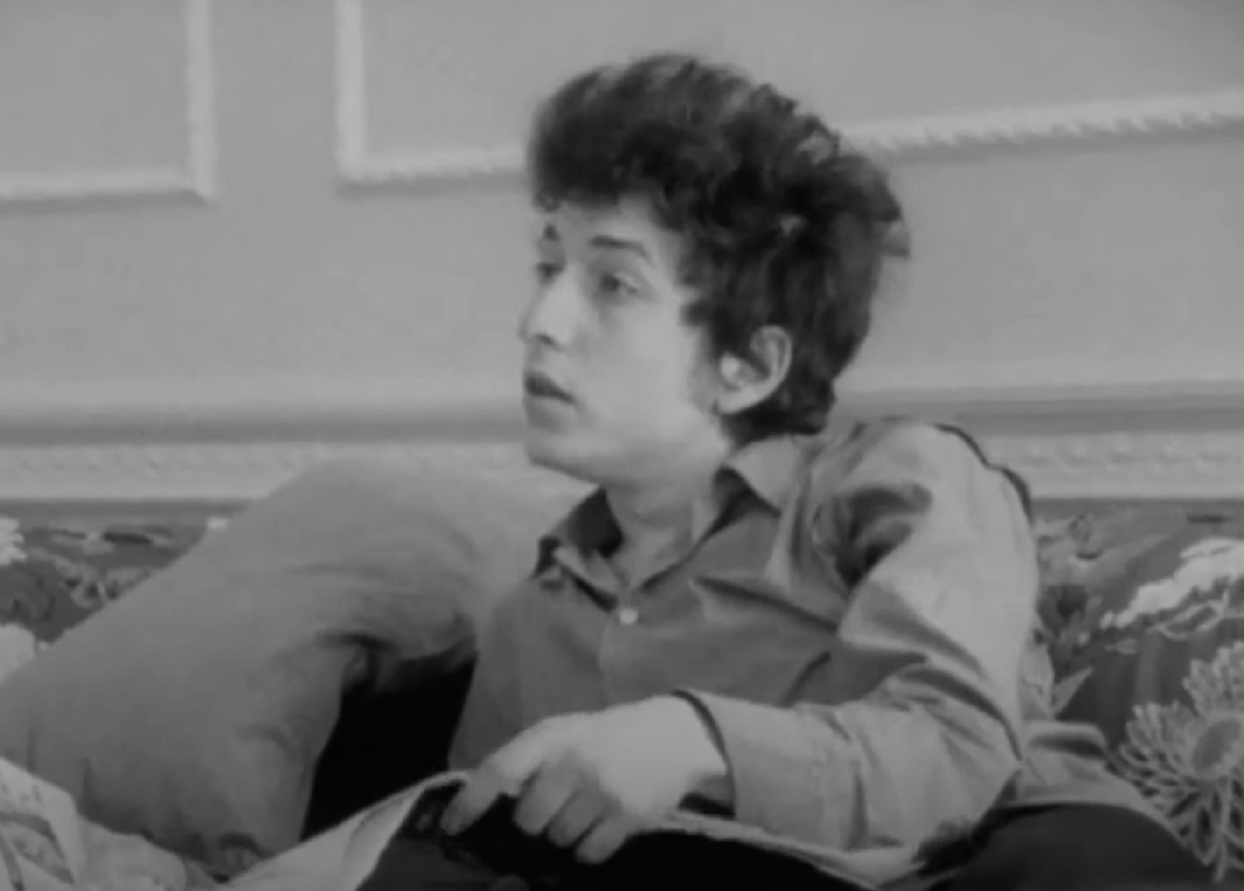 Leacock-Pennebaker, Bob Dylan: Dont Look Back (1967)
Leacock-Pennebaker, Bob Dylan: Dont Look Back (1967)
19. He Featured Her On The Cover
The Freewheelin’ Bob Dylan also boasts a famous album cover, featuring none other than Dylan's beloved girlfriend at the time, Suze Rotolo. But though the photograph shows the happy couple locked arm-in-arm, strolling down the road, they had no clue that his rise to fame would eventually tear them apart.
20. His Girlfriend Couldn't Cope With His Fame
Rotolo later wrote about her turbulent relationship with Dylan, especially the toll his stardom took on them. She described him as a "black hole," even expressing, "I could no longer cope with all the pressure, gossip, truth and lies that living with Bob entailed. I was unable to find solid ground. I was on quicksand and very vulnerable".
But their final chapter was the most tragic of all.
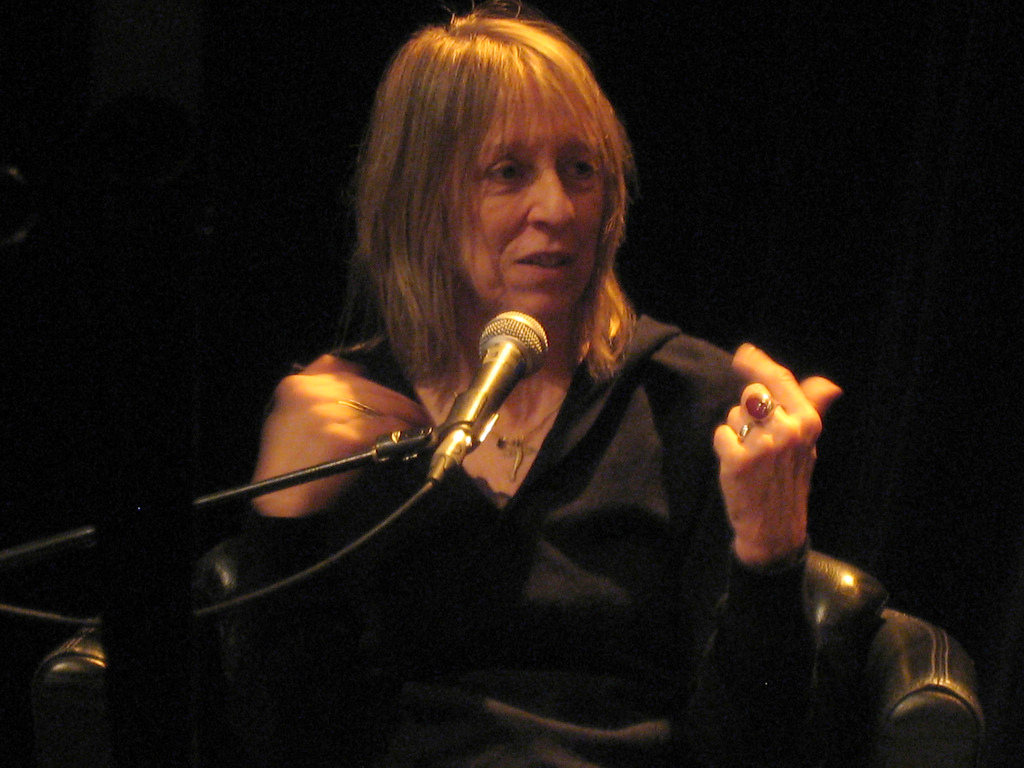 Eddie Janssens, CC BY 3.0, Wikimedia Commons
Eddie Janssens, CC BY 3.0, Wikimedia Commons
21. His Girlfriend Had An Abortion
The same year his second album came out, Rotolo discovered she was expecting Dylan's child. Ultimately, she decided to have an abortion—but this major event derailed them completely. The baby, however, wasn't their only issue.
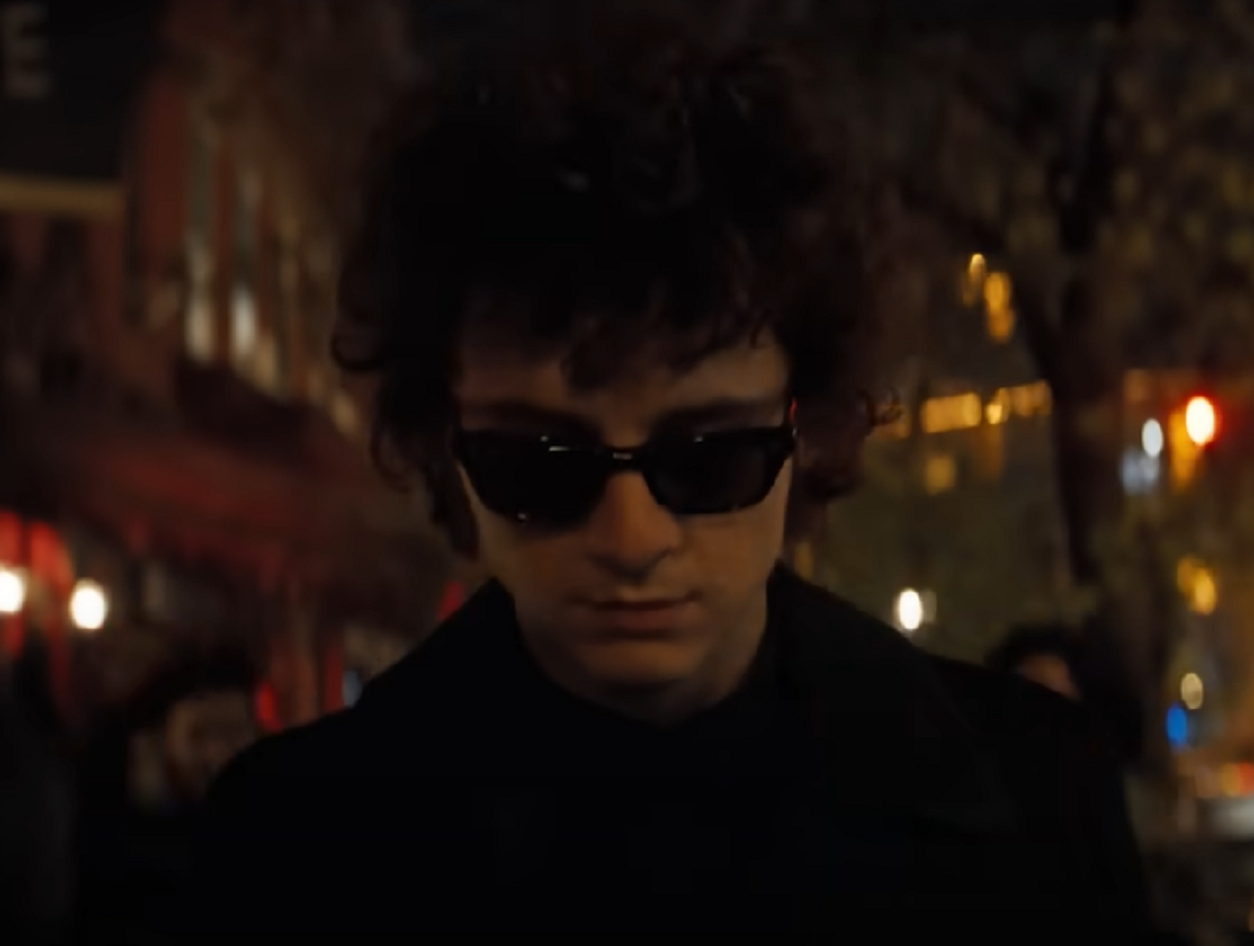 Searchlight Pictures, A Complete Unknown (2024)
Searchlight Pictures, A Complete Unknown (2024)
22. He Had A Wandering Eye
In the eyes of Rotolo's family, Dylan was undoubtedly disappointing boyfriend material. But on top of their unwavering dislike for him, there was another reason why the relationship ultimately crashed and burned—and her name was Joan Baez.
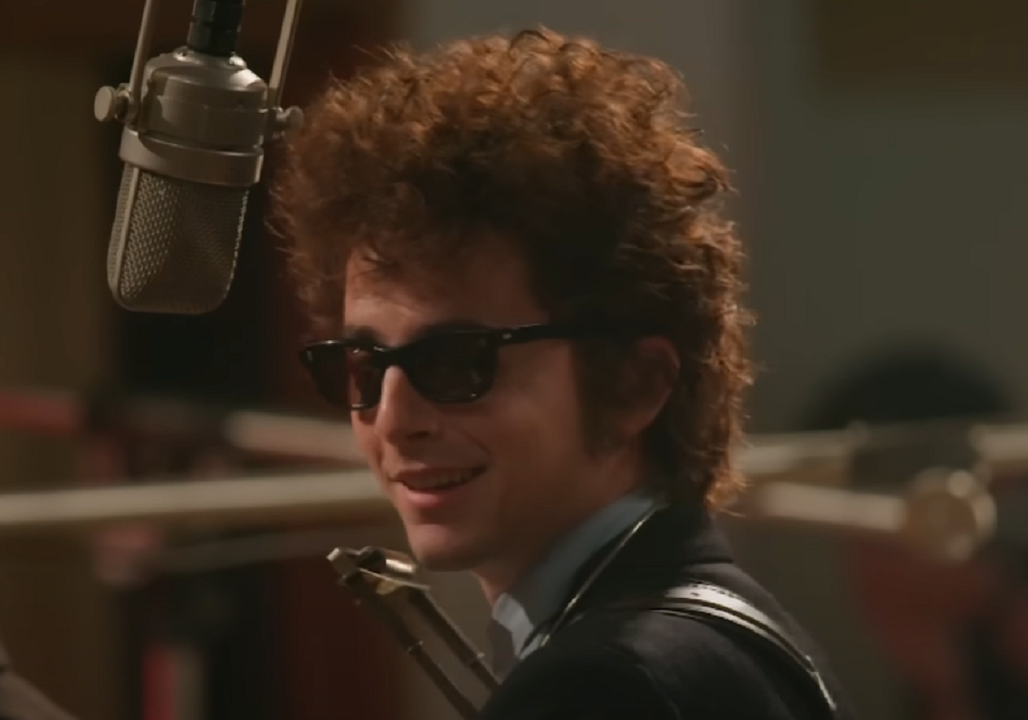 Searchlight Pictures, A Complete Unknown (2024)
Searchlight Pictures, A Complete Unknown (2024)
23. He Met The "Queen Of Folk"
Dylan first met Joan Baez back in the spring of 1961. At this time, Baez had already plunged headfirst into the folk scene with her own debut album and had gained traction—even harnessing the title of "Queen of Folk".
Even before his career kicked into overdrive, Baez recognized that Dylan was something special.
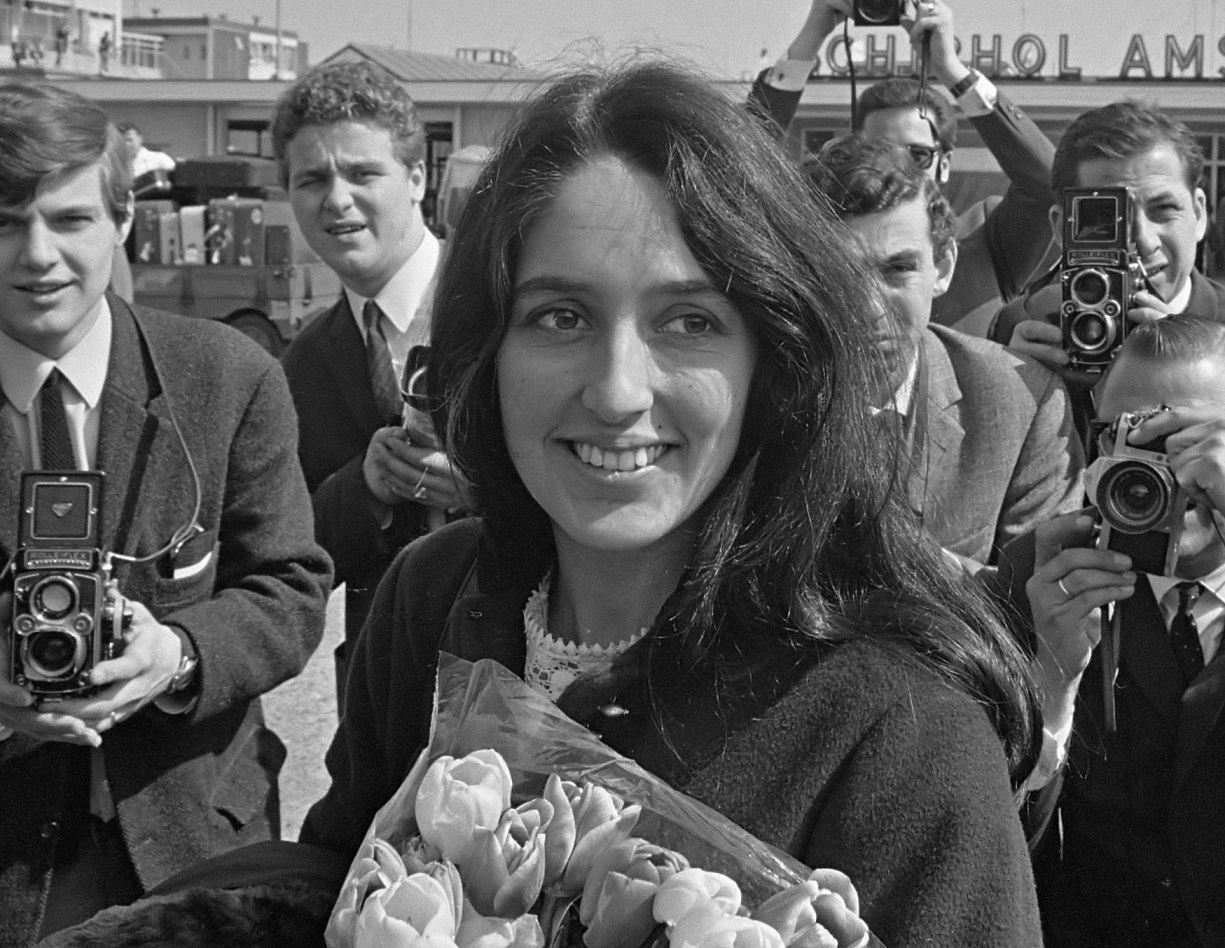 Ron Kroon / Anefo, CC BY-SA 3.0, Wikimedia Commons
Ron Kroon / Anefo, CC BY-SA 3.0, Wikimedia Commons
24. His Performance Left Her Stunned
On the night of that fateful first meeting at Gerde's Folk City, Baez and her boyfriend watched Dylan perform. She later told Rolling Stone about her first impression of him, saying, "I, of course, internally went completely to shreds, 'cause it was so beautiful".
However, they didn't strike up a romance until much later.
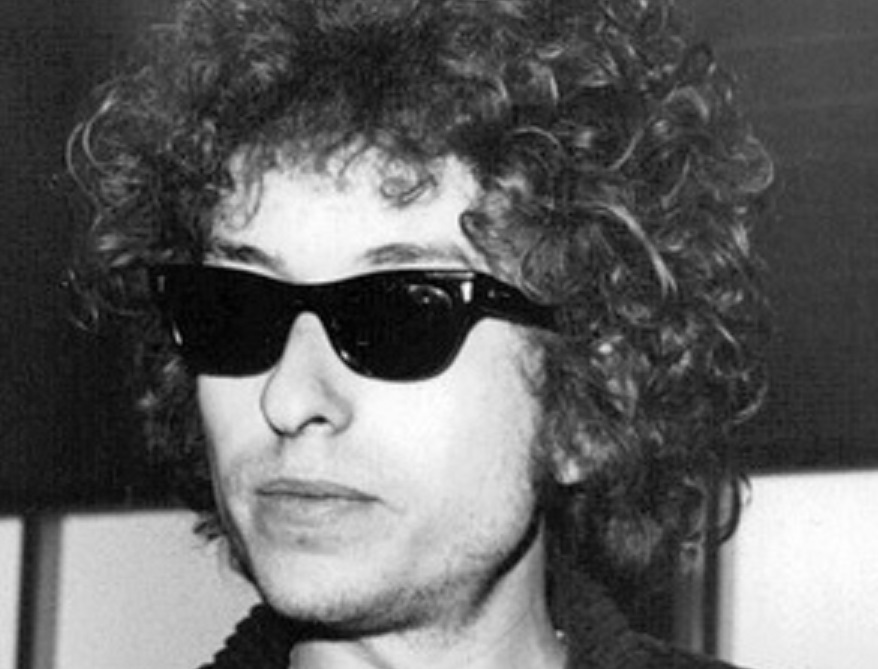 Unknown Author, Wikimedia Commons
Unknown Author, Wikimedia Commons
25. He's Hard To Pin Down
There are many aspects of Bob Dylan's life that are difficult to pin down chronologically—his romance with Joan Baez being one of them. In general, it's believed that they struck up a closer intimacy in 1963. Though Baez herself is hazy on the details.
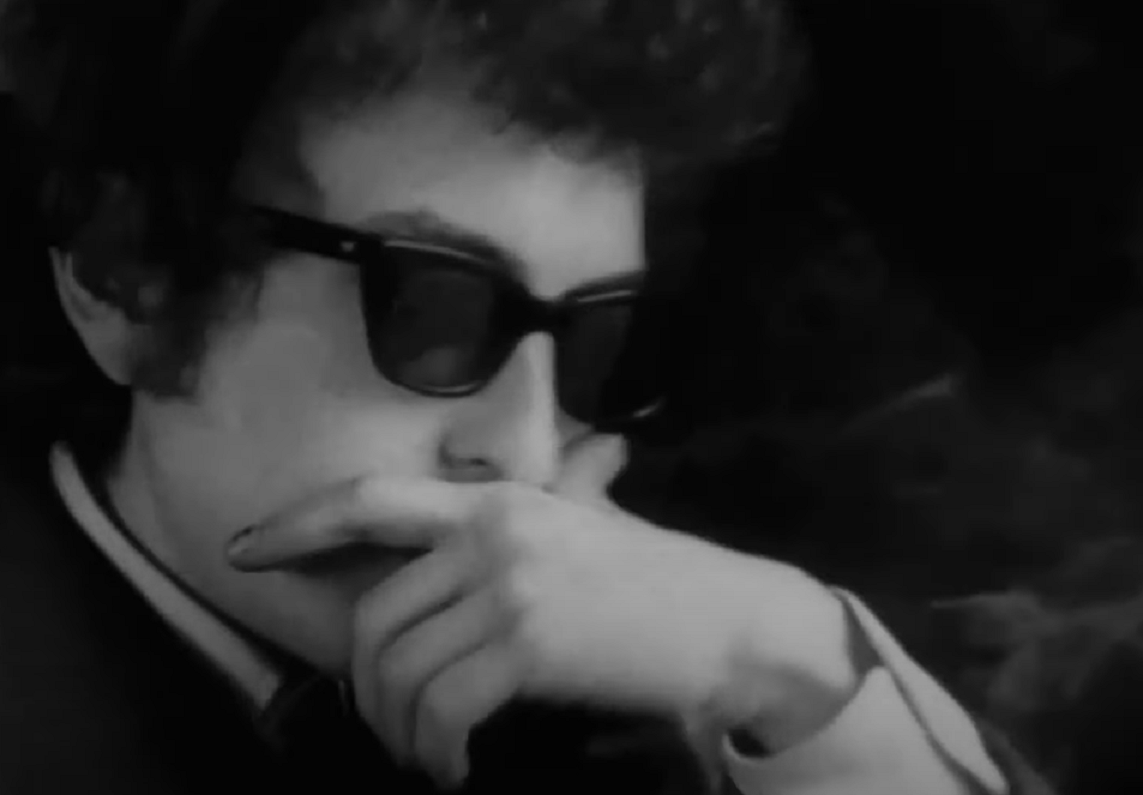 Leacock-Pennebaker, Bob Dylan: Dont Look Back (1967)
Leacock-Pennebaker, Bob Dylan: Dont Look Back (1967)
26. They Kept Their Romance Private
According to Baez, she isn't quite sure about her relationship timeline with Dylan. When asked by Rolling Stone, she had a rather vague response: "You mean what period of three months was it? Um, Bob and I spent some time together. I honestly don't know what the year was".
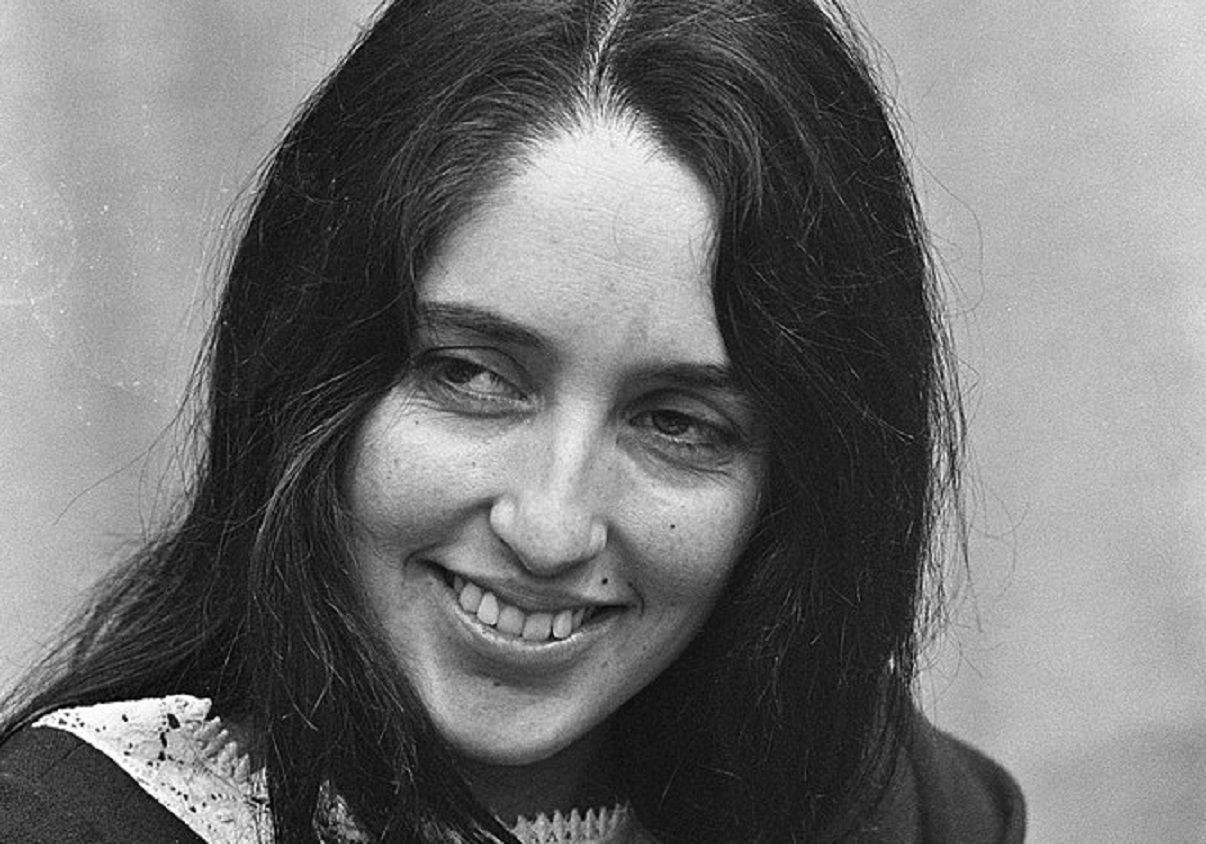 Ron Kroon / Anefo, Wikimedia Commons
Ron Kroon / Anefo, Wikimedia Commons
27. He Walked Out
While Dylan's personal life was its own mixed bag, 1963 also saw him making some scandalous professional moves. Dylan had always been a quirky character, but his image took a controversial turn when he made this shocking decision: walking out of The Ed Sullivan Show.
 Leacock-Pennebaker, Bob Dylan: Dont Look Back (1967)
Leacock-Pennebaker, Bob Dylan: Dont Look Back (1967)
28. He Faced Censorship
For the show, Dylan intended to play his song, “Talkin’ John Birch Paranoid Blues”—but the rehearsals raised a major red flag with CBS television's head of program practices. Of course, Dylan wasn't about to take censorship lying down. When they took issue with his song choice, he ditched the performance altogether.
But when it came to ruffling the public's feathers, this would prove to be only the tip of the iceberg.
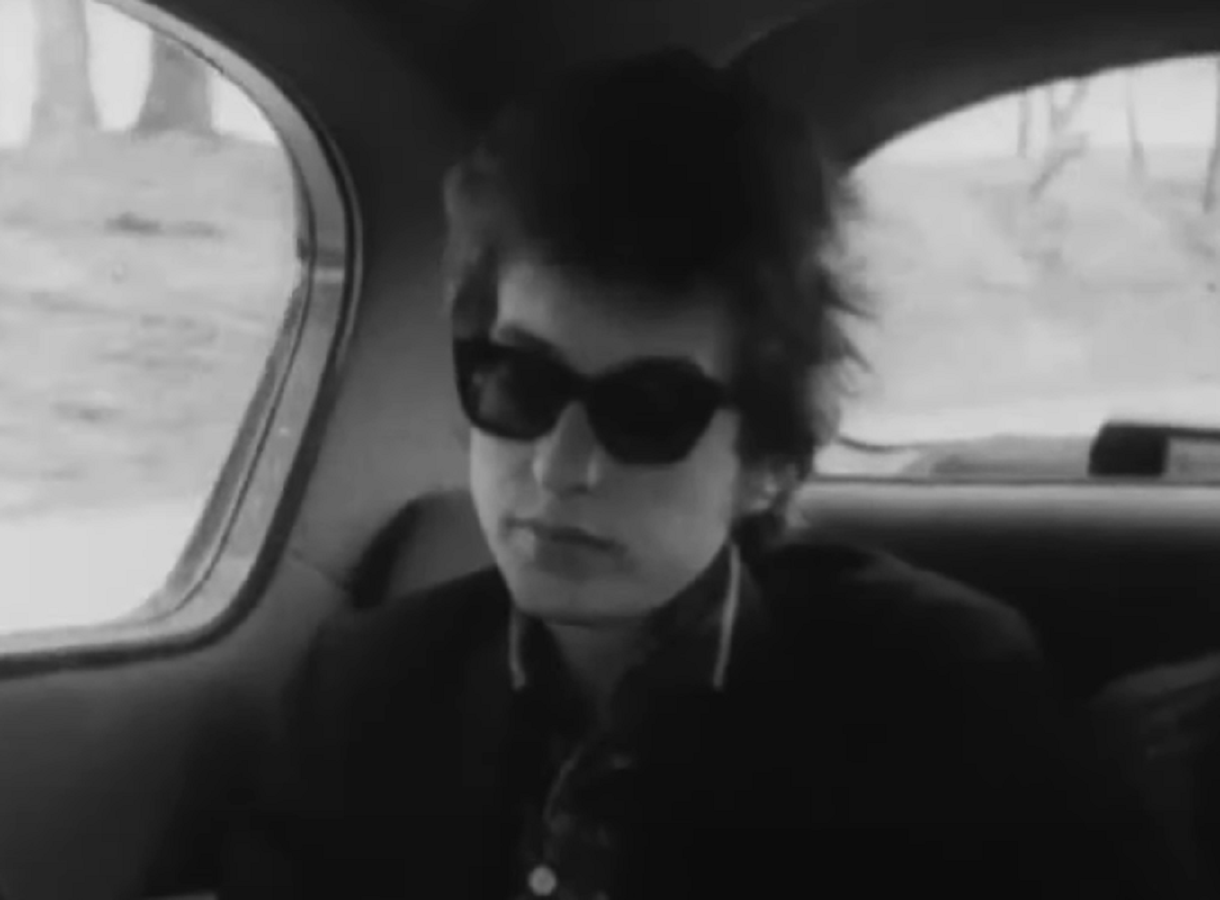 Leacock-Pennebaker, Bob Dylan: Dont Look Back (1967)
Leacock-Pennebaker, Bob Dylan: Dont Look Back (1967)
29. He Cared About Civil Rights
The early 1960s saw Dylan and Baez drawing closer and closer to one another. Not only would Baez share the stage with him at many of her concerts, but both of them became major musical figures in the civil rights movement. Together, they performed during 1963's March on Washington.
But as we'll soon see, both their stunning musical collaboration and passionate affair would come to a crashing end.
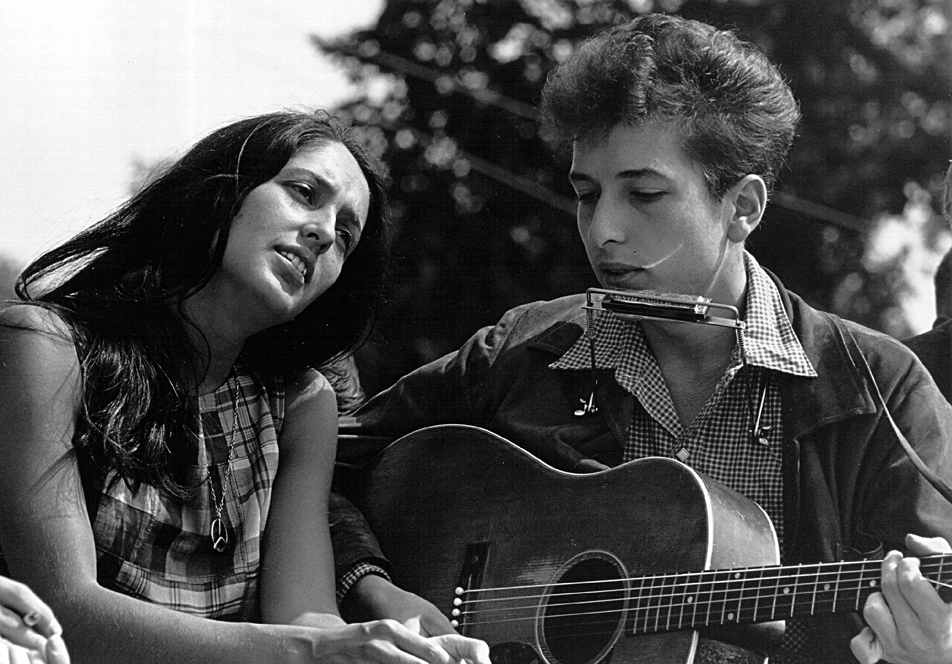 Rowland Scherman, Wikimedia Commons
Rowland Scherman, Wikimedia Commons
30. They Dug Up His Past
Dylan has never been known for being upfront about his personal life. In 1963, a Newsweek journalist pounced on his murky past, and exposed his true origin story. The article explained that "Bob Dylan" wasn't the musician's real name and that he wasn't actually estranged from his family.
Fortunately, this brutal criticism only seemed to add to his mystique.
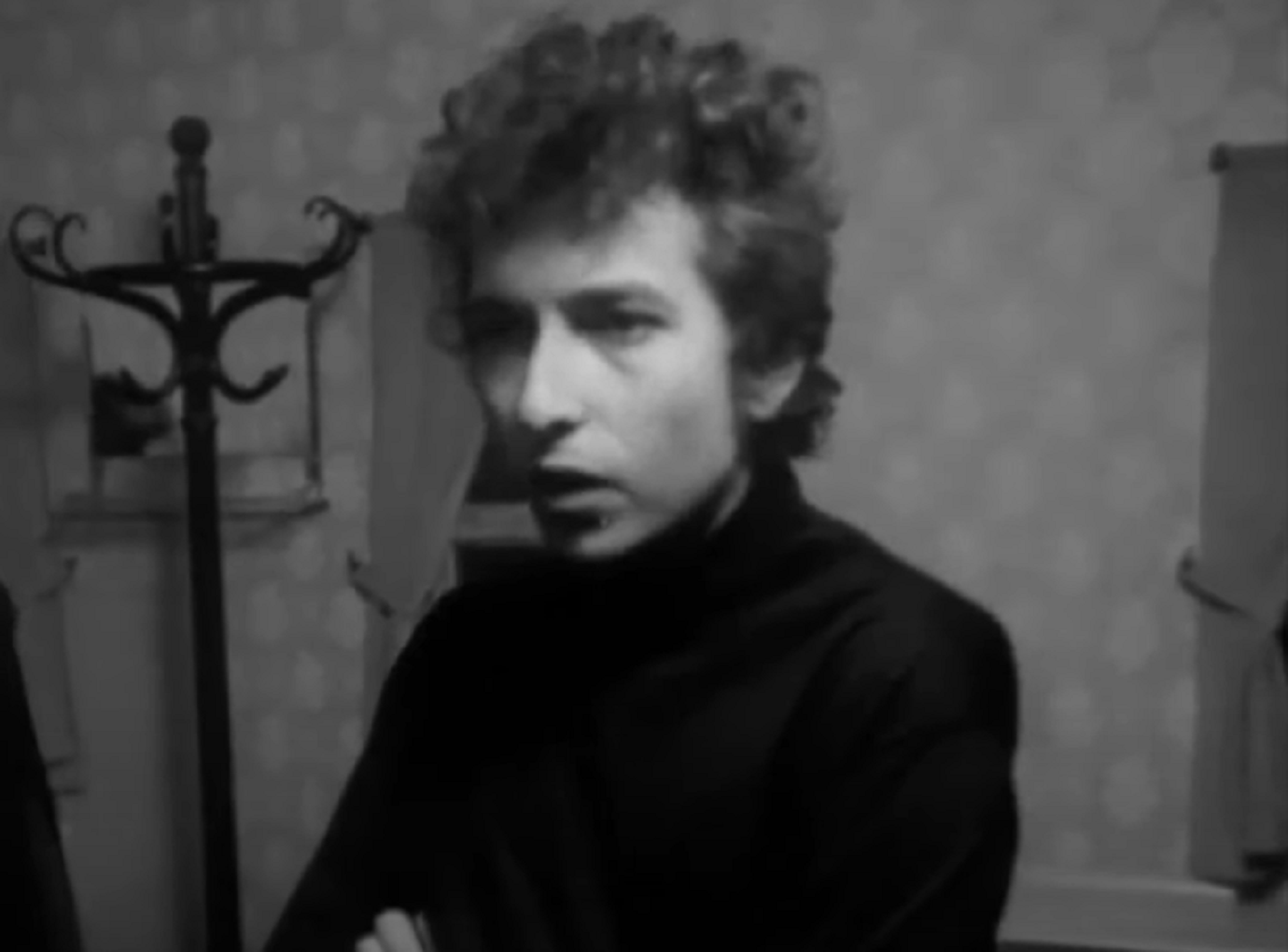 Leacock-Pennebaker, Bob Dylan: Dont Look Back (1967)
Leacock-Pennebaker, Bob Dylan: Dont Look Back (1967)
31. Bob Reached His Limit
As he gained more experience, the counterculture movement began to irritate Dylan. It kept him fixed in the folk space and didn’t allow him to experiment with his music. His fans also lauded him as the face of the movement. His song, “It Ain’t Me Babe,” discusses this attempt to shed that spokesperson identity.
It was only a matter of time before he rebelled.
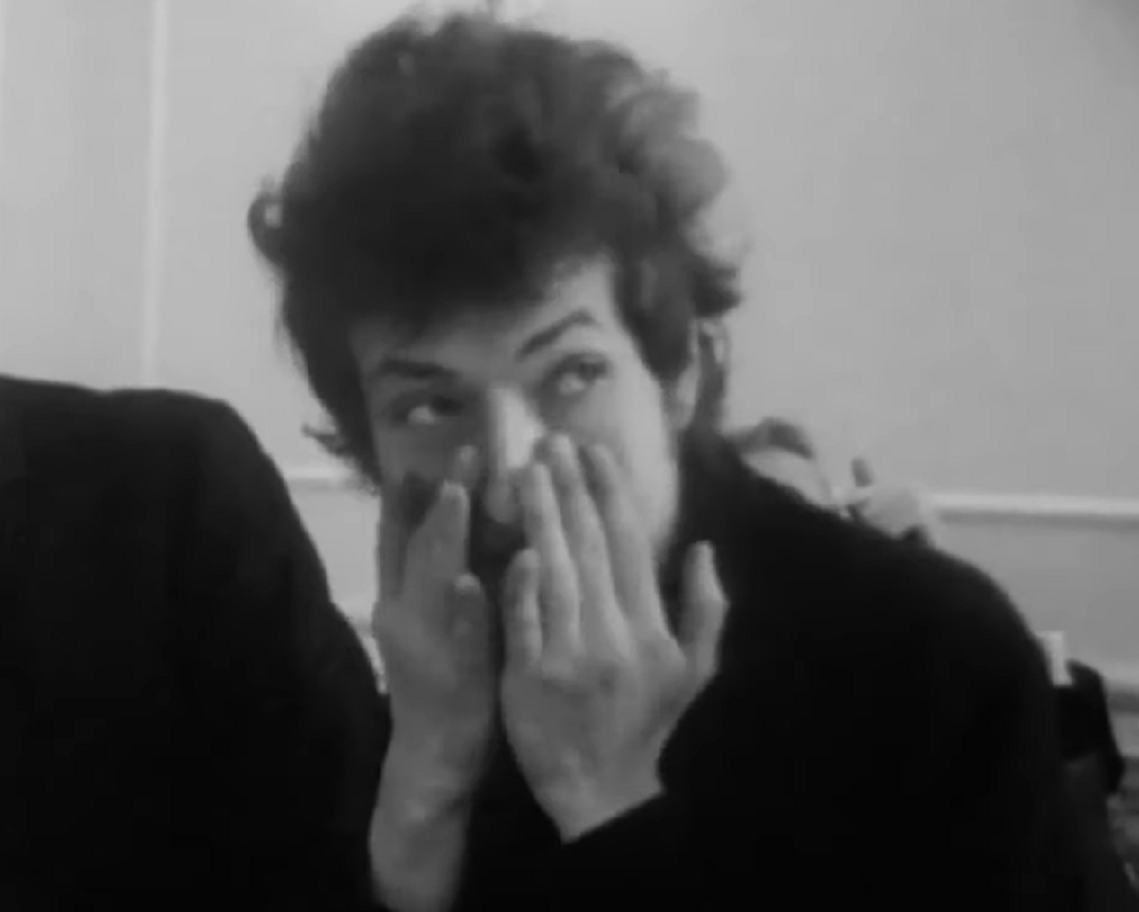 Leacock-Pennebaker, Bob Dylan: Dont Look Back (1967)
Leacock-Pennebaker, Bob Dylan: Dont Look Back (1967)
32. He Felt Used By The Media
Dylan hated being designated as a pinnacle of a movement. He said that after doing interviews here and there, and seeing the headlines the journalists had written, he “felt like a piece of meat that someone had thrown to the dogs". It took something terrifying to get him out of that space.
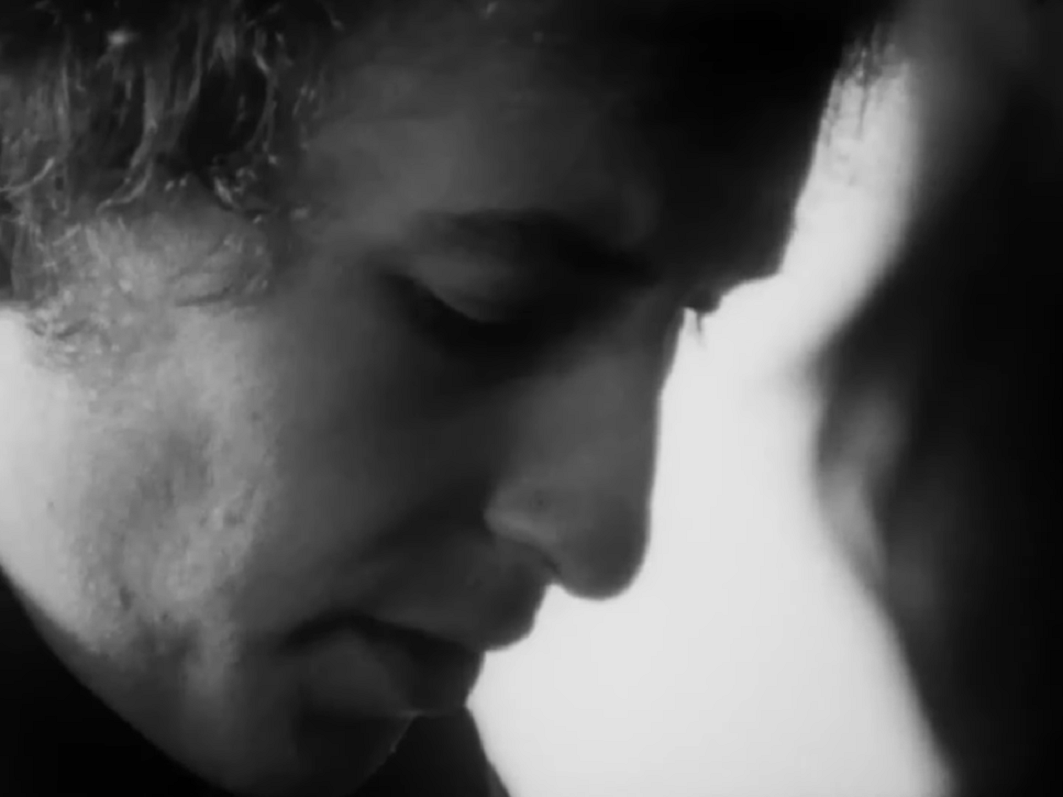 Leacock-Pennebaker, Bob Dylan: Dont Look Back (1967)
Leacock-Pennebaker, Bob Dylan: Dont Look Back (1967)
33. He Made An Inflammatory Comment
During this moment of conflict between what Dylan wanted to do and where he was in his career, he made one of the most inflammatory comments of his career. While accepting an award, he took to the stage. Nobody could have predicted what he said next.
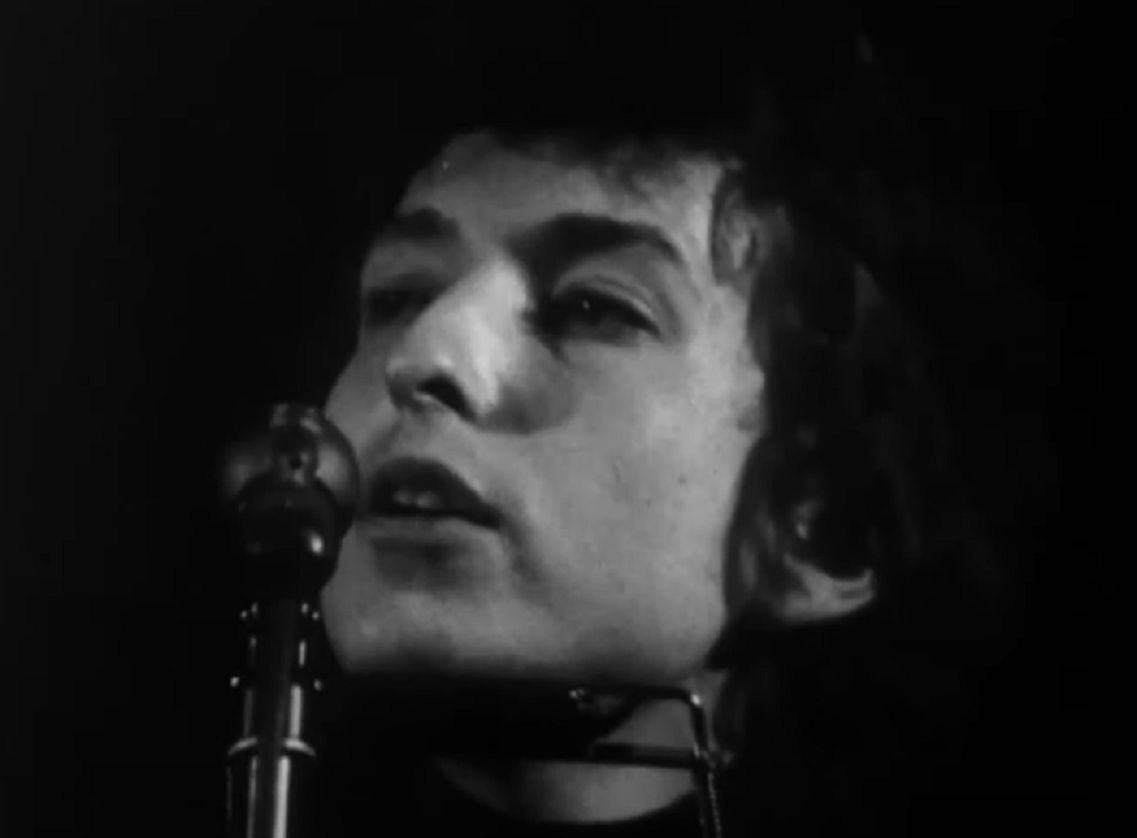 Leacock-Pennebaker, Bob Dylan: Dont Look Back (1967)
Leacock-Pennebaker, Bob Dylan: Dont Look Back (1967)
34. He Compared Himself To An Assassin
Dylan had already drunk a bit too much when he said that he recognized a bit of himself in John F Kennedy’s assassin. Keep in mind, this tragic loss of the president had transpired only weeks earlier. The press took his comments and ran with them.
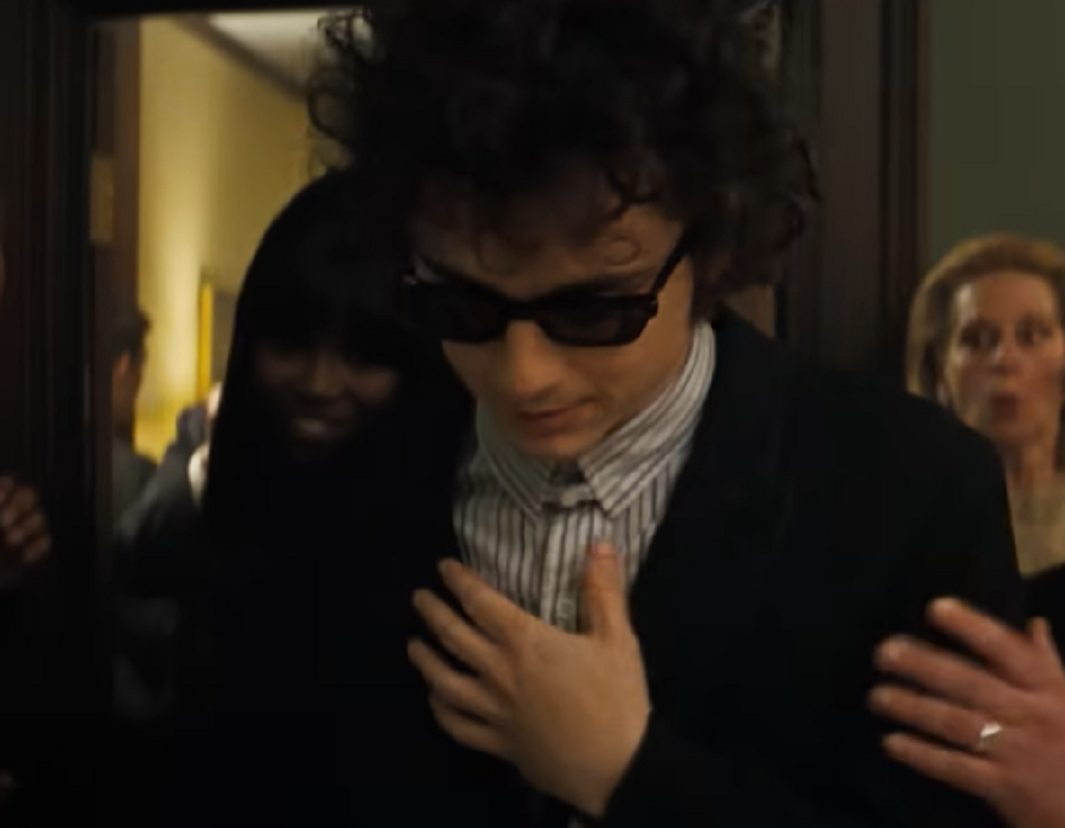 Searchlight Pictures, A Complete Unknown (2024)
Searchlight Pictures, A Complete Unknown (2024)
35. He Refused To Apologize
Though his words about JFK's assassin caused so much upset, Dylan himself was pretty unabashed about the whole incident. He eventually responded to the criticisms, saying, "I do not apologize for any statement which led some to believe ‘Oh my God! I think he’s the one that really shot the president'".
Sensational moments like this made it quite obvious that Bob Dylan marched to the beat of his own drum.
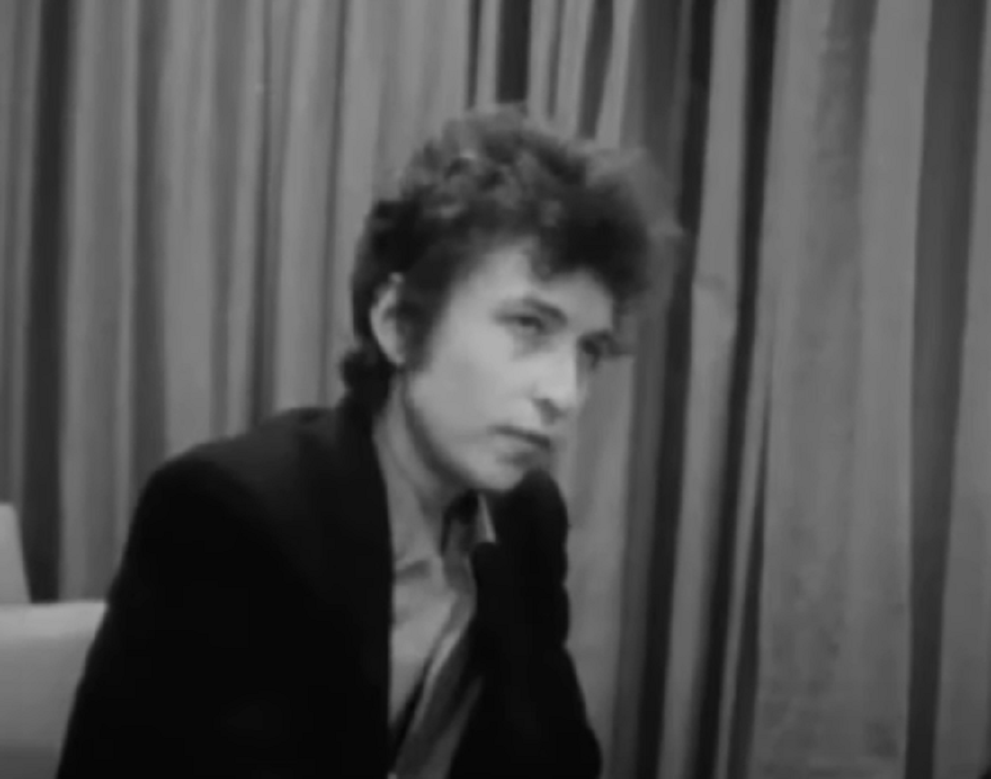 Leacock-Pennebaker, Bob Dylan: Dont Look Back (1967)
Leacock-Pennebaker, Bob Dylan: Dont Look Back (1967)
36. He And Joan Baez Were Extremely Different
Though Dylan usually subverted expectations, in other ways, he was very much the substance-addled celebrity. In this way, he was quite different from his famous girlfriend, Joan Baez, who didn't indulge in drugs. This stark difference between their lifestyles was only one part of the messy equation.
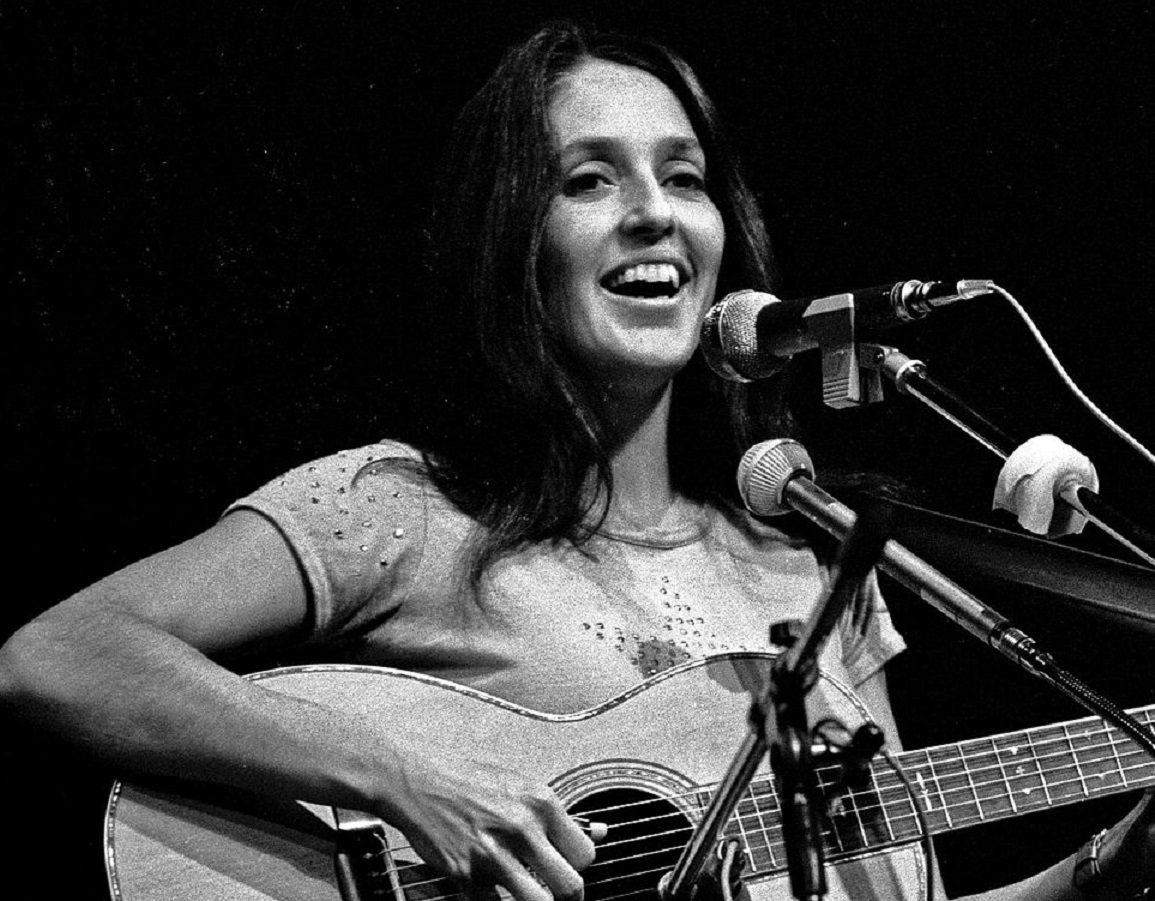 Heinrich Klaffs, CC BY-SA 2.0, Wikimedia Commons
Heinrich Klaffs, CC BY-SA 2.0, Wikimedia Commons
37. They Grew Apart
Baez, who reportedly kept on the straight and narrow, began to feel distanced from Dylan and the many musicians in their lives. Another point of contention between them was how they approached politics. Though Dylan spoke out through his music, sources say Baez wanted him to take involvement even further.
When the final nail in the coffin came—it was utterly devastating.
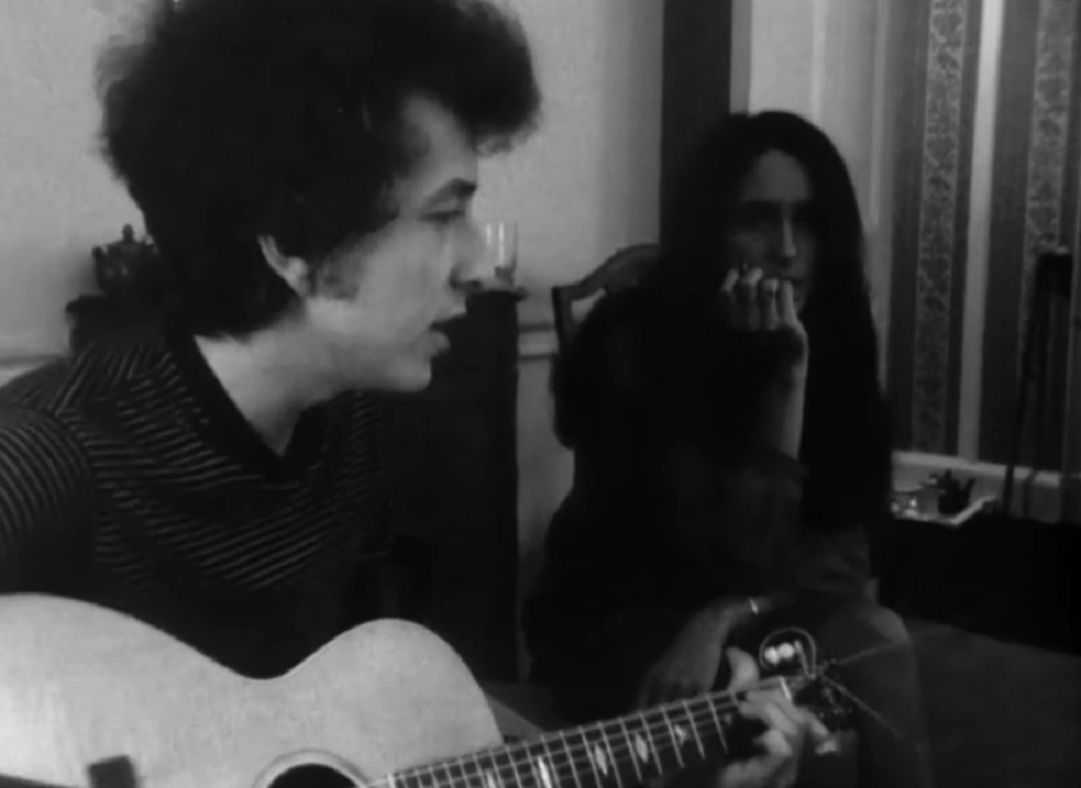 Leacock-Pennebaker, Bob Dylan: Dont Look Back (1967)
Leacock-Pennebaker, Bob Dylan: Dont Look Back (1967)
38. He Took Her On Tour
1965 was the year Dylan's life turned topsy-turvy. For one, his relationship with Baez took a brutal turn after he extended an invitation to her to come along on his tour through England. It was during this tour that he dealt her a pretty stinging betrayal.
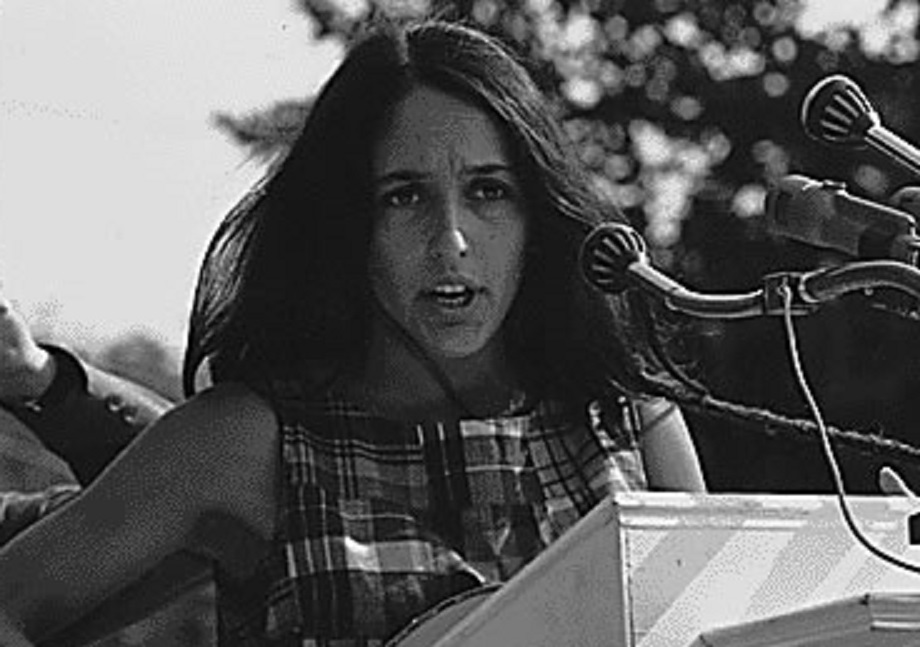 pingnews.com, Wikimedia Commons
pingnews.com, Wikimedia Commons
39. He Turned His Back On Her
For some reason, though Dylan had been the one to invite Baez, he mysteriously refused to share the spotlight with her. It left her feeling utterly confused and hurt: "I just sort of trotted around, wondering why Bob wouldn't invite me onstage, feeling very sorry for myself, getting very neurotic and not having the brains to leave and go home".
But as we'll see, this wasn't the end of their story.
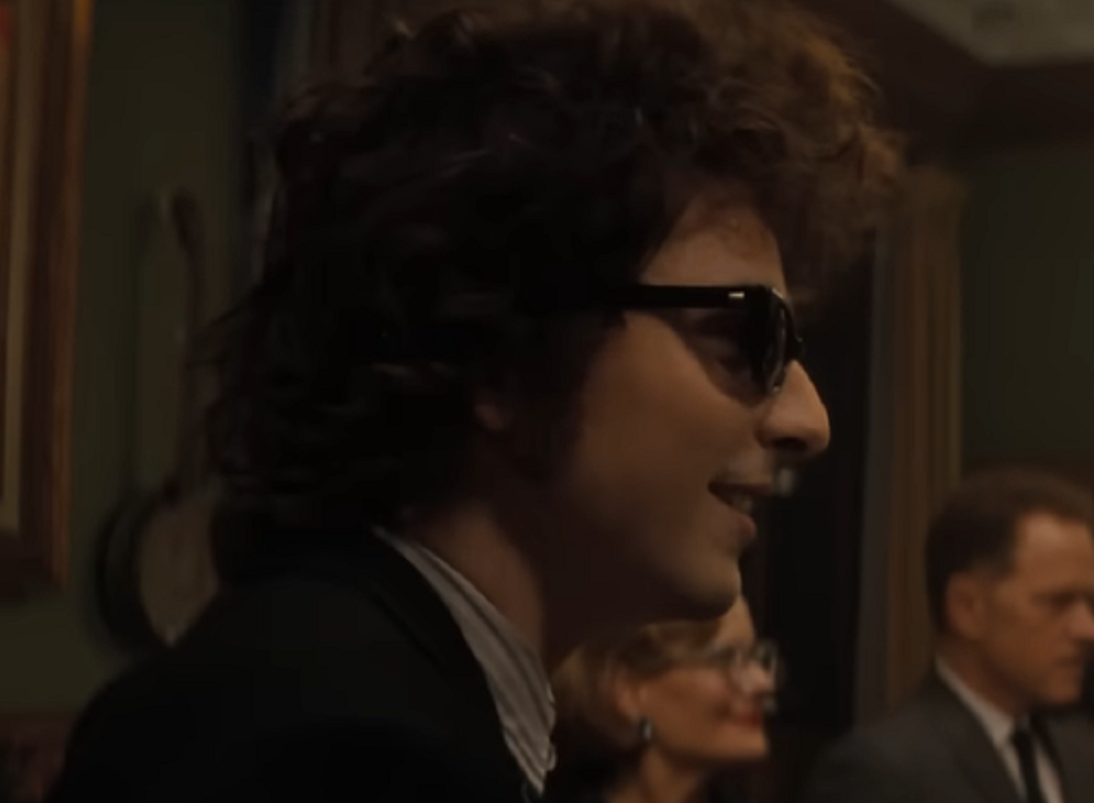 Searchlight Pictures, A Complete Unknown (2024)
Searchlight Pictures, A Complete Unknown (2024)
40. He Changed His Style
In late 1964, Dylan’s vibe had pivoted completely. He went from down-to-earth singer-songwriter for the every-person to folk-inspired pop star. But that wasn't the only change.
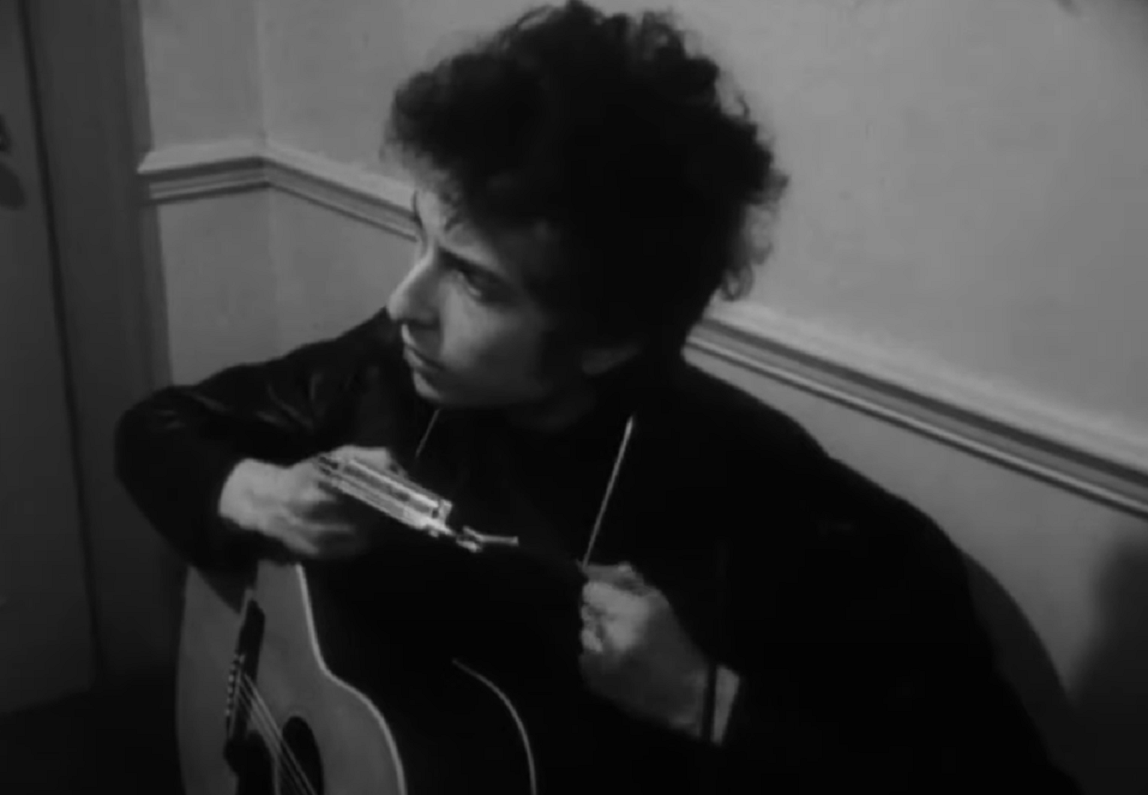 Leacock-Pennebaker, Bob Dylan: Dont Look Back (1967)
Leacock-Pennebaker, Bob Dylan: Dont Look Back (1967)
41. He Changed His Look
Dylan's aesthetic also evolved, both in regards to sound and clothing, which became far more colorful. A London reporter called him “an undernourished cockatoo". He became unreadable but completely recognizable—always wearing sunglasses and sporting a hairdo of riotous curls.
But many of his fans were not on board with the new path Dylan had swerved into.
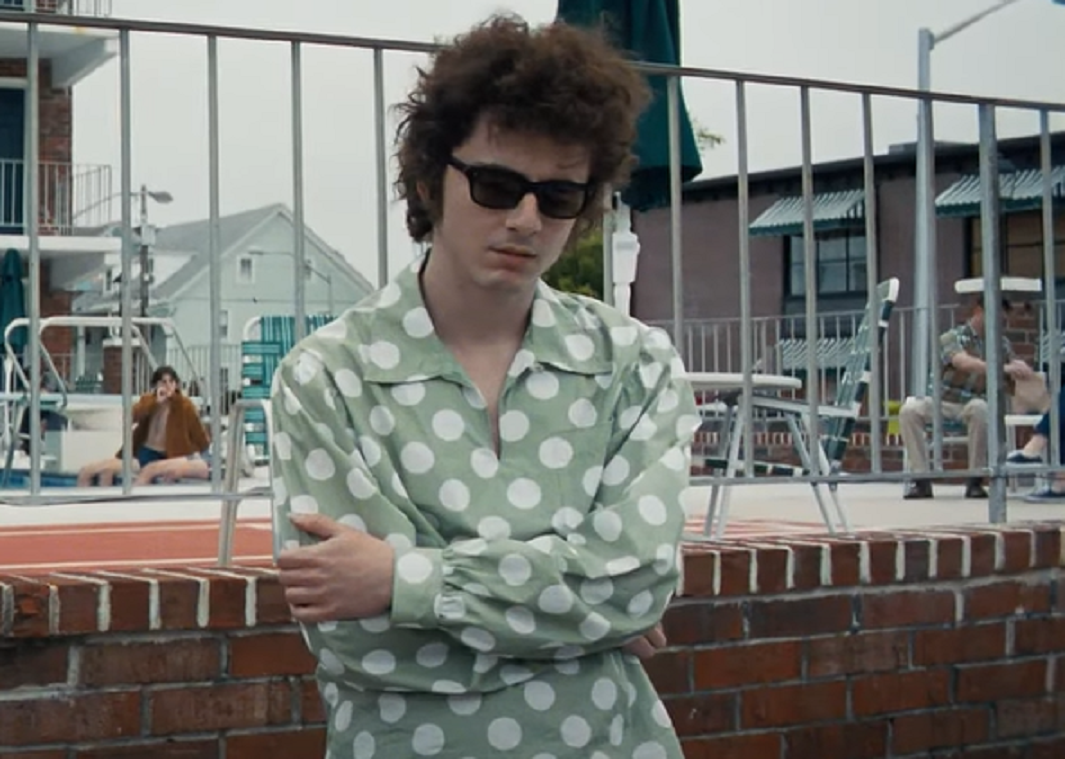 Searchlight Pictures, A Complete Unknown (2024)
Searchlight Pictures, A Complete Unknown (2024)
42. He Made A Risky Play
It was at this point that Dylan faced one of the biggest controversies of his career. It happened publicly on stage at the 1965 Newport Folk Festival, where he'd previously performed in 1963 and 1964. These events are semi-loyally represented in the new Bob Dylan biopic, A Complete Unknown.
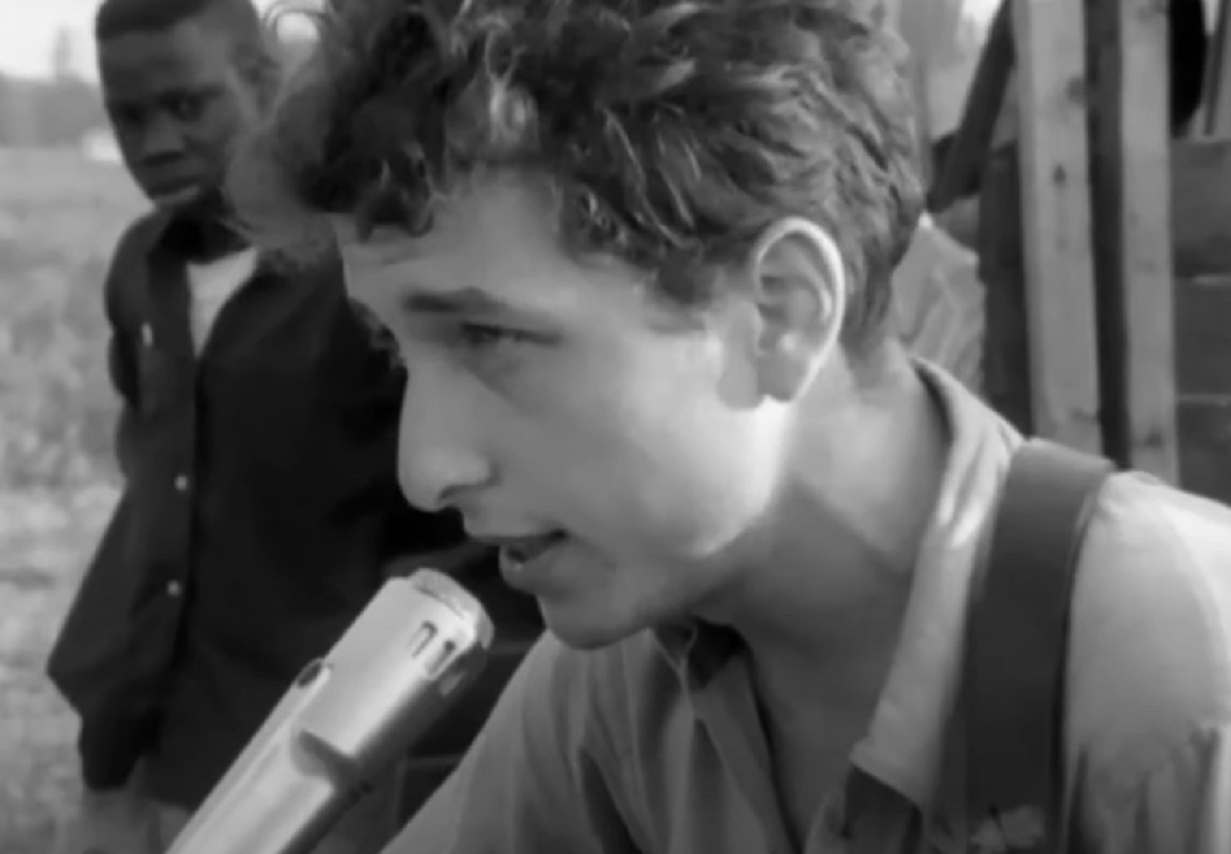 Leacock-Pennebaker, Bob Dylan: Dont Look Back (1967)
Leacock-Pennebaker, Bob Dylan: Dont Look Back (1967)
43. His Reputation Was Already On The Rocks
You see, Dylan had received his first peppering of criticisms in 1964, where his antics and dismissive nature weren’t well received. One critic said, “being stoned had rarely prevented his giving winning performances, but he was clearly out of control". But the audience had even more ire for him the following year.
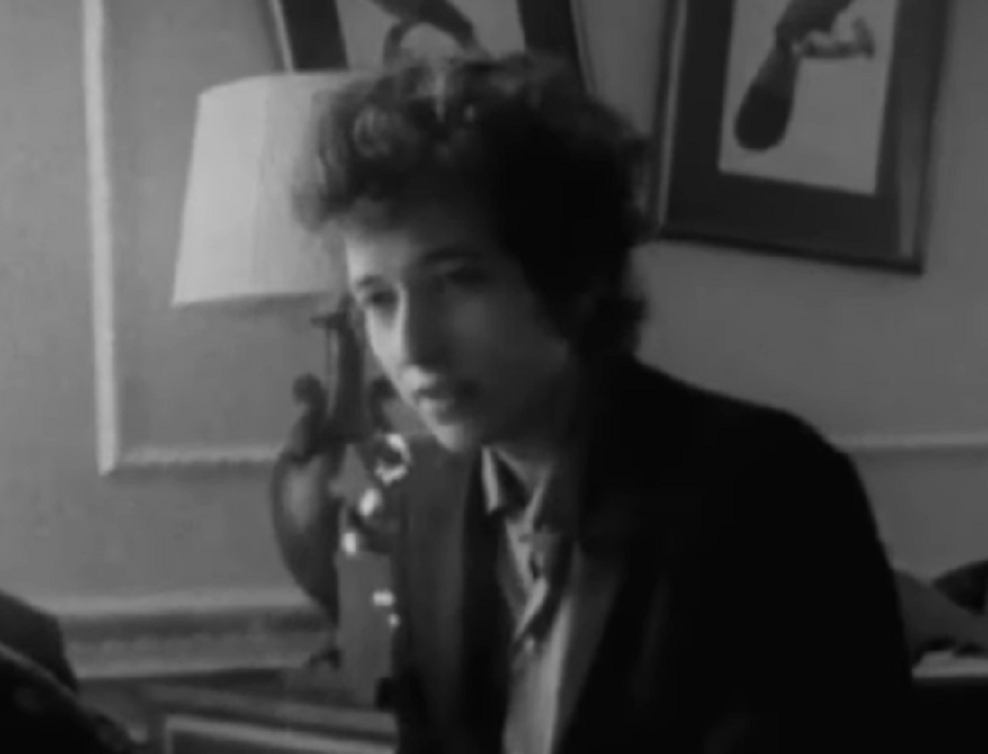 Leacock-Pennebaker, Bob Dylan: Dont Look Back (1967)
Leacock-Pennebaker, Bob Dylan: Dont Look Back (1967)
44. He Went Electric
In 1965, Dylan made the eyebrow-raising decision to infuse his fifth album, Bringing It All Back Home, with a rock flavor. The first side of the album had recordings featuring electric instruments, while the second side retained his acoustic sound.
Just months later, this new electric sound would make waves at the Newport Folk Festival.
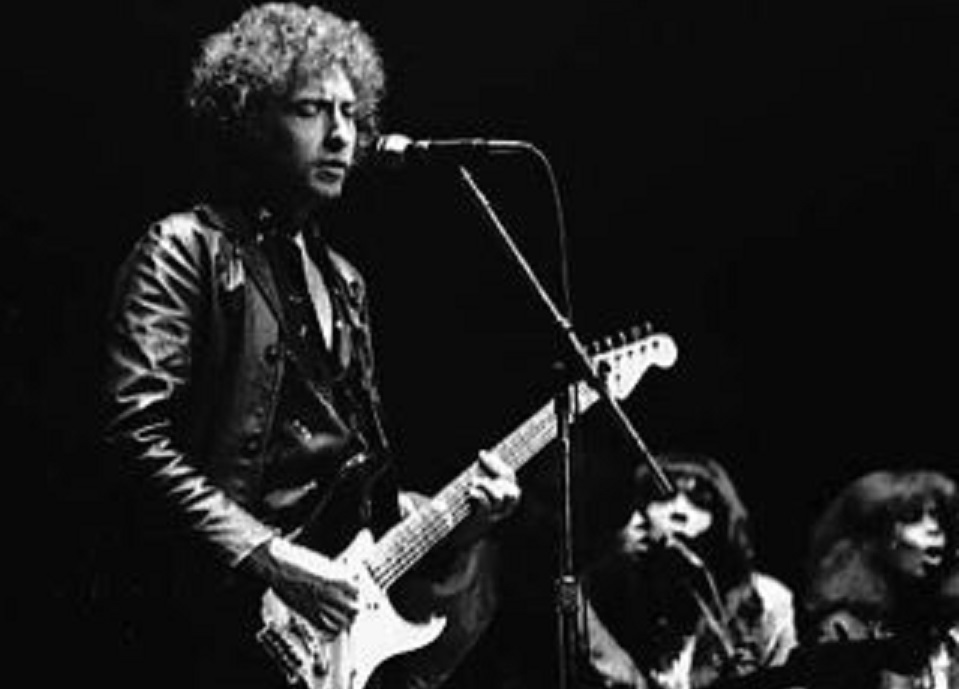 Jean-Luc Ourlin, CC BY-SA 2.0, Wikimedia Commons
Jean-Luc Ourlin, CC BY-SA 2.0, Wikimedia Commons
45. He Made A Shocking Last-Minute Change
The Newport Folk Festival became Dylan's opposition. Reportedly, he became utterly incensed by the patronizing way its organizer had introduced another band, the Paul Butterfield Blues Band. That's when he decided to throw caution to the wind.
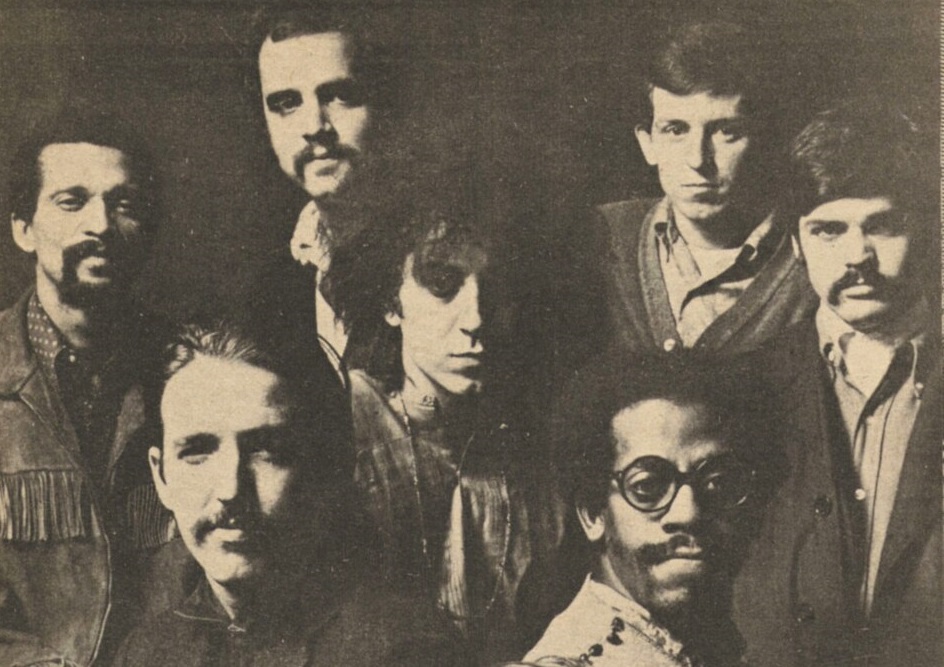 Seattle Public Library, Wikimedia Commons
Seattle Public Library, Wikimedia Commons
46. He Switched Things Up
The night before his headlining set, Dylan decided that he would perform with a fully amplified band. This would be a major shock to audiences who expected Dylan to perform as usual—with just his harmonica and guitar. Everyone was in for a major surprise.
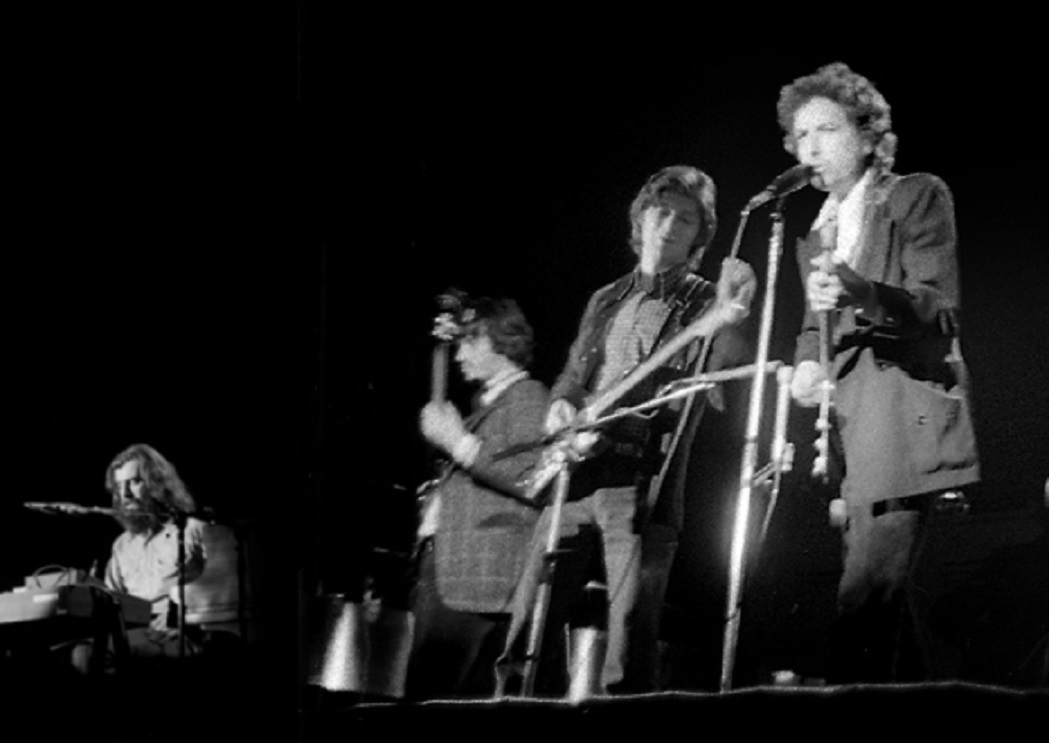 Hugh Shirley Candyside, CC BY-SA 2.0, Wikimedia Commons
Hugh Shirley Candyside, CC BY-SA 2.0, Wikimedia Commons
47. He Didn’t Follow The Unspoken Rules
The next day, as Dylan headlined the festival, he abandoned the acoustic guitar for an electric Fender Stratocaster. Everyone said he was “going electric” and the audience had terrible things to say about it.
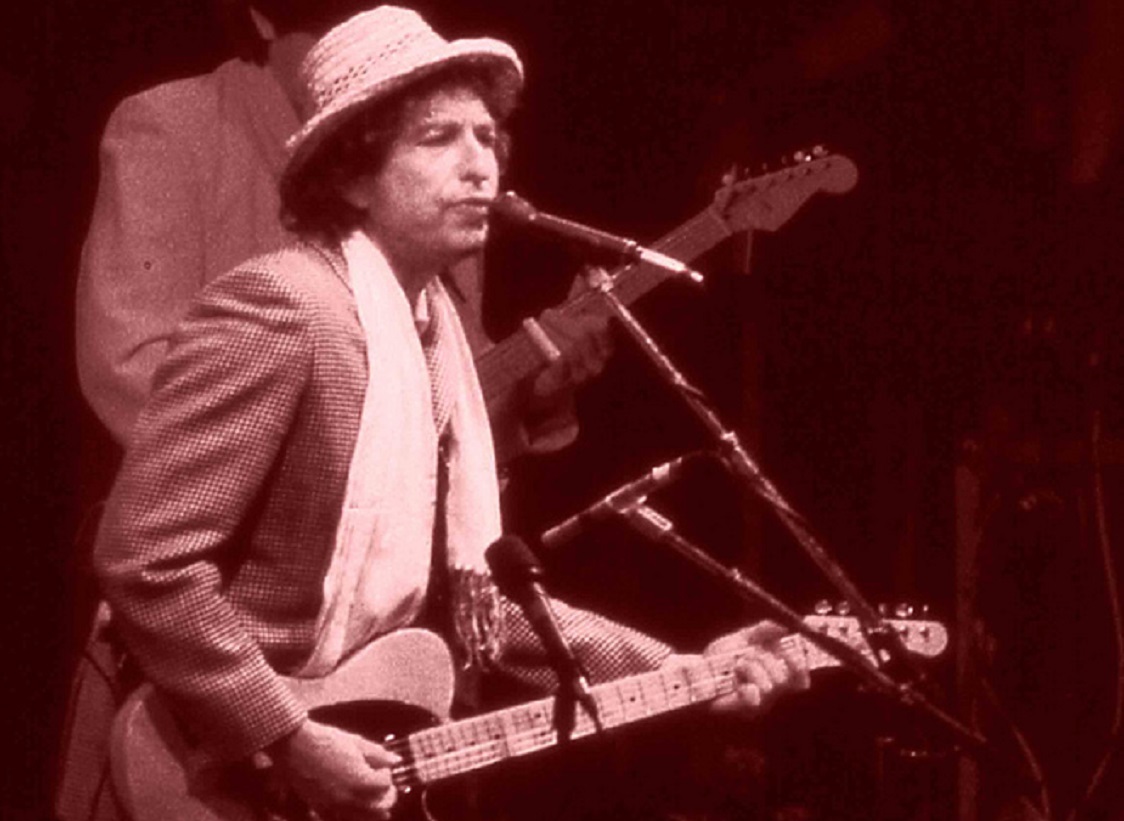 Chris Hakkens, CC BY 2.0, Wikimedia Commons
Chris Hakkens, CC BY 2.0, Wikimedia Commons
48. He Enraged His Fans
Met with an onslaught of both cheers and boos, Dylan left the stage after only three songs. His folk following claimed the electric guitar alienated them, and the brief set left audience members upset about spending so much money on such a short-lived performance.
However, Dylan wasn't done quite yet.
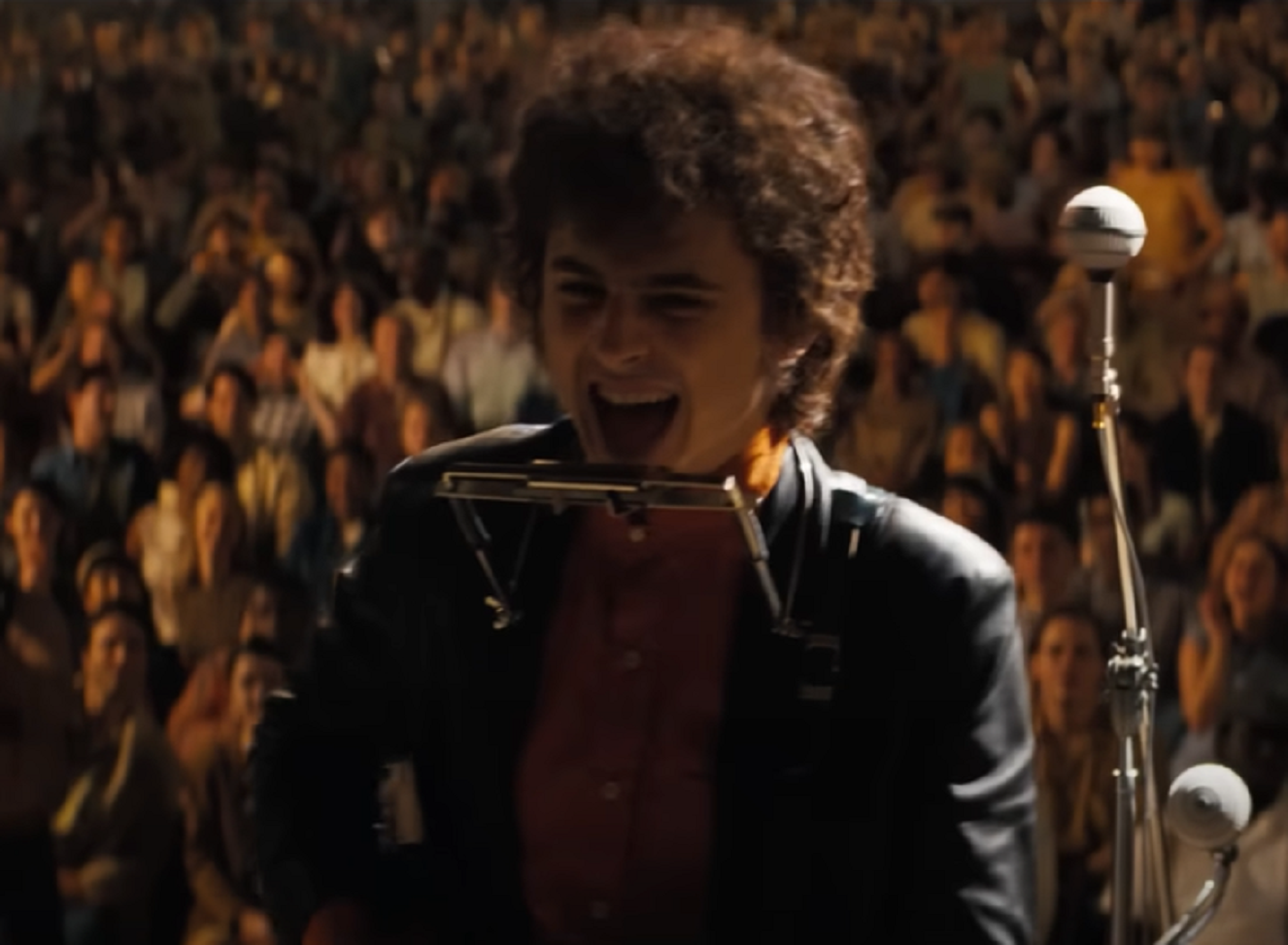 Searchlight Pictures, A Complete Unknown (2024)
Searchlight Pictures, A Complete Unknown (2024)
49. He Returned To The Stage
Emcee Peter Yarrow wouldn’t let Dylan leave. He begged the singer to return to the stage. Dylan agreed, and he performed two songs on his acoustic guitar. However, this unforgettable night marked one of the biggest shifts in his career.
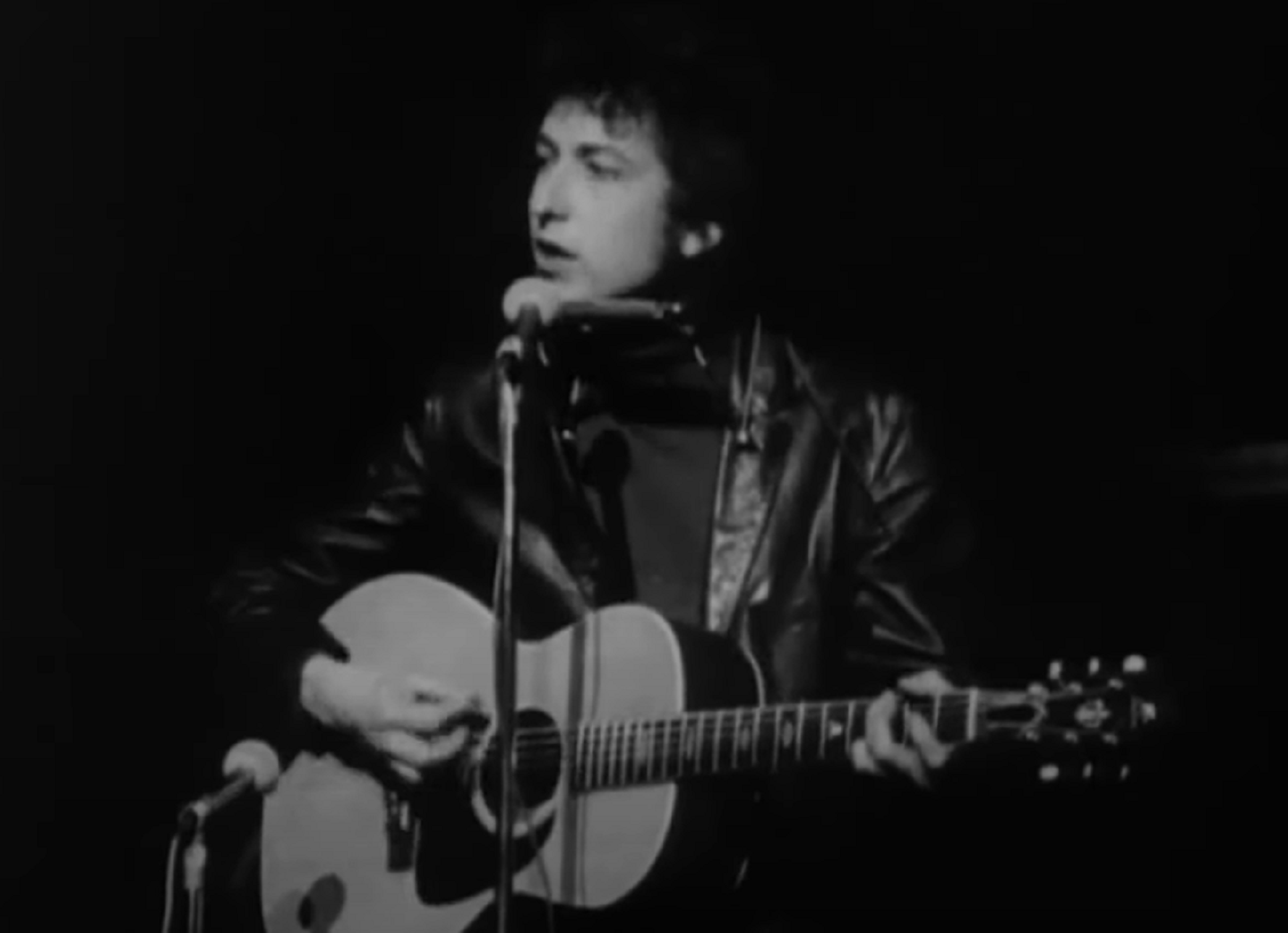 Leacock-Pennebaker, Bob Dylan: Dont Look Back (1967)
Leacock-Pennebaker, Bob Dylan: Dont Look Back (1967)
50. He Had No Sympathy For Them
Later that year, when asked if he was surprised by the audience's outcry, Dylan said, “...they must be pretty rich, to be able to go some place and boo. I couldn’t afford it if I was in their shoes”. He didn’t have much patience for an audience who had the nerve to boo the headliner.
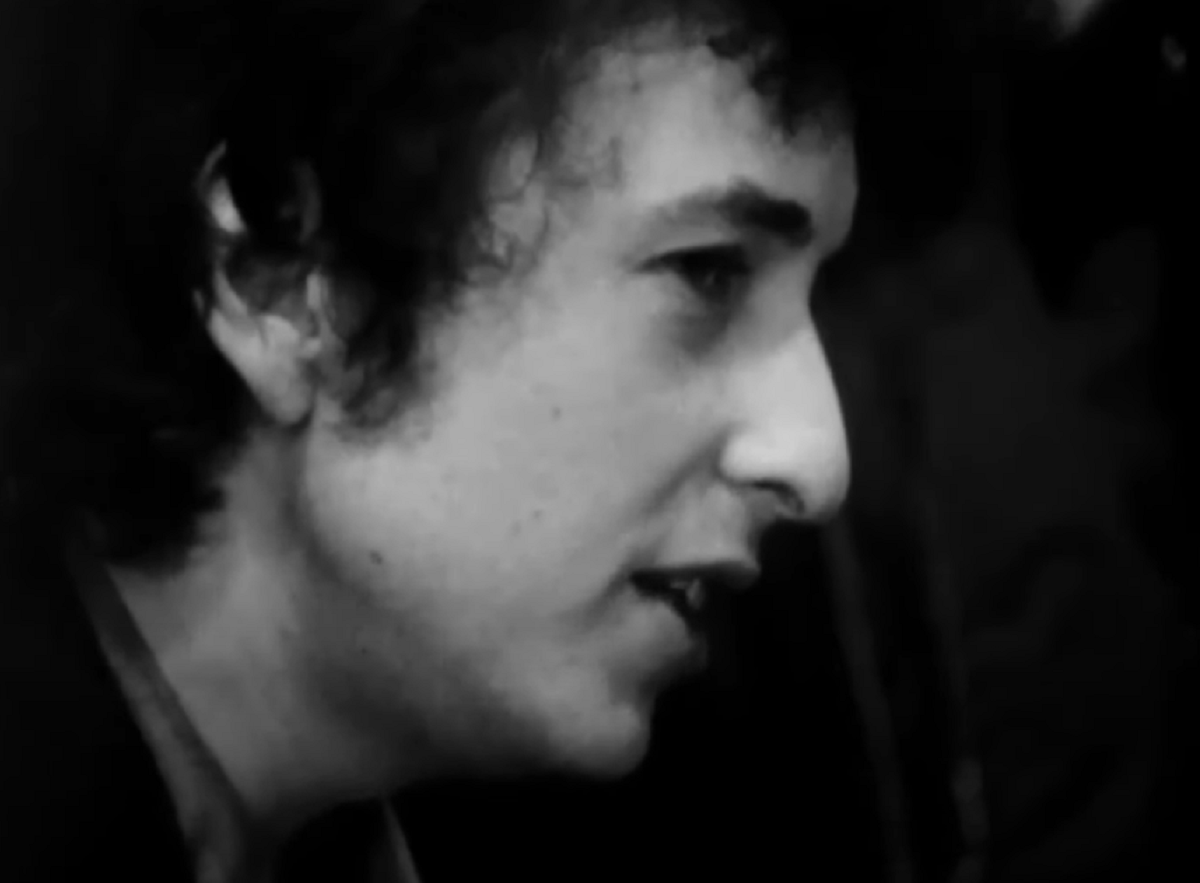 Leacock-Pennebaker, Bob Dylan: Dont Look Back (1967)
Leacock-Pennebaker, Bob Dylan: Dont Look Back (1967)
51. He Held A Longstanding Grudge
After what happened in 1965, Bob Dylan refused to play at the festival. In fact, he refused for 37 years, and only agreed to perform in 2002 while wearing a phony beard and wig. Another quintessential and subversive Bob Dylan moment.
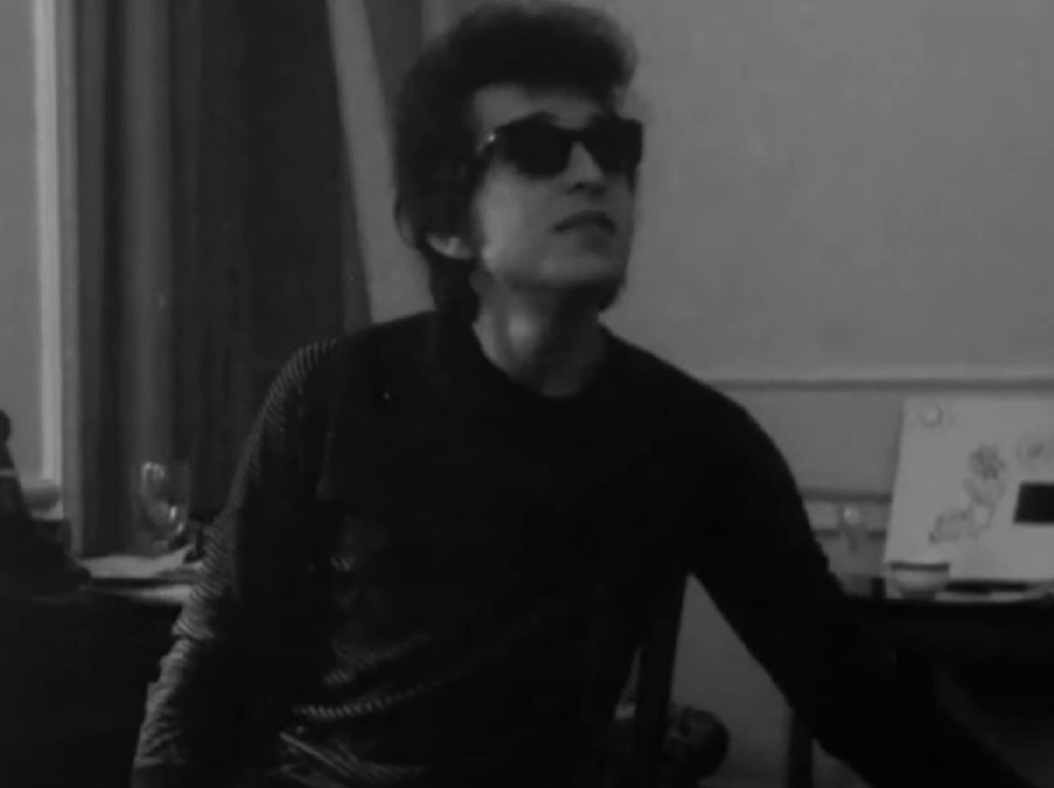 Leacock-Pennebaker, Bob Dylan: Dont Look Back (1967)
Leacock-Pennebaker, Bob Dylan: Dont Look Back (1967)
52. He Pushed Back Against The Folk Counterculture
After his infamous performance at the Newport Folk Festival, it would seem that Dylan unleashed his frustration in the recording studio. The track “Positively 4th Street" seemed to be an expression of distrust. It also offered up criticisms of his former friends from the folk world. You can practically hear Dylan reaching the end of his rope.
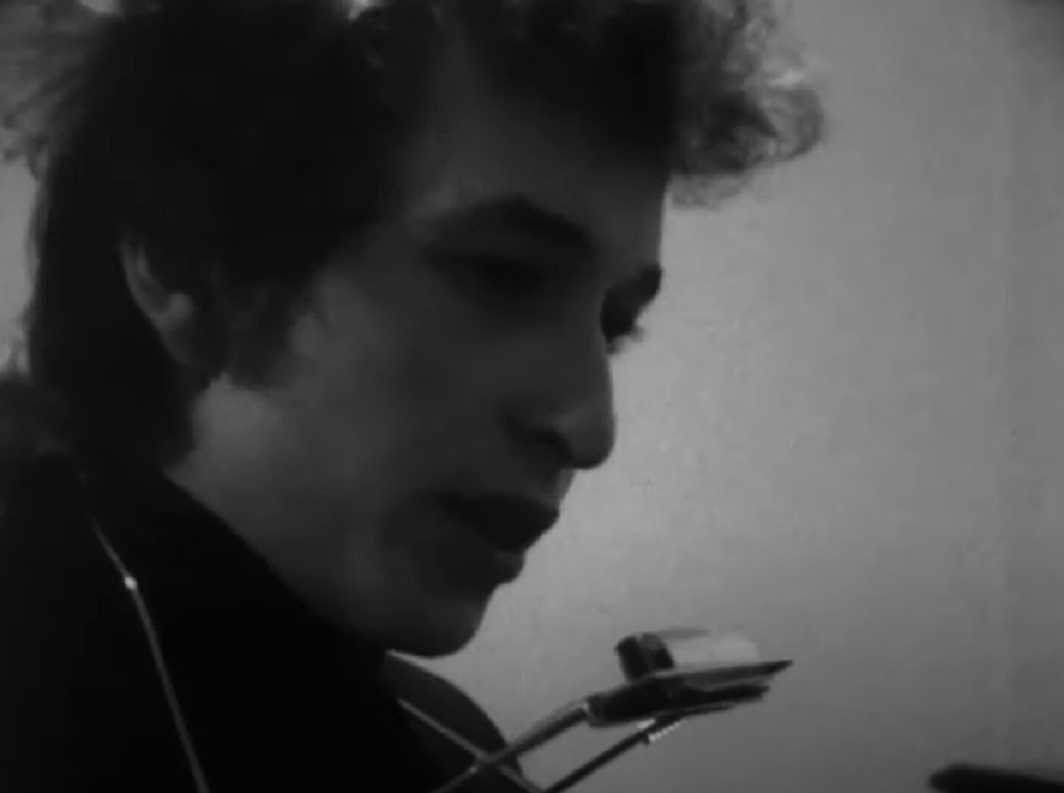 Leacock-Pennebaker, Bob Dylan: Dont Look Back (1967)
Leacock-Pennebaker, Bob Dylan: Dont Look Back (1967)
53. He Met His First Wife
By this time, Dylan had a new love in his life, Sara Lownds, a model and secretary he'd met back in 1964 when he was still involved with Joan Baez. Sara herself had been a married woman. The spark between them, however, would cause them to each push their current lovers to the side.
Dylan effectively broke Baez's heart, and quickly moved on with Lownds.
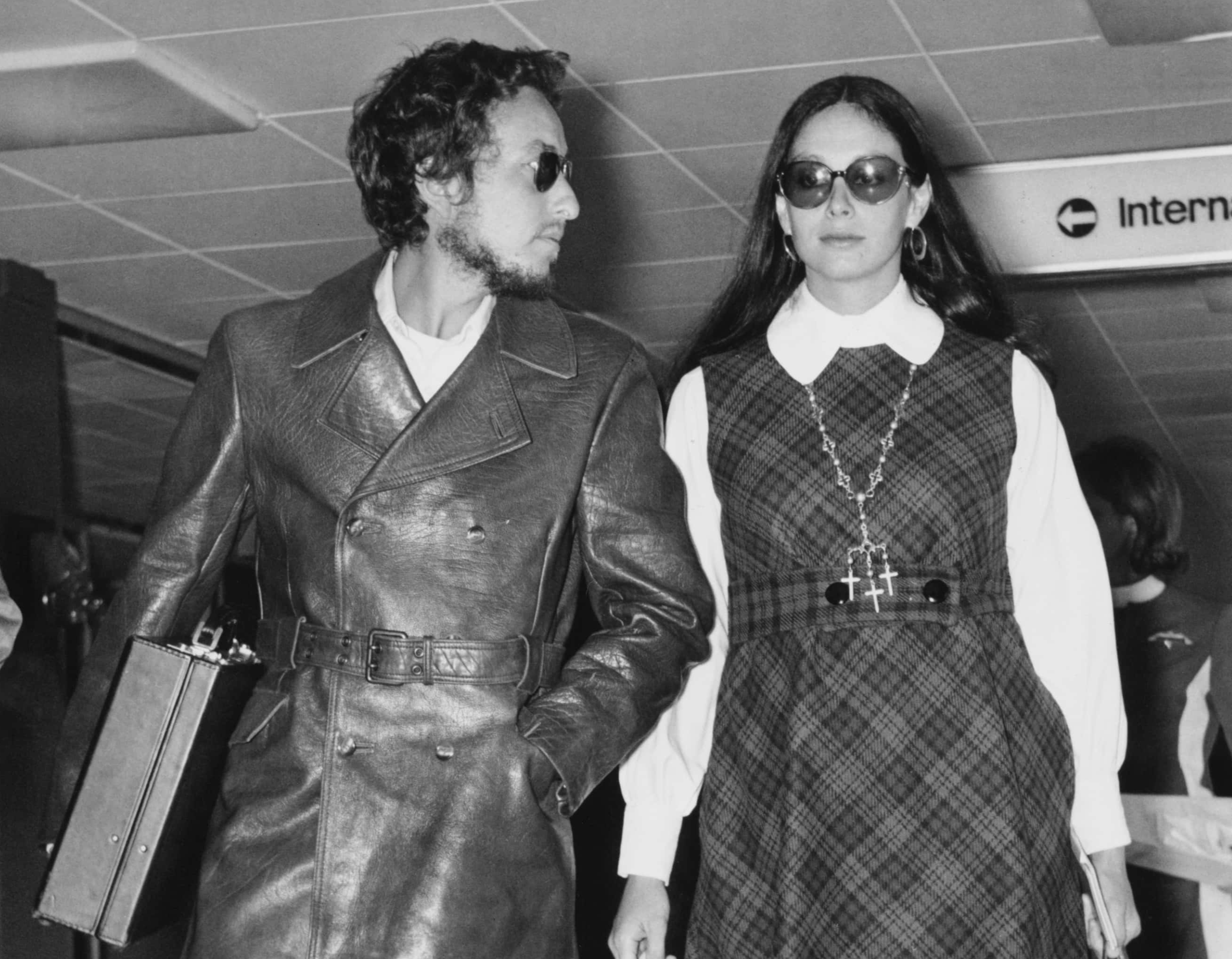 Evening Standard, Getty Images
Evening Standard, Getty Images
54. He Moved Into The Chelsea Hotel
Things got so serious that Dylan and Sara wound up living in the same building for proximity's sake—none other than the famous Chelsea Hotel in New York. But in 1965, Dylan took their relationship a step further.
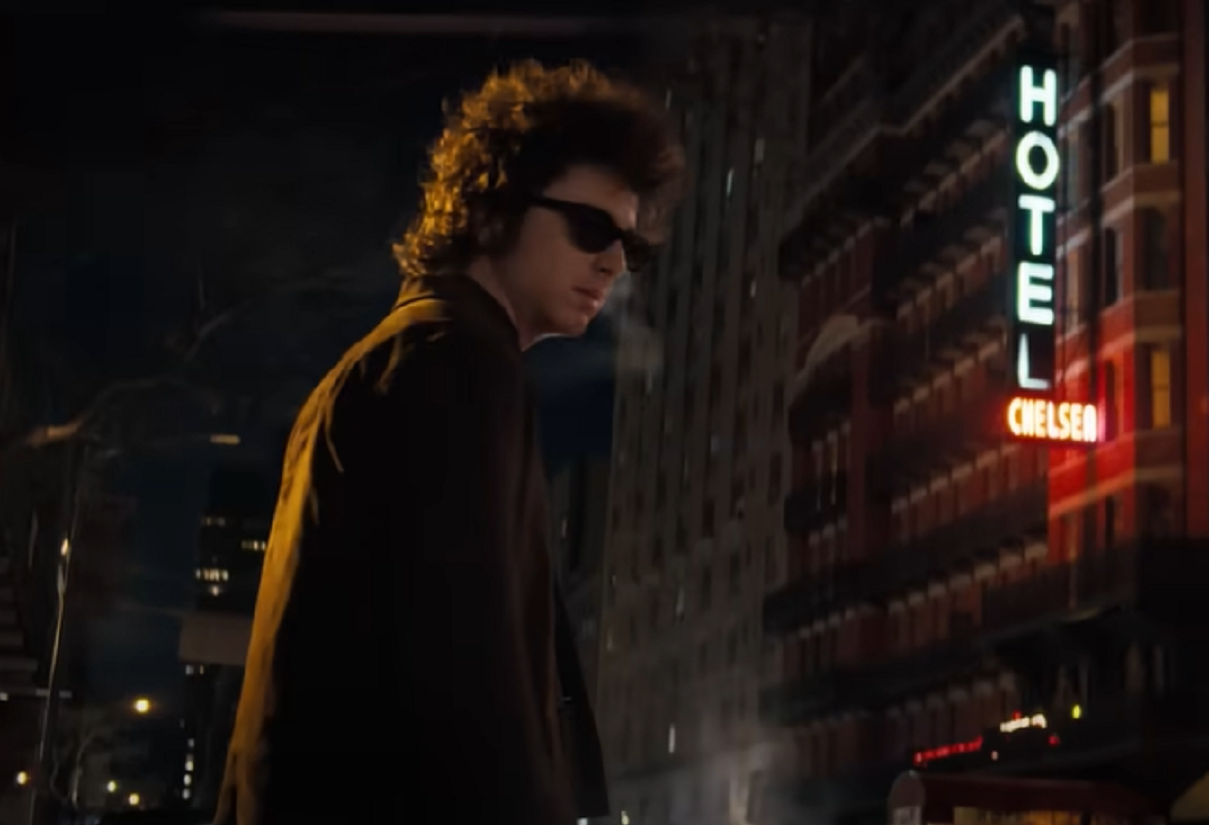 Searchlight Pictures, A Complete Unknown (2024)
Searchlight Pictures, A Complete Unknown (2024)
55. He Became A Father
Up until this point, Dylan's love life had been quite fraught. After all, he was no stranger to affairs and dramatic breakups. But with Sara, he decided to fully commit to her, marrying her in November of that year. What's more? She was already pregnant with his first child.
Both his professional and personal life were at an all-time high... Then 1966 arrived—and brought tragedy with it.
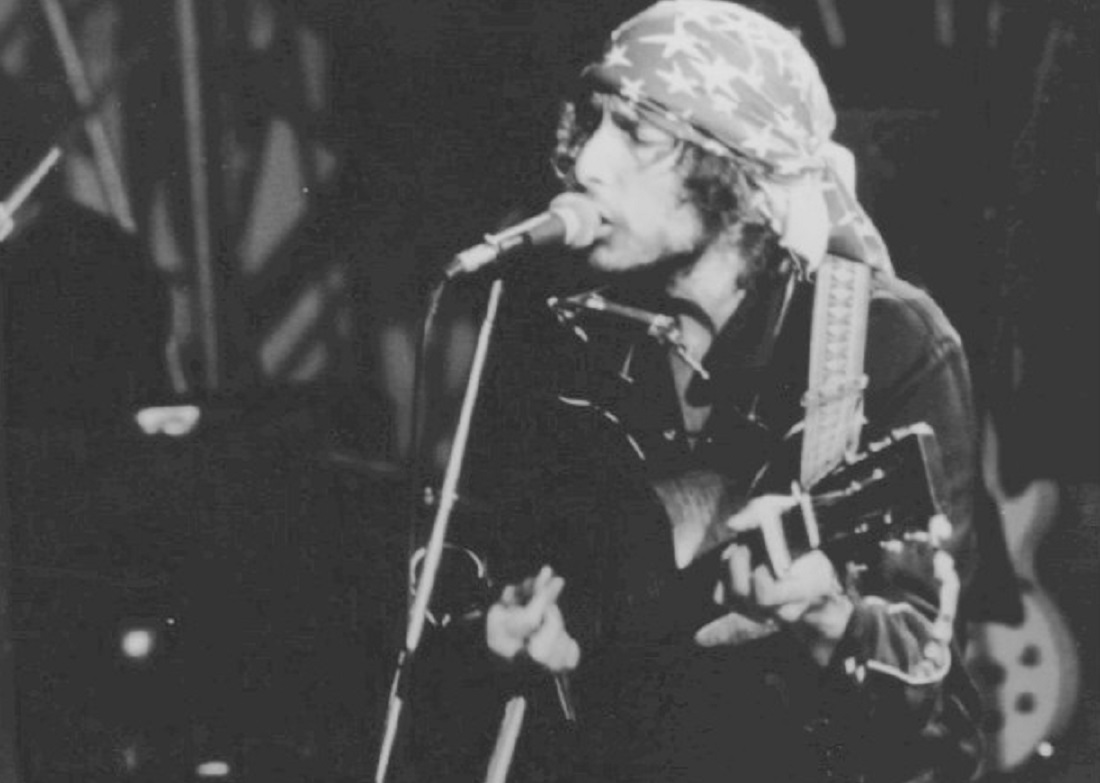 NBC Television, Wikimedia Commons
NBC Television, Wikimedia Commons
56. He Crashed His Motorcycle
Dylan and his growing family were living in Woodstock, New York when the musician got into a horrifying accident. While riding his motorcycle—a Triumph Tiger 100—Dylan crashed it. Sadly, he didn't escape unscathed.
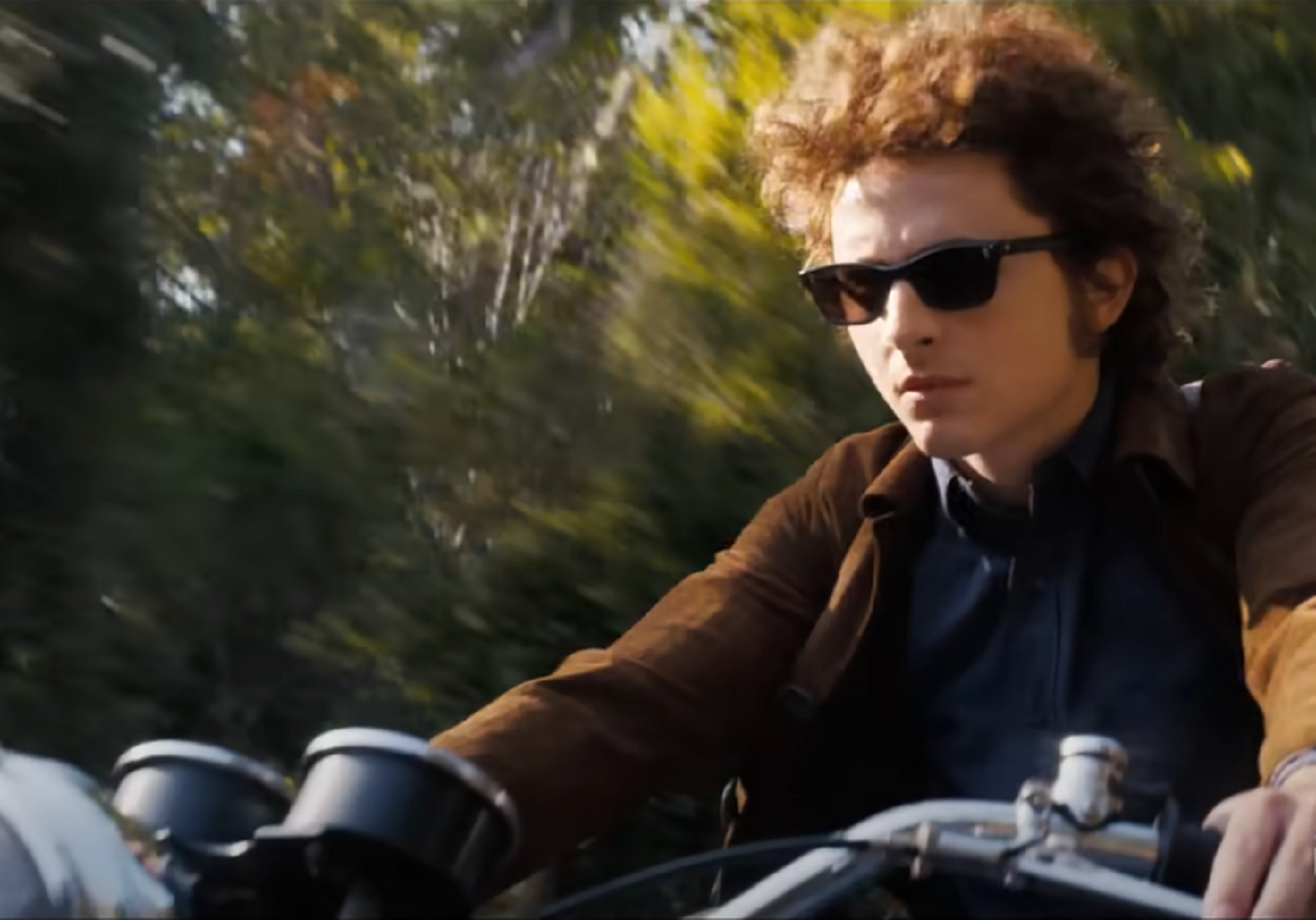 https://www.searchlightpictures.com/
https://www.searchlightpictures.com/
57. He Injured His Neck
Dylan's neck bore the brunt of the impact, and several of his vertebrae broke. Reportedly, though, no one contacted emergency services. Despite his painful injuries, it would seem that he never sought medical attention. The healing process required a generous amount of his precious time, but Dylan was more than willing to take the opportunity.
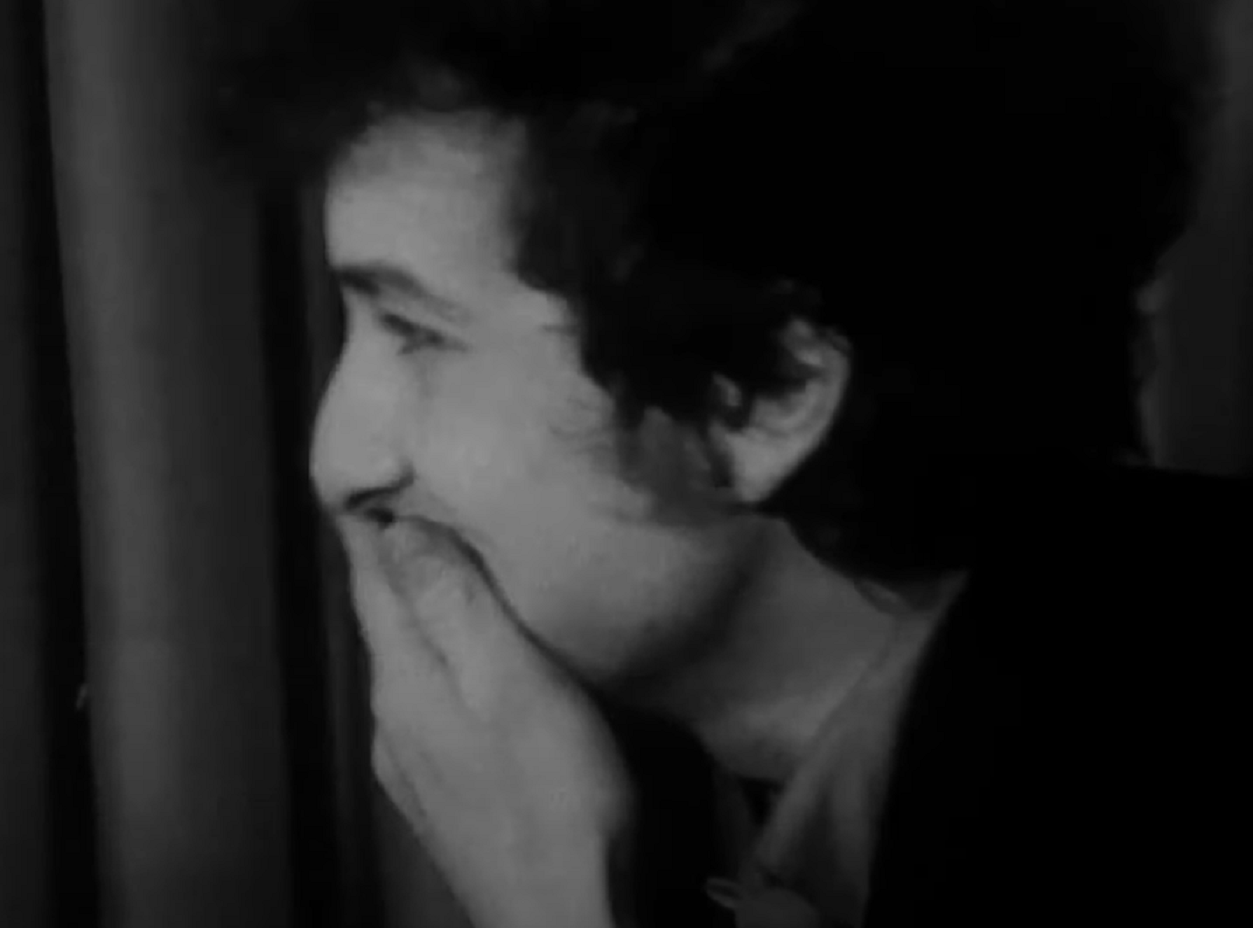 Leacock-Pennebaker, Bob Dylan: Dont Look Back (1967)
Leacock-Pennebaker, Bob Dylan: Dont Look Back (1967)
58. He Took A Step Back
The accident allowed Dylan to remove himself from the industry setting he was so frustrated with. He was already looking for ways to get out of the counterculture movement and move on with his career. Later, he said, “Truth was that I wanted to get out of the rat race". But that wasn't all he gained.
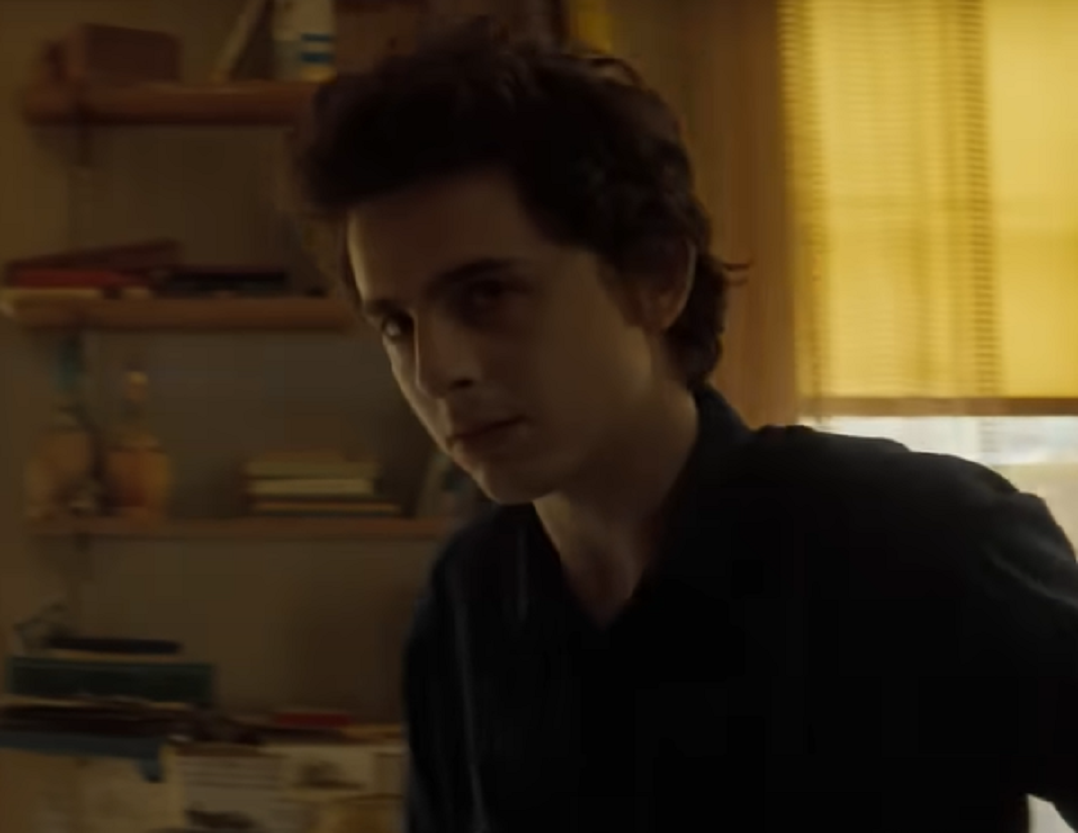 https://www.searchlightpictures.com/
https://www.searchlightpictures.com/
59. He Reassessed His Role
Dylan also took the opportunity to realize how he wanted to show up for his family. He later commented about the accident, saying, “Then, when I woke up and caught my senses, I realized I was just working for all these leeches. And I didn’t want to do that. Plus, I had a family, and I just wanted to see my kids".
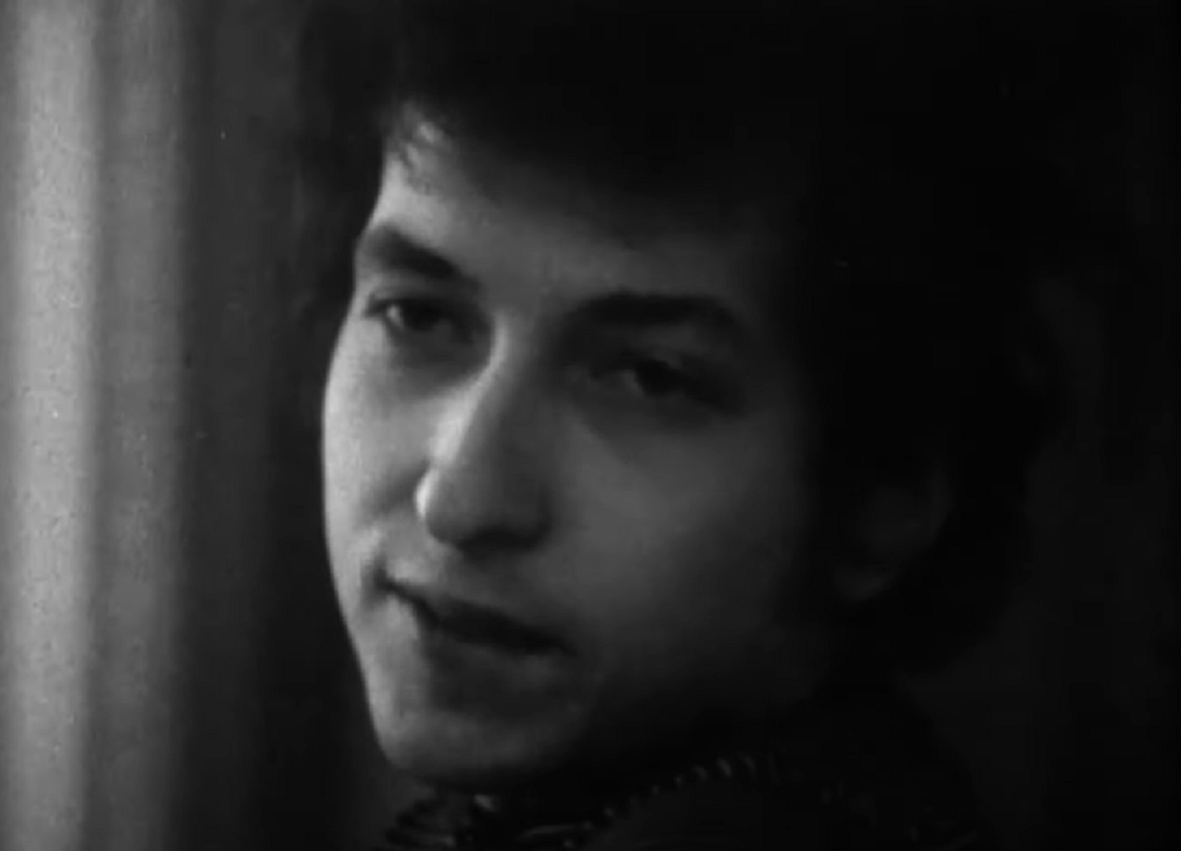 Leacock-Pennebaker, Bob Dylan: Dont Look Back (1967)
Leacock-Pennebaker, Bob Dylan: Dont Look Back (1967)
60. He Worked In Solitude
In addition to becoming a present father, Dylan returned to the music he loved. He became reclusive and dedicated to his creative work. Throughout 1967, he recorded over 100 songs—many of which became major hits for other artists, such as the Byrds and Julie Driscoll.
But with the release of his next official album in 1970, Dylan had critics reeling all over again.
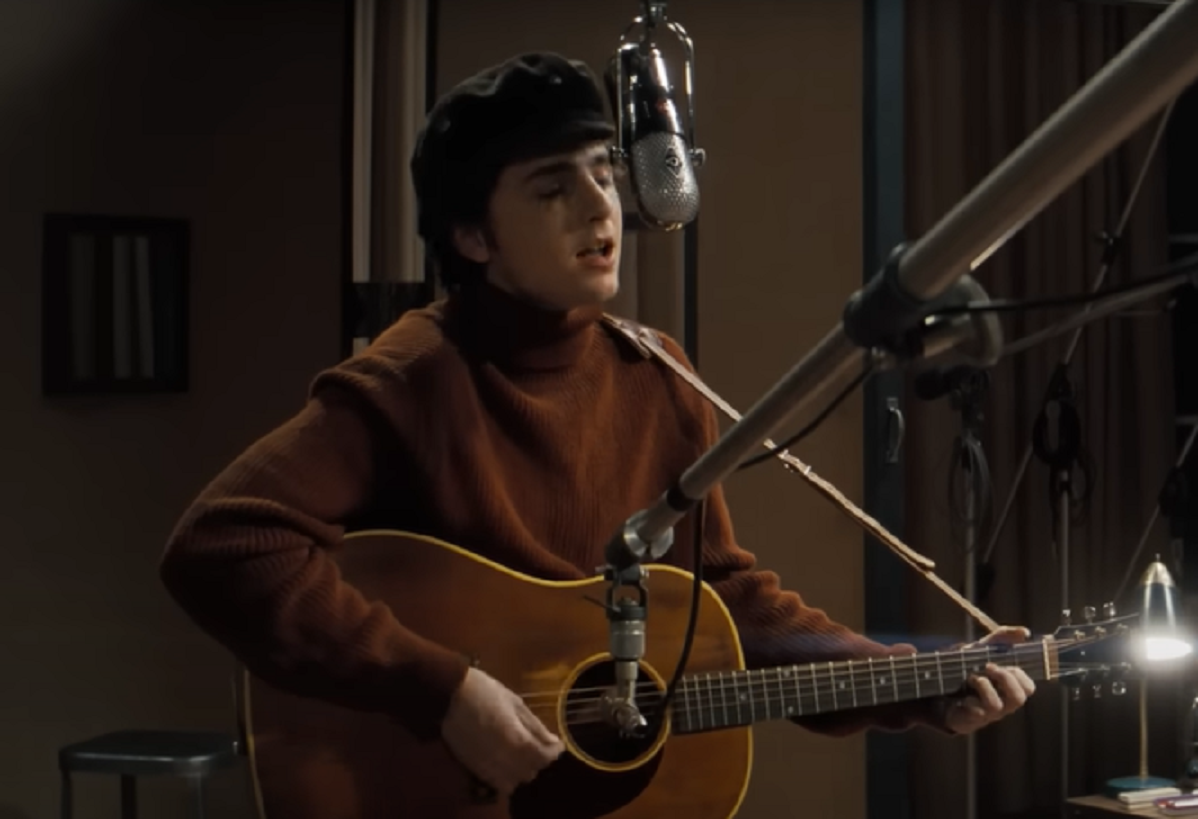 Searchlight Pictures, A Complete Unknown (2024)
Searchlight Pictures, A Complete Unknown (2024)
61. He Stunned Critics With His New Album
1970's Self Portrait really got under the skin of fans and critics—but it turns out, that was Dylan's intention all along. In subsequent interviews, he confessed that the album was meant to be a bit of a joke. He'd intentiionally lowered the caliber of music, wanting to shrug off the title society had thrust upon him—that he was the "spokesman of a generation".
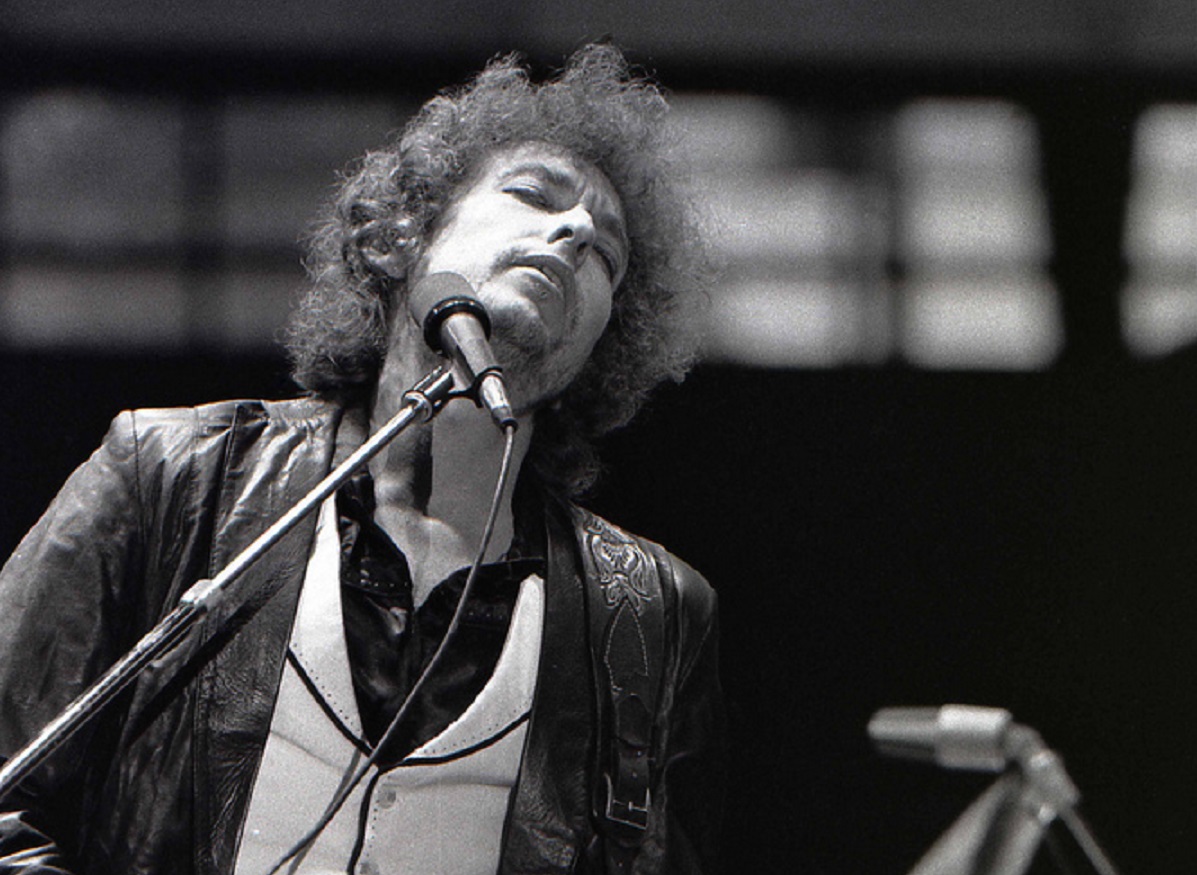 Chris Hakkens, CC BY-SA 2.0, Wikimedia Commons
Chris Hakkens, CC BY-SA 2.0, Wikimedia Commons
62. His Spiritual Life Changed
Bob was born into a Jewish household—but in the late 1970s, he made a surprising spiritual change. Dylan took a three-month discipleship course, eventually converting to Evangelical Christianity. However, his newfound religion also influenced his music.
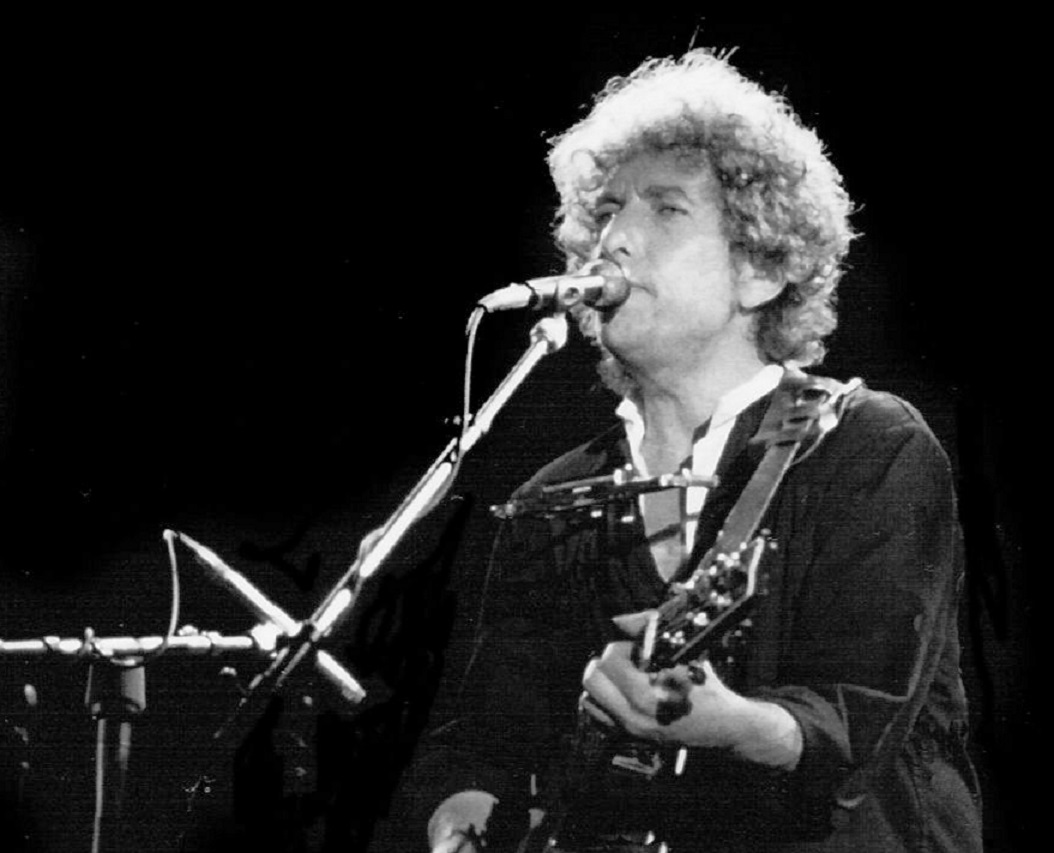 Stoned59, CC BY 2.0, Wikimedia Commons
Stoned59, CC BY 2.0, Wikimedia Commons
63. His Christianity Altered His Musical Career
Not only did Dylan put out three gospel music records, but his commitment to the new religious values went so far that he refused to perform his earlier, secular music during his tours in late 1979 and into 1980. This shift earned him the ire of many fans and fellow musicians. But his dedication only lasted so long.
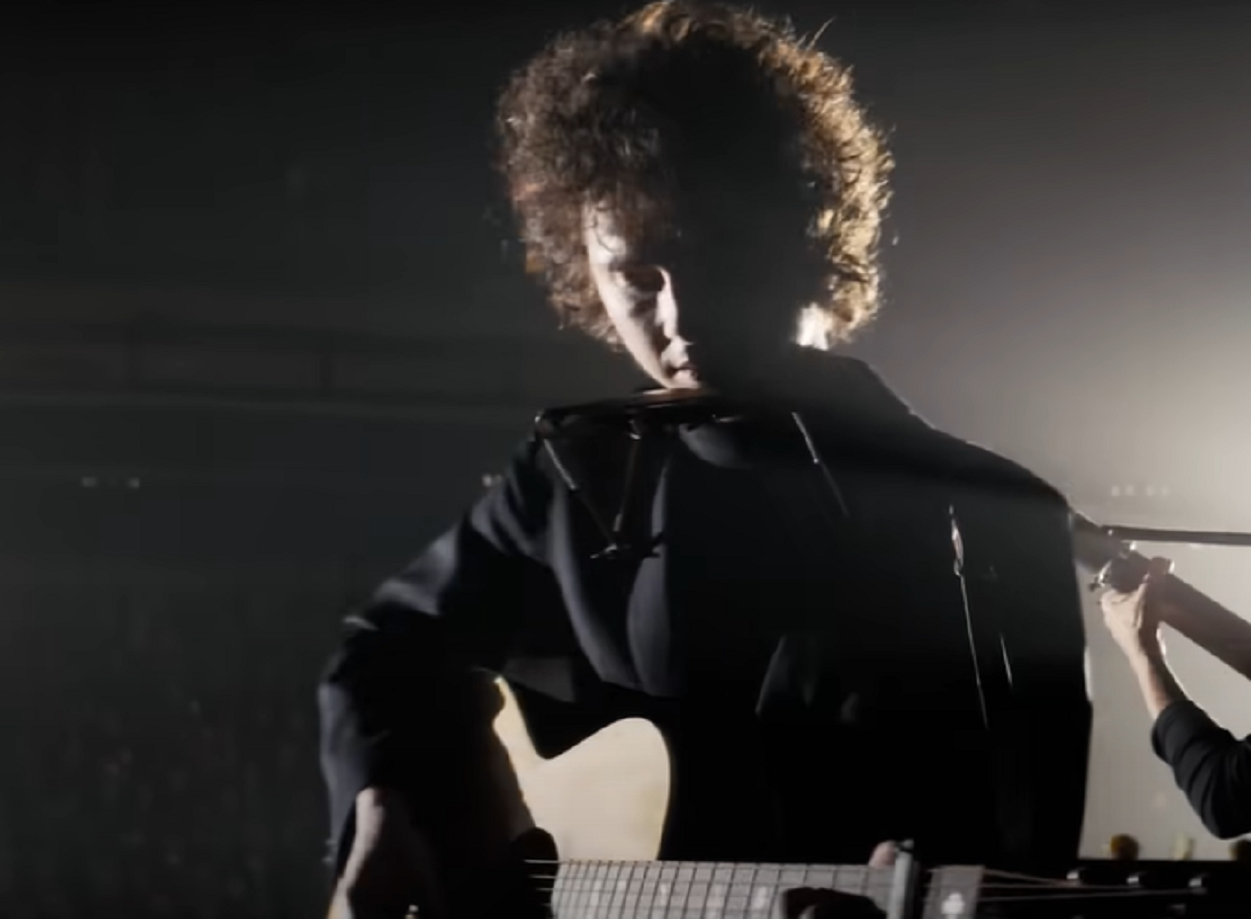 Searchlight Pictures, A Complete Unknown (2024)
Searchlight Pictures, A Complete Unknown (2024)
64. His Age Brought Wisdom
In the mid-80s, he wanted to step away from the “born again” label, asserting it was the media who painted him as such. He never claimed to be anything but a convert. When asked about his religious beliefs, his answer was surprising.
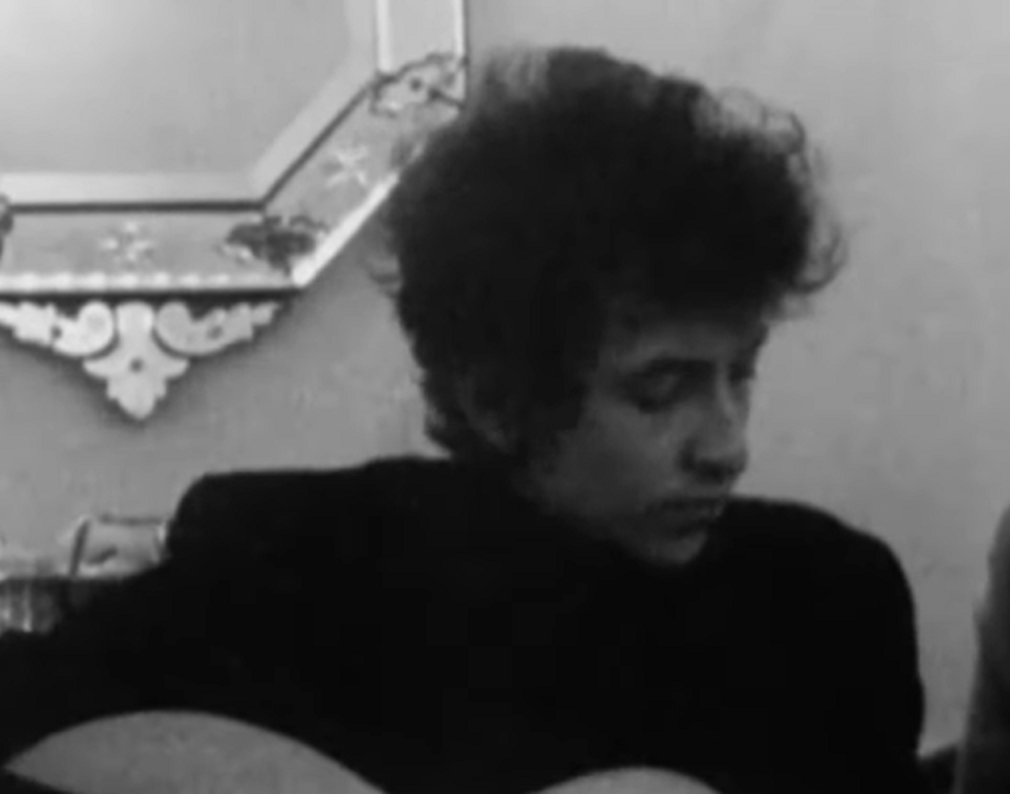 Leacock-Pennebaker, Bob Dylan: Dont Look Back (1967)
Leacock-Pennebaker, Bob Dylan: Dont Look Back (1967)
65. He Commented On Wider Religion
He stated that he believed in a larger power, but that it wasn’t attributed to “rabbis, preachers, evangelists, all of that”. Instead, he said it was from music. “I’ve learned more from the songs than I’ve learned from any of this kind of entity”.
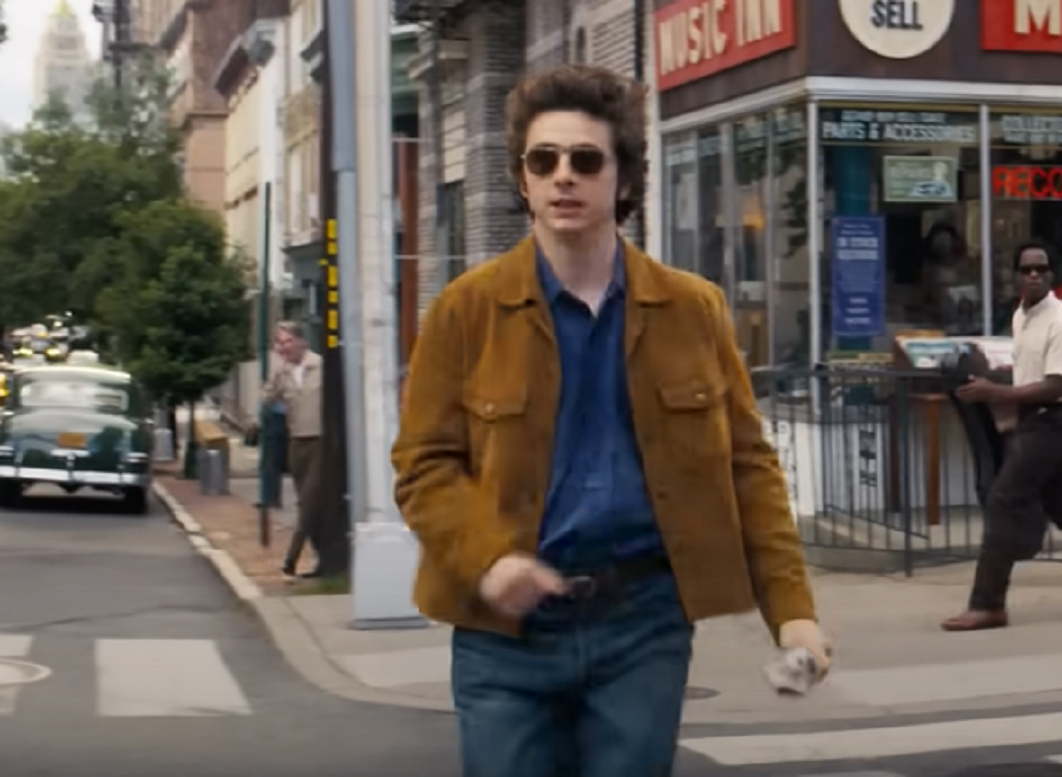 Searchlight Pictures, A Complete Unknown (2024)
Searchlight Pictures, A Complete Unknown (2024)
66. He Has Five Children
Dylan ended up growing a rather large family. He had five children with Sara, including an adopted daughter from her previous marriage. But during the 1970s, their relationship began to turn sour.
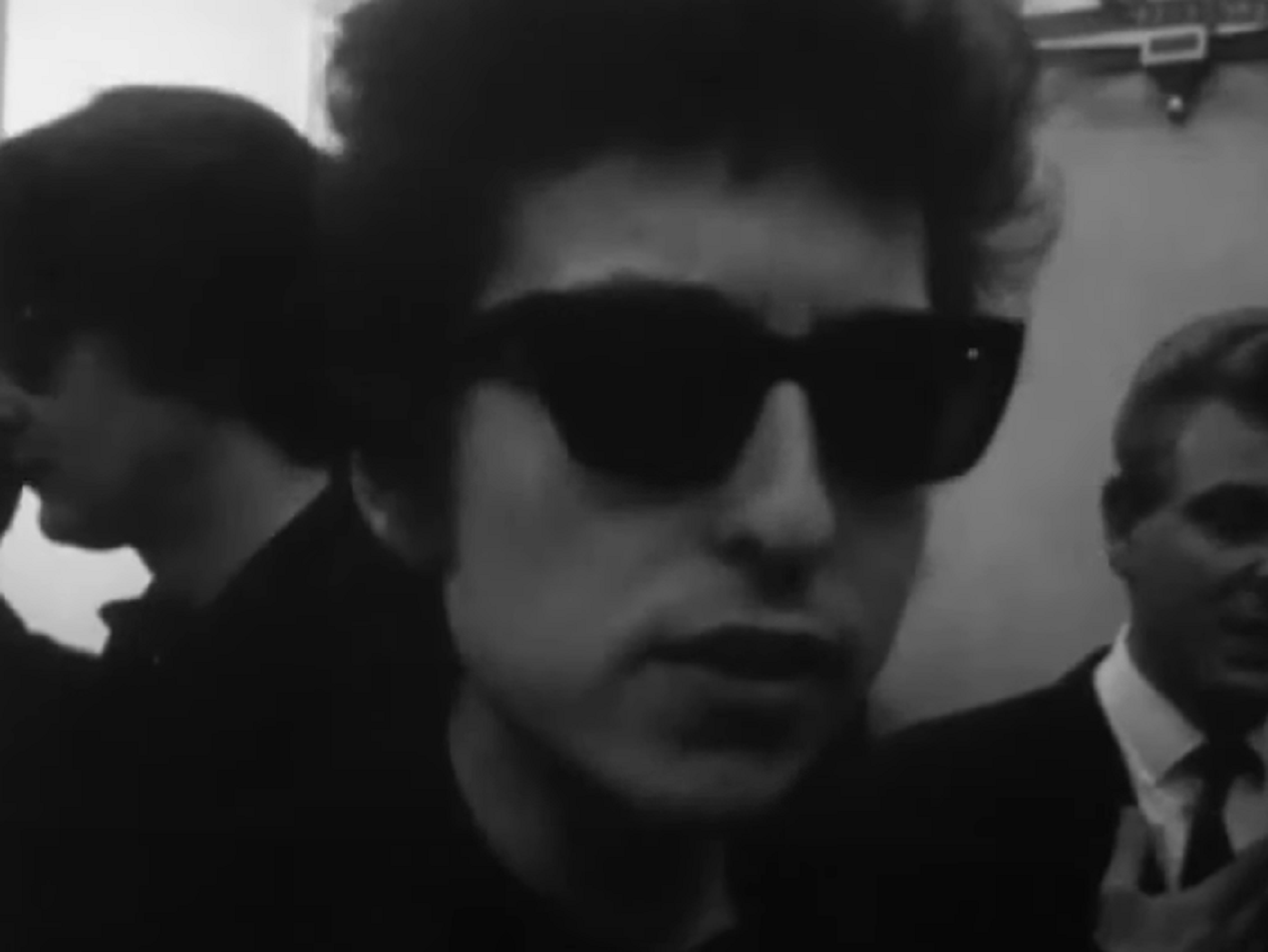 Leacock-Pennebaker, Bob Dylan: Dont Look Back (1967)
Leacock-Pennebaker, Bob Dylan: Dont Look Back (1967)
67. He Took Art Classes
The trouble began following the family's move to Malibu, California in 1973. Here, they started building their massive home. However, when Dylan began attending art classes in New York, he found that they created an odd disconnect between him and his wife.
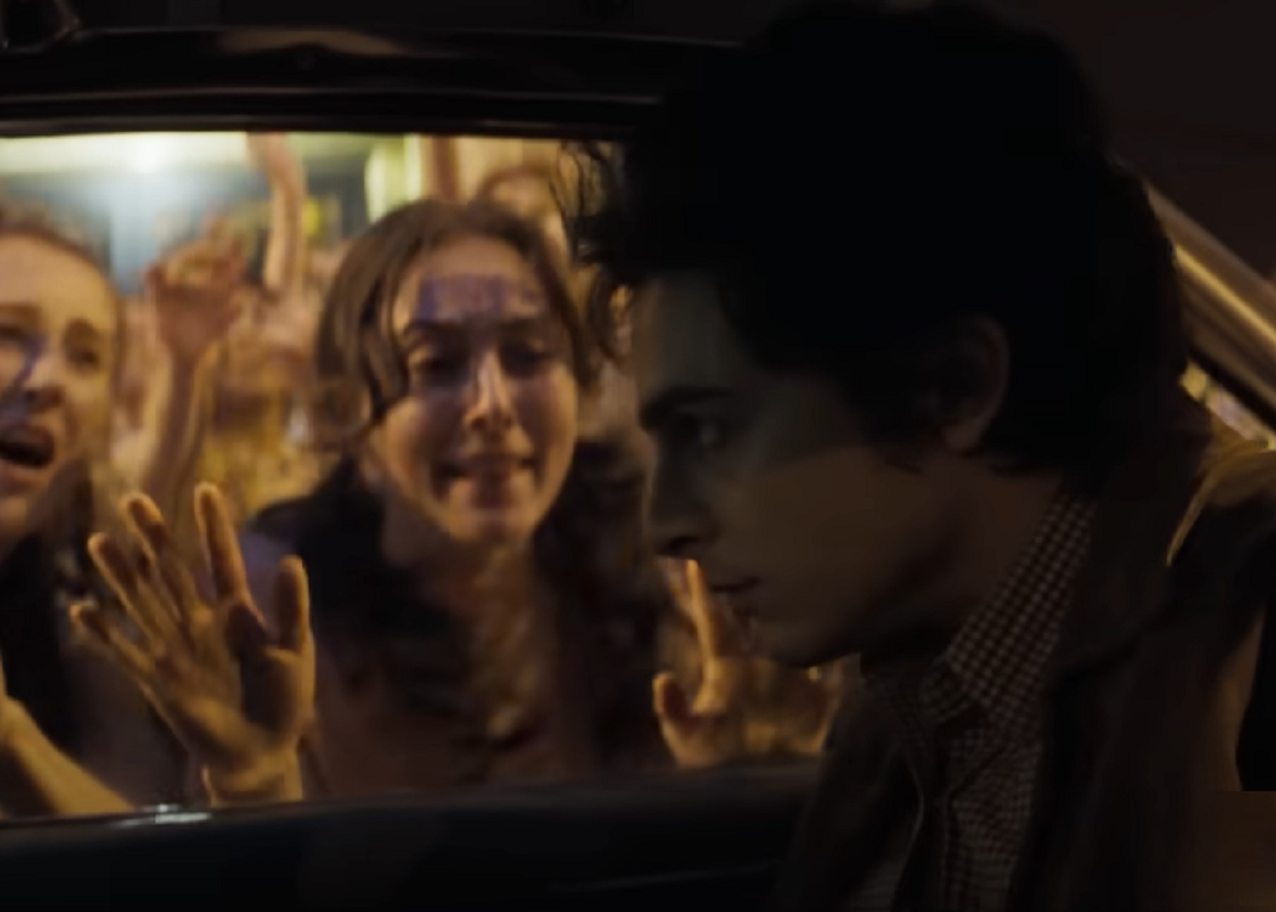 Searchlight Pictures, A Complete Unknown (2024)
Searchlight Pictures, A Complete Unknown (2024)
68. He Felt Misunderstood
Speaking about these revelatory art classes in a later interview, Dylan said, "I went home after that first day and my wife never did understand me ever since that day. That's when our marriage started breaking up. She never knew what I was talking about, what I was thinking about, and I couldn't possibly explain it".
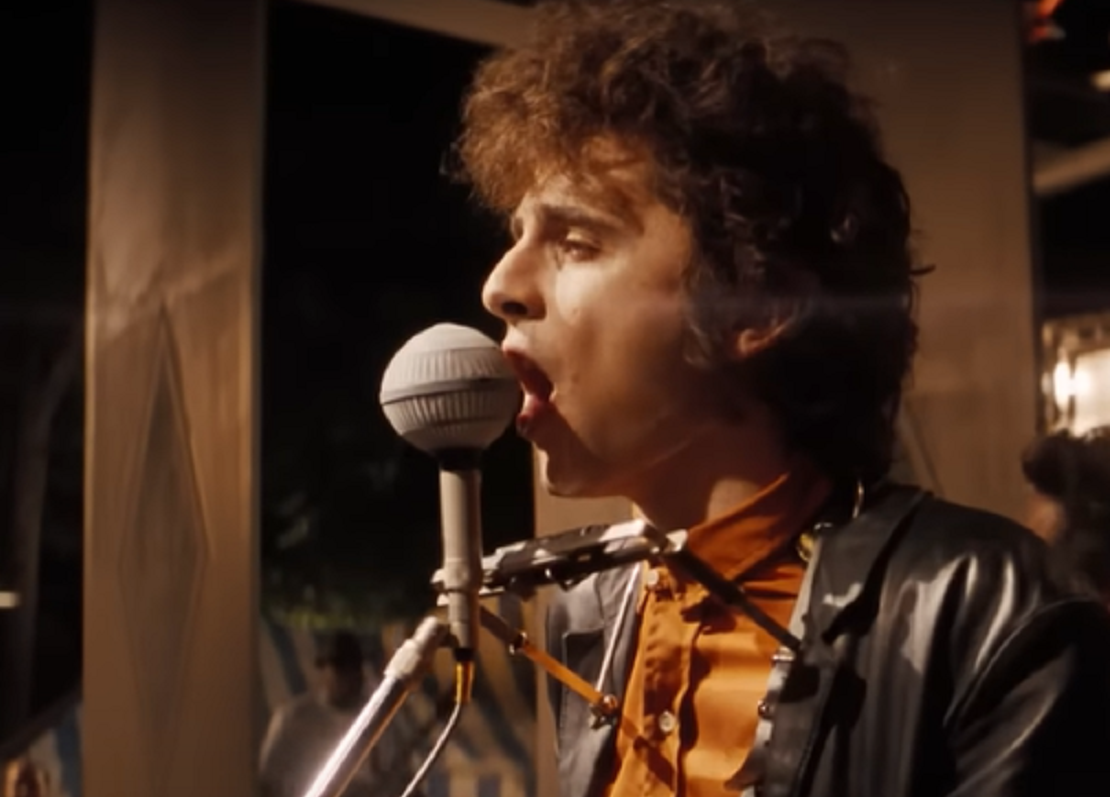 Searchlight Pictures, A Complete Unknown (2024)
Searchlight Pictures, A Complete Unknown (2024)
69. He Divorced Her
Sadly, Dylan and Sara divorced in 1977, with her walking away with an estimated settlement of around $36 million. However, this agreement came with one very important condition: Sara would have to keep her lips sealed about her relationship with Dylan, and never speak out about it. So far, she's remained silent about their time together.
Somehow, Dylan's most scandalous relationship was yet to come.
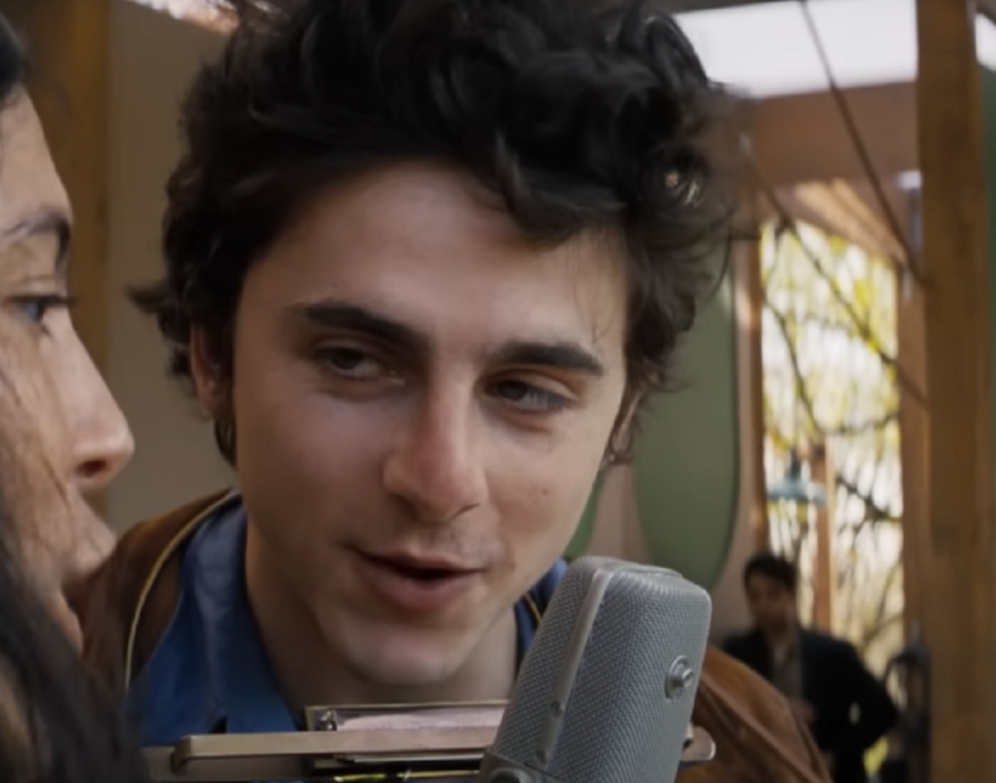 Searchlight Pictures, A Complete Unknown (2024)
Searchlight Pictures, A Complete Unknown (2024)
70. His Greatest Secret Came Out
In 2001, an unauthorized biography of Bob Dylan came out—and shocked his fans to their cores. Written by Howard Sounes, Down the Highway: The Life of Bob Dylan brought one of the musican's greatest secrets into the light.
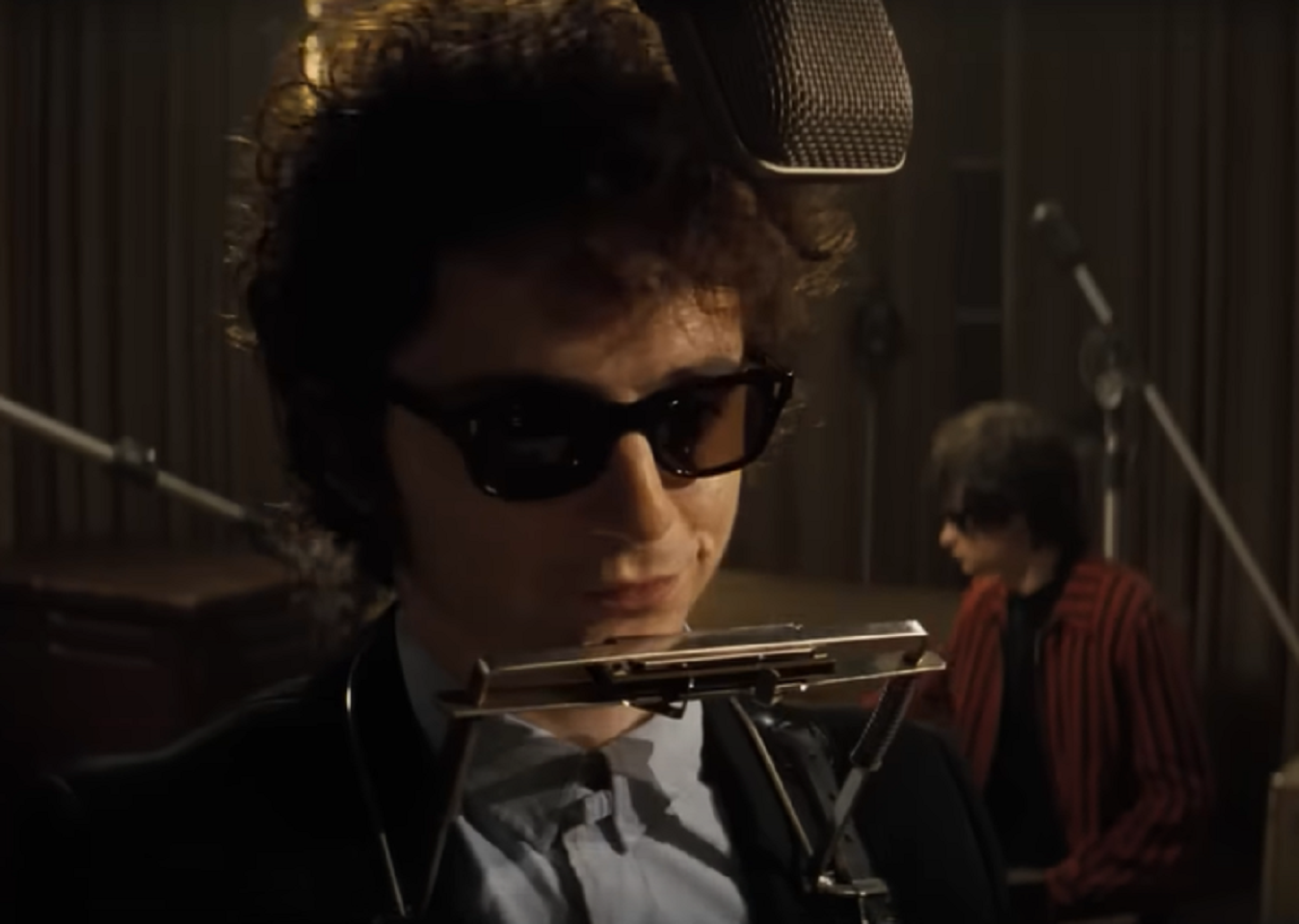 Searchlight Pictures, A Complete Unknown (2024)
Searchlight Pictures, A Complete Unknown (2024)
71. He Married His Backup Singer
Turns out, Dylan had a secret marriage to his backup singer Carolyn Dennis, lasting from 1986 to 1992—but that wasn't even the craziest part. He also had a secret daughter named Desiree.
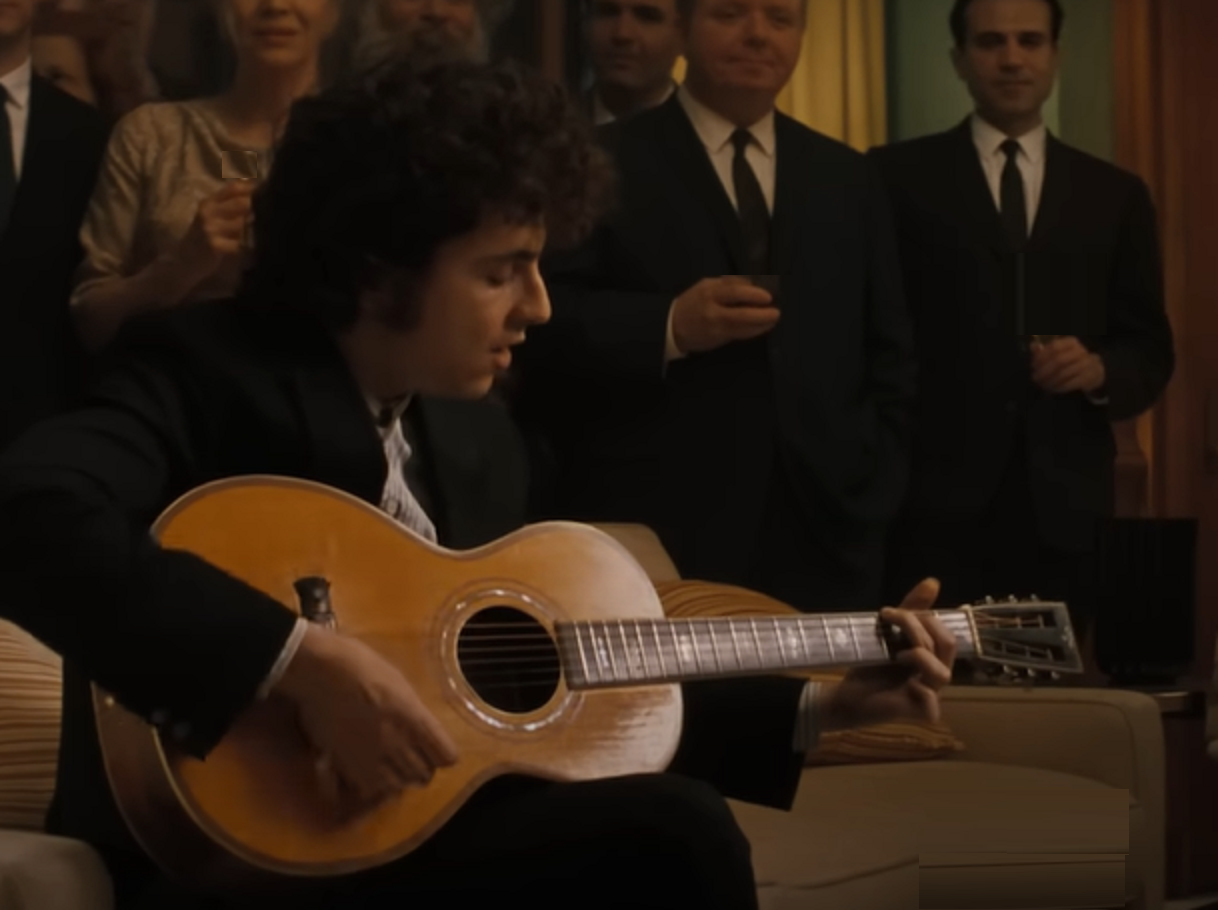 Searchlight Pictures, A Complete Unknown (2024)
Searchlight Pictures, A Complete Unknown (2024)
72. His Name Wasn't On Her Birth Certificate
To keep their child out of the spotlight, only Carolyn’s name appeared on Desiree’s birth certificate. But she was able to add Dylan’s last name when she was old enough to choose that publicity for herself. Desiree added it alongside her mother’s last name when she was a teen.
However, Dylan's decision to keep his wife and child a secret drew some harsh criticisms.
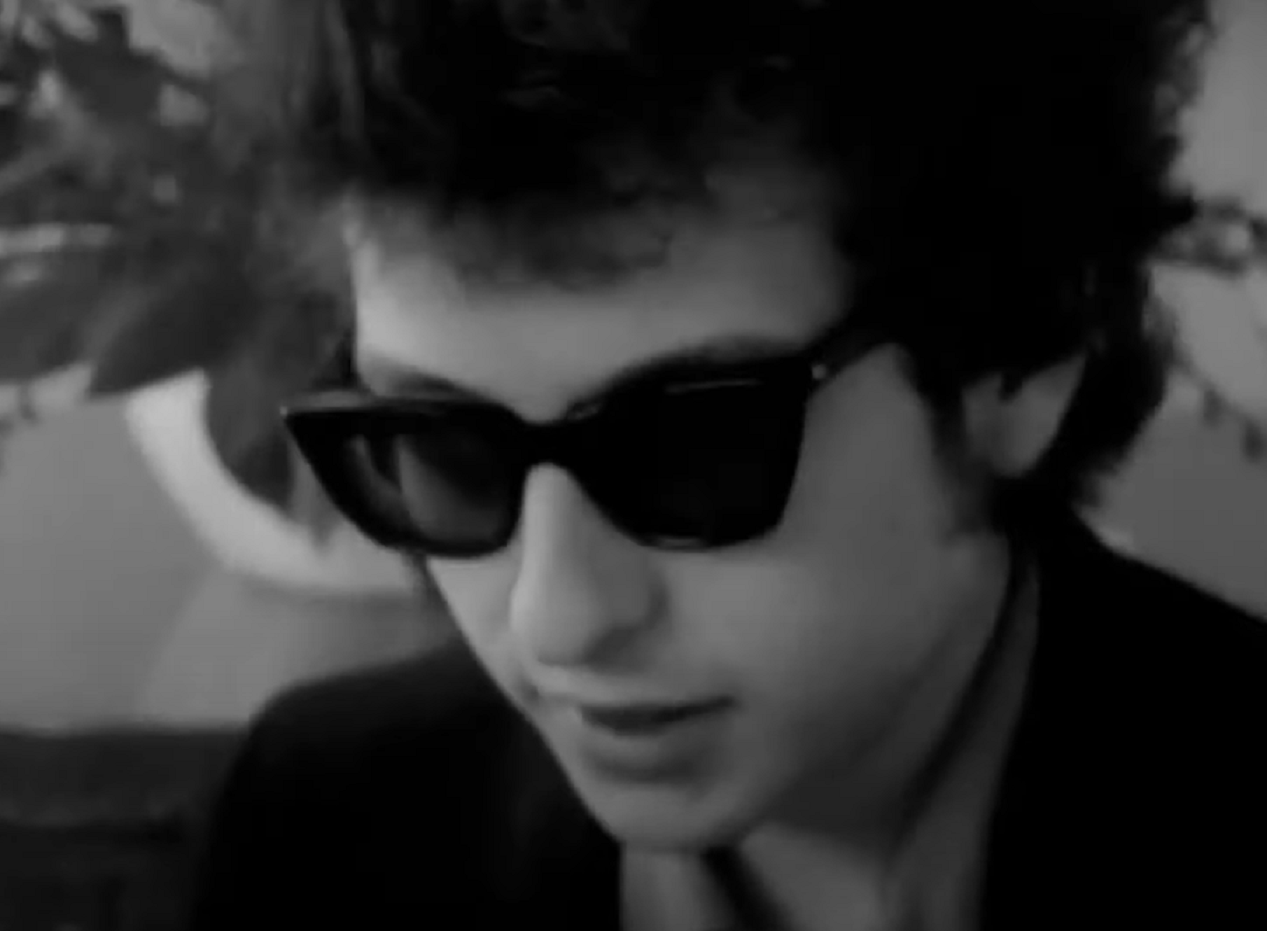 Leacock-Pennebaker, Bob Dylan: Dont Look Back (1967)
Leacock-Pennebaker, Bob Dylan: Dont Look Back (1967)
73. He Was Accosted By Criticism Once Again
Howard Sounes, who penned the aforementioned Dylan biography, alleged that the musician rejected his daughter and didn't want to acknowledge her. In this case, it was Carolyn who came to Dylan's defense.
She even said, "To portray Bob as 'hiding his daughter' is just malicious and ridiculous. That is something he would never do. Bob has been a wonderful, active father to Desiree".
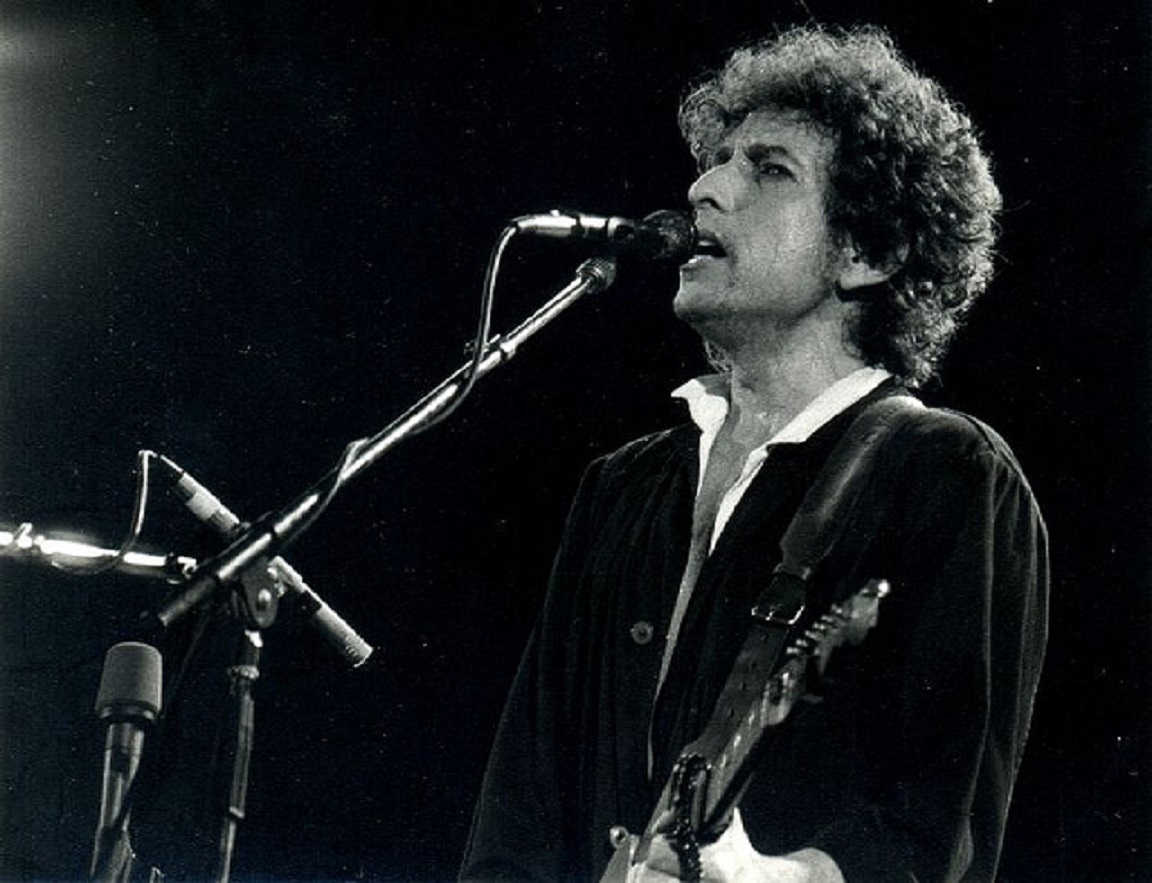 Xavier Badosa, CC BY-SA 3.0, Wikimedia Commons
Xavier Badosa, CC BY-SA 3.0, Wikimedia Commons
74. He Continues To Create
Dylan’s career has never truly ended, as exemplified by the Never Ending Tour. He released his 39th album, Rough And Rowdy Ways in June 2020, and has shown no signs of slowing down.
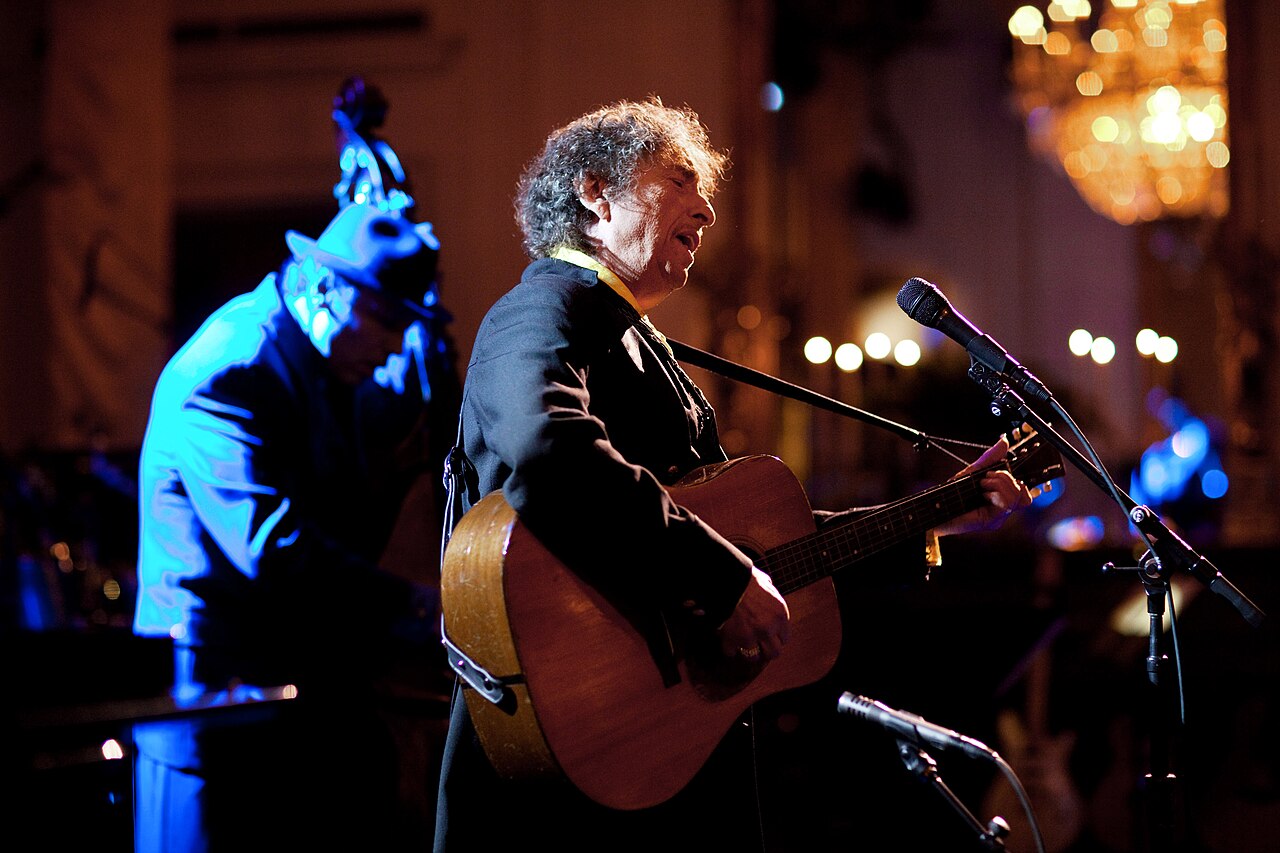 The White House from Washington, DC, Wikimedia Commons
The White House from Washington, DC, Wikimedia Commons
75. He Was Deeply Honored
Very few musicians have achieved such a high level of celebration as Bob Dylan. In 2016, he was awarded the Nobel Prize in Literature for his industry-altering impact on music and writing.
According to the New York Times, "Mr Dylan, 75, is the first musician to win the award, and his selection on Thursday is perhaps the most radical choice in a history stretching back to 1901".
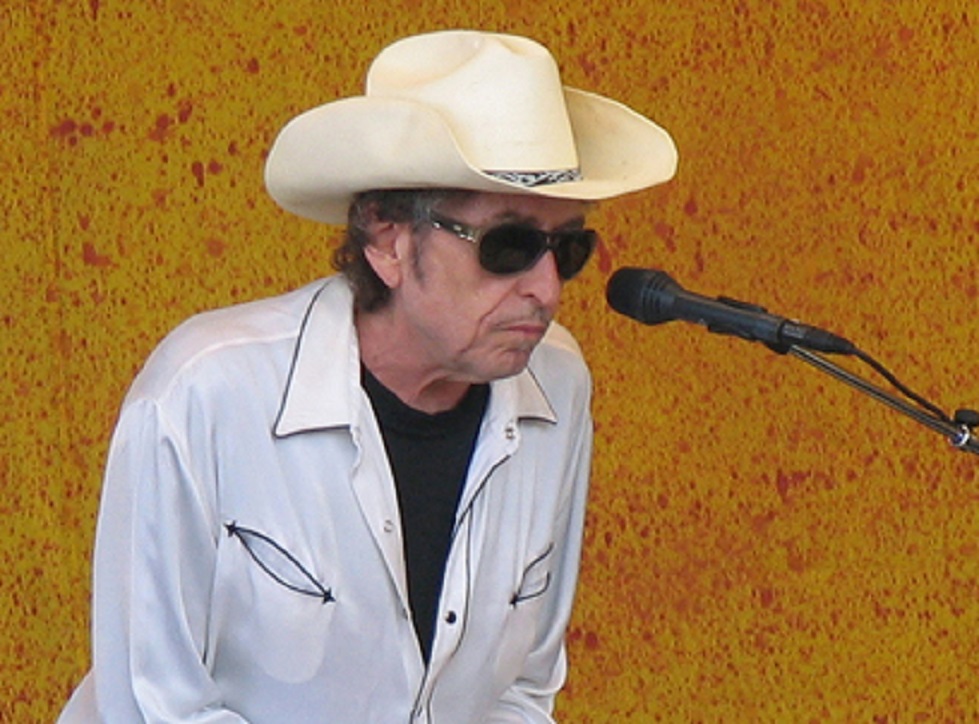 Paparazzo Presents, CC BY-SA 3.0, Wikimedia Commons
Paparazzo Presents, CC BY-SA 3.0, Wikimedia Commons

